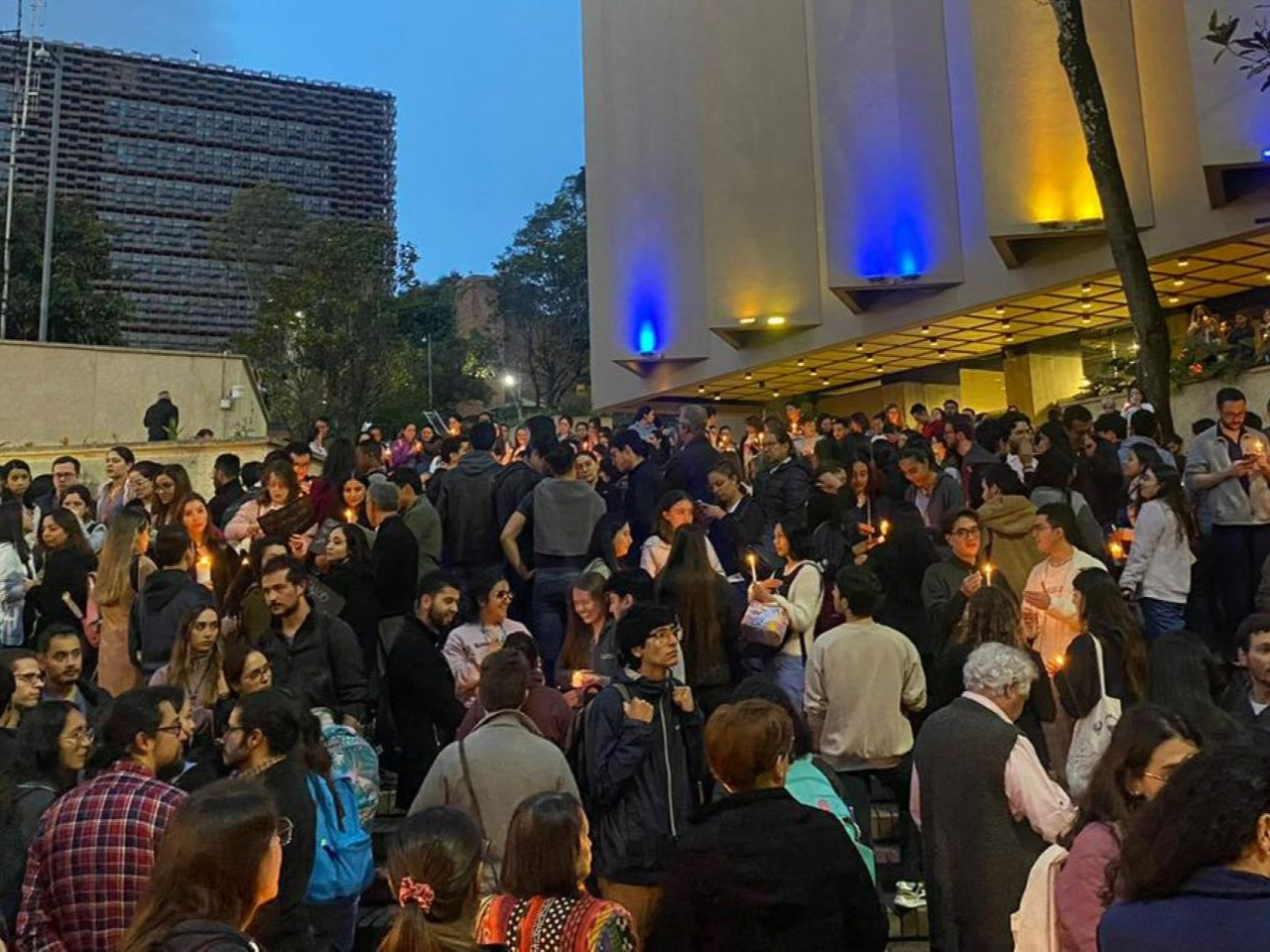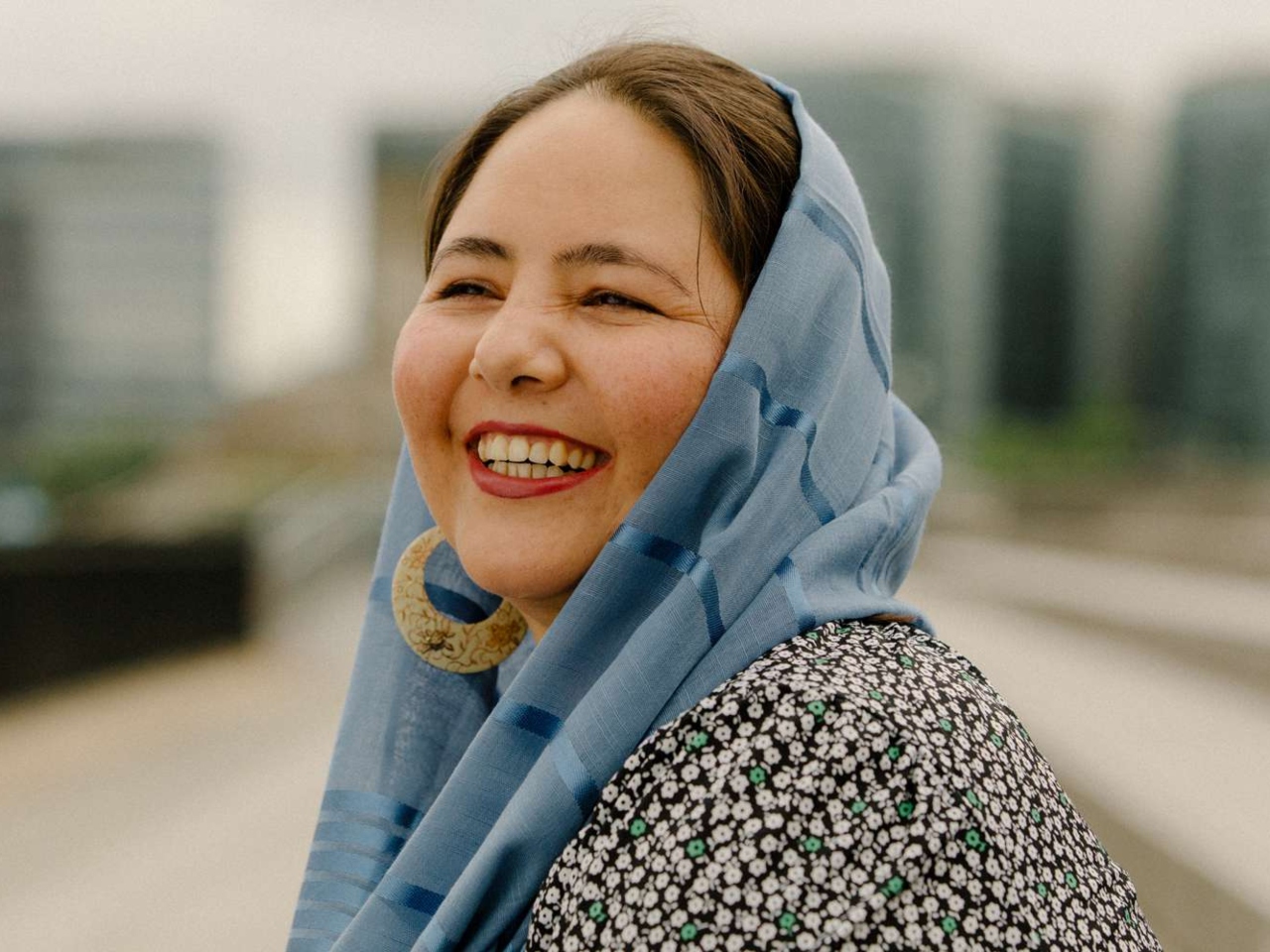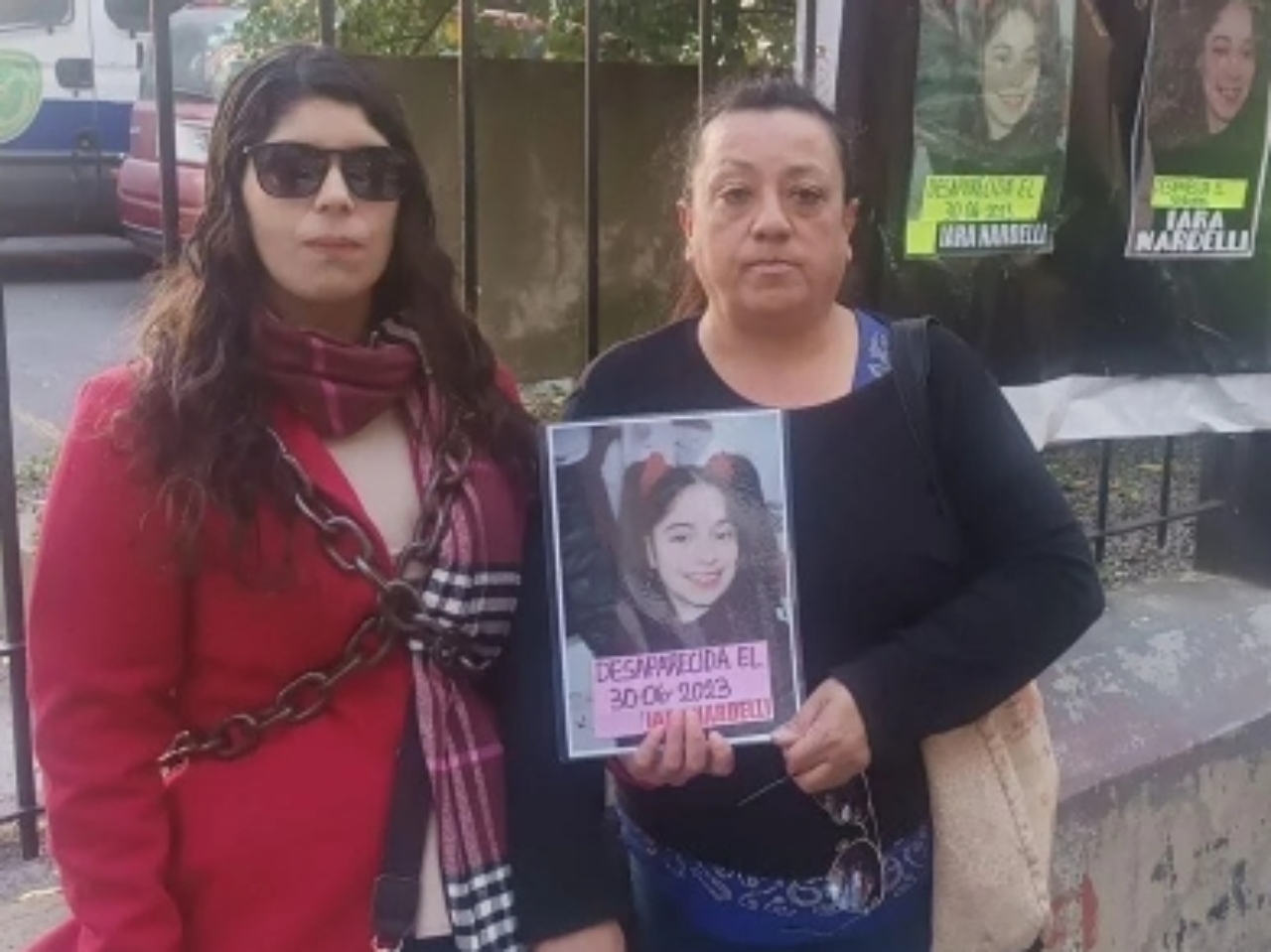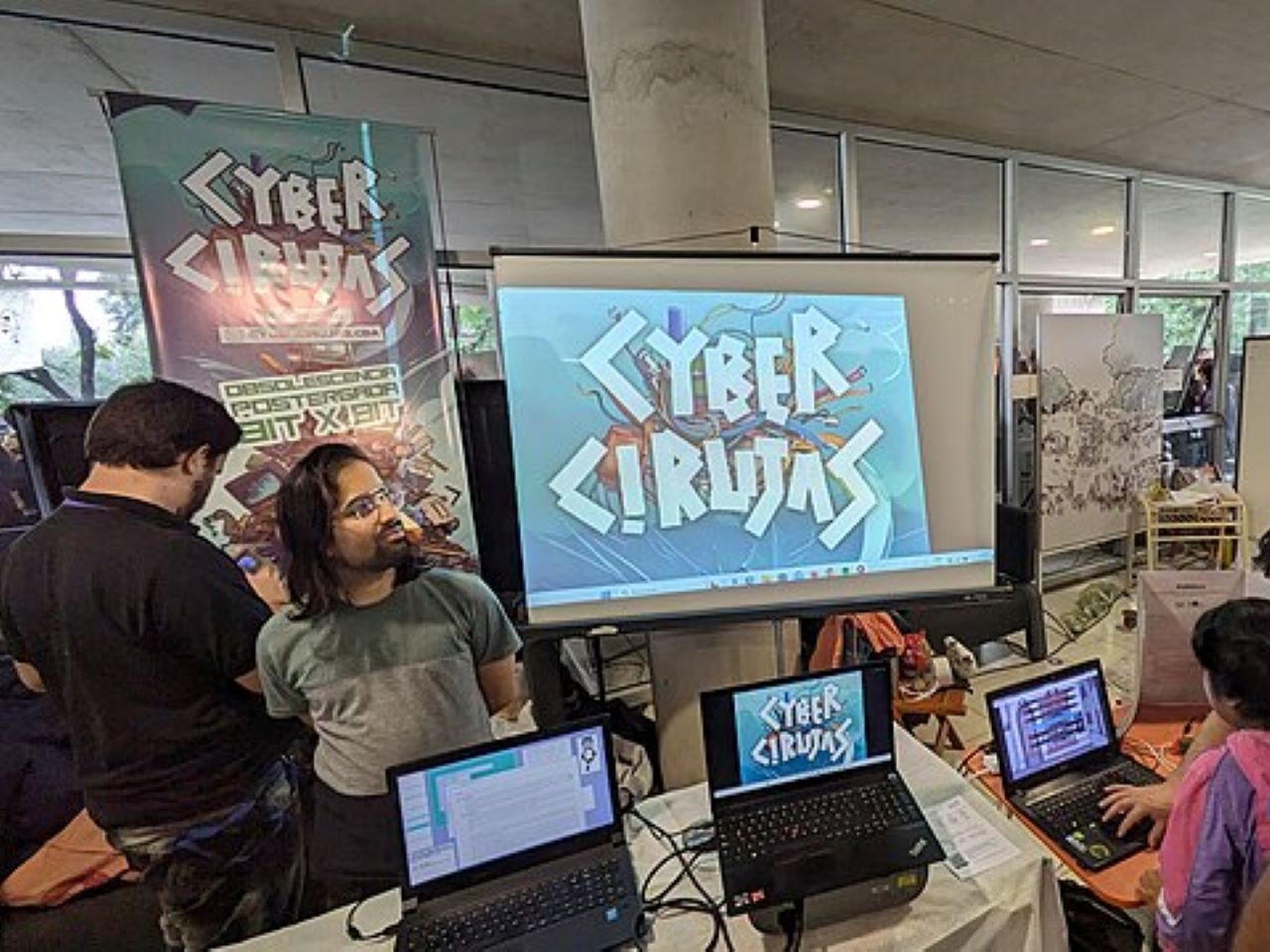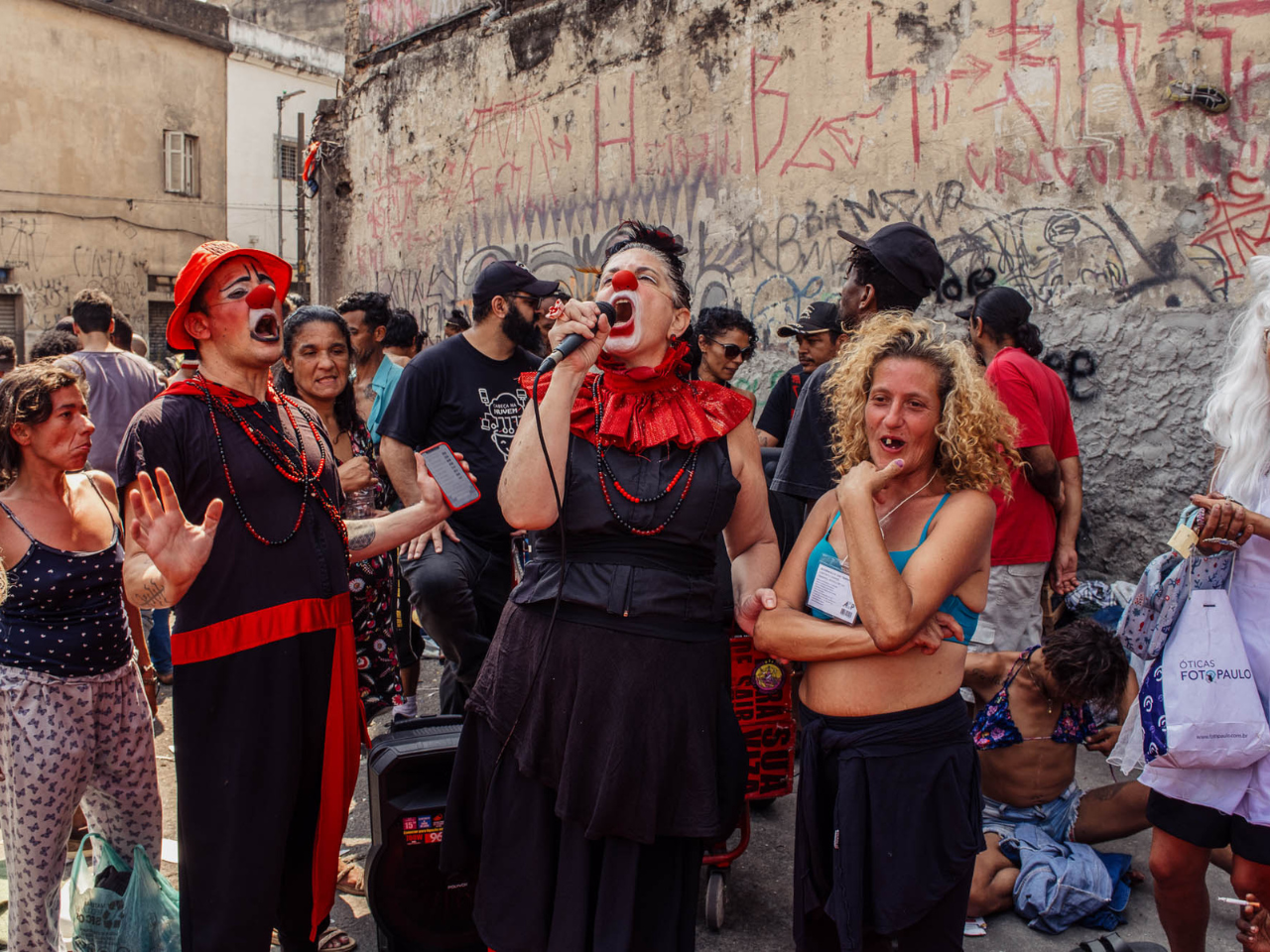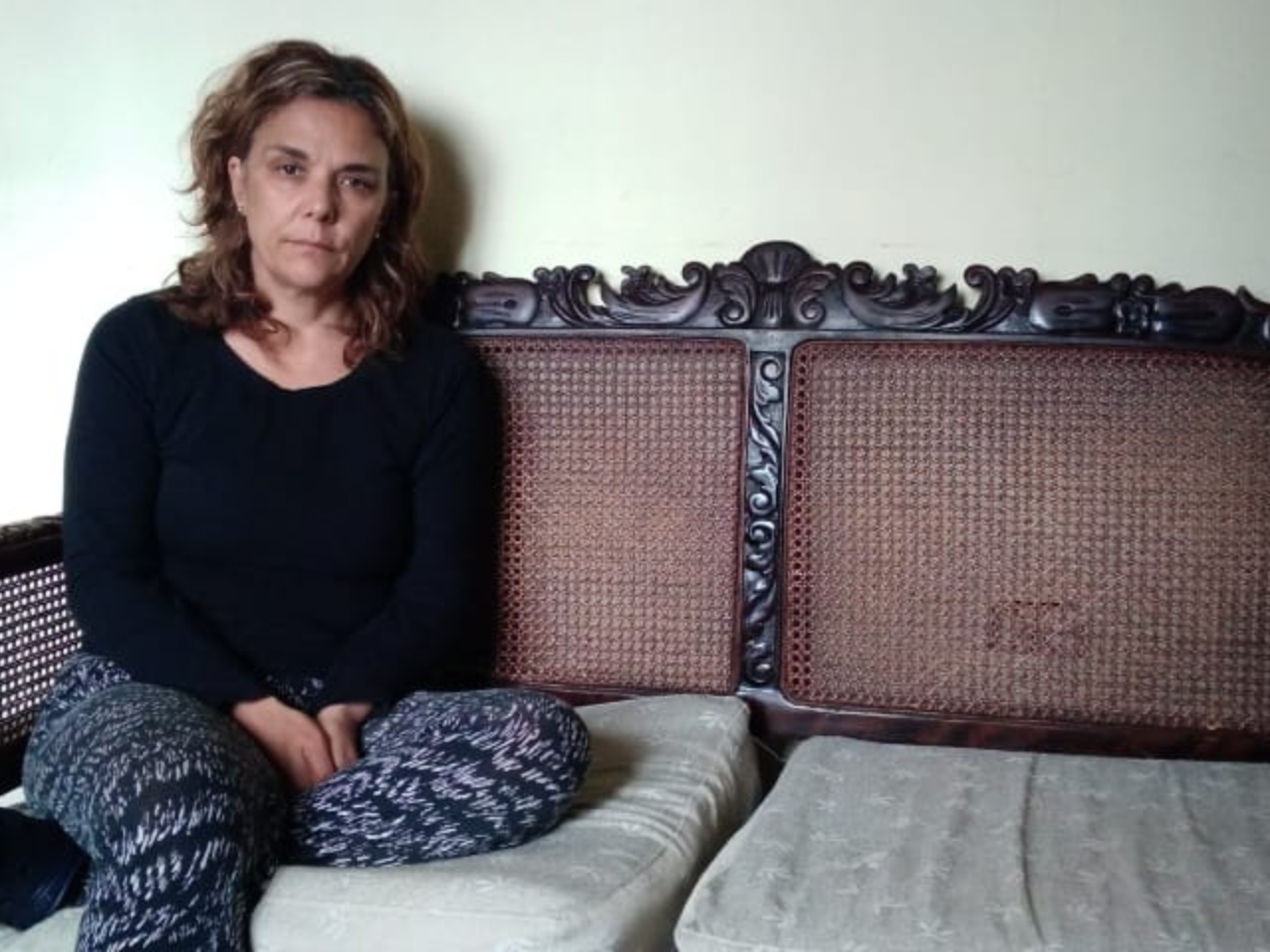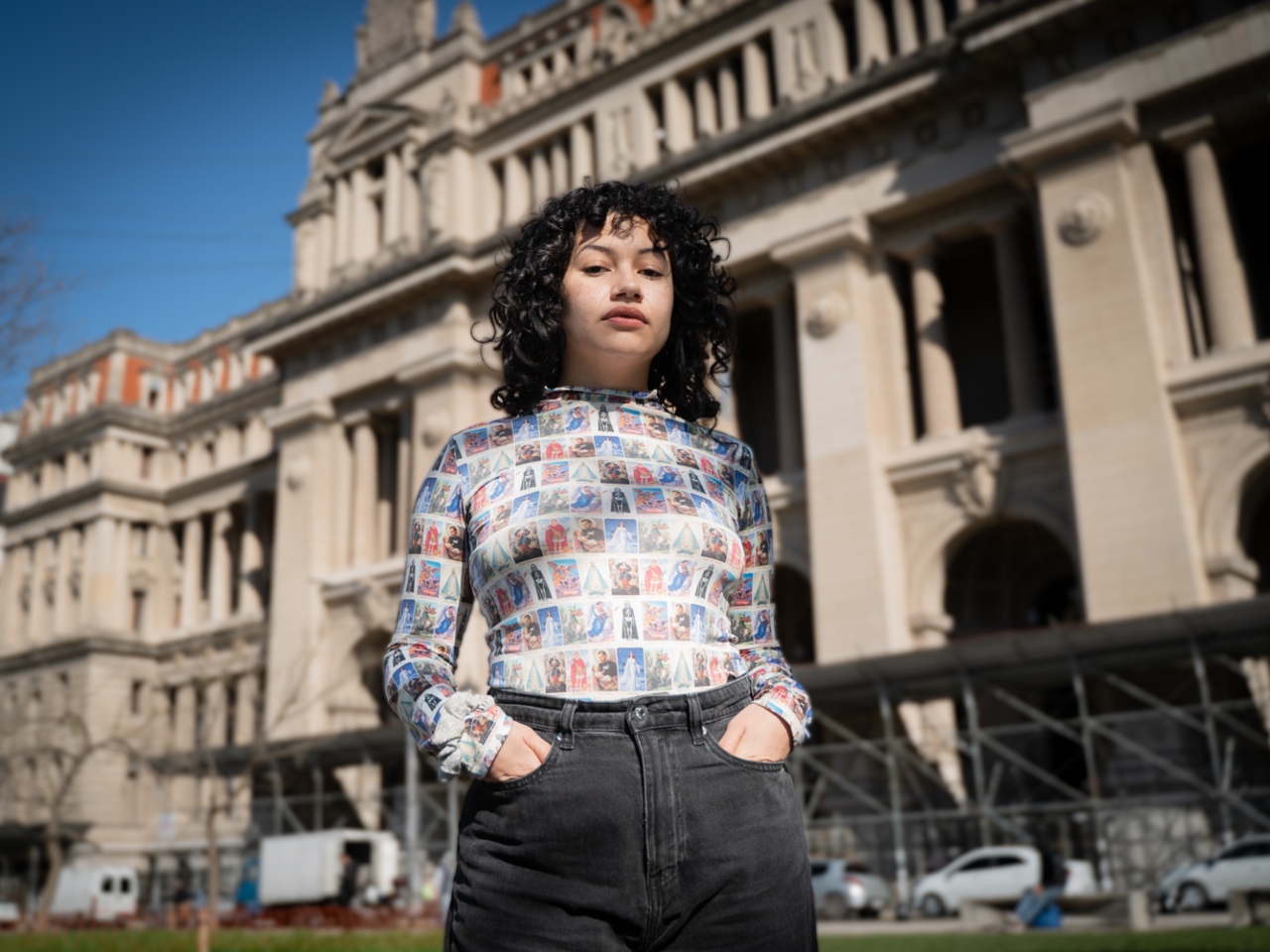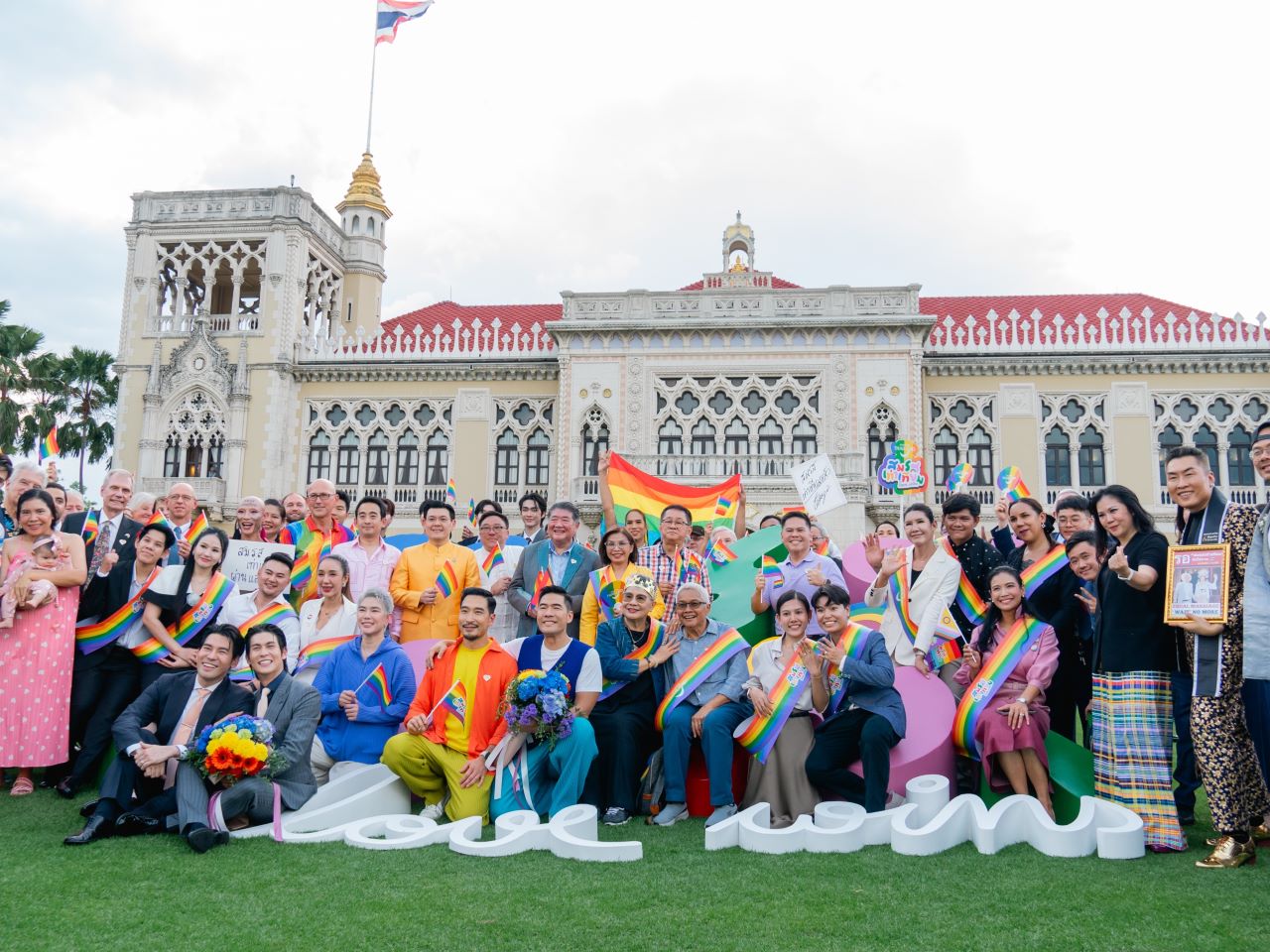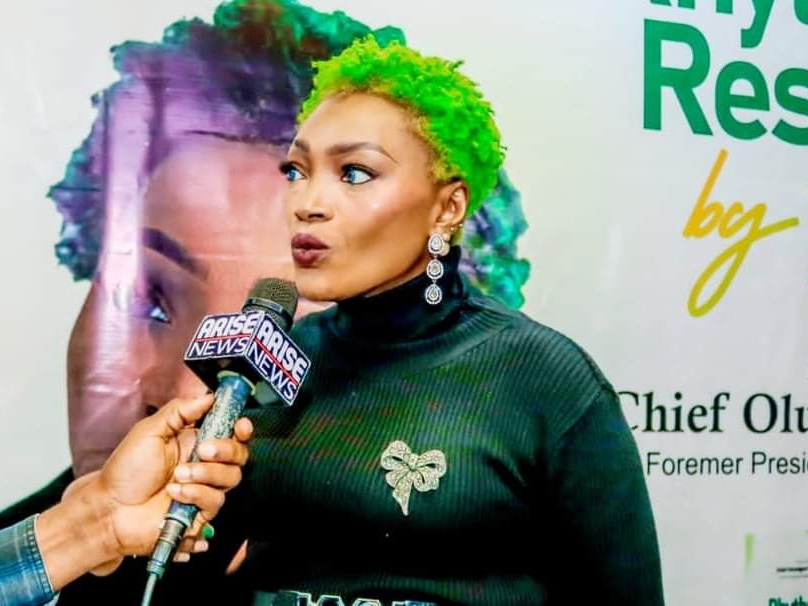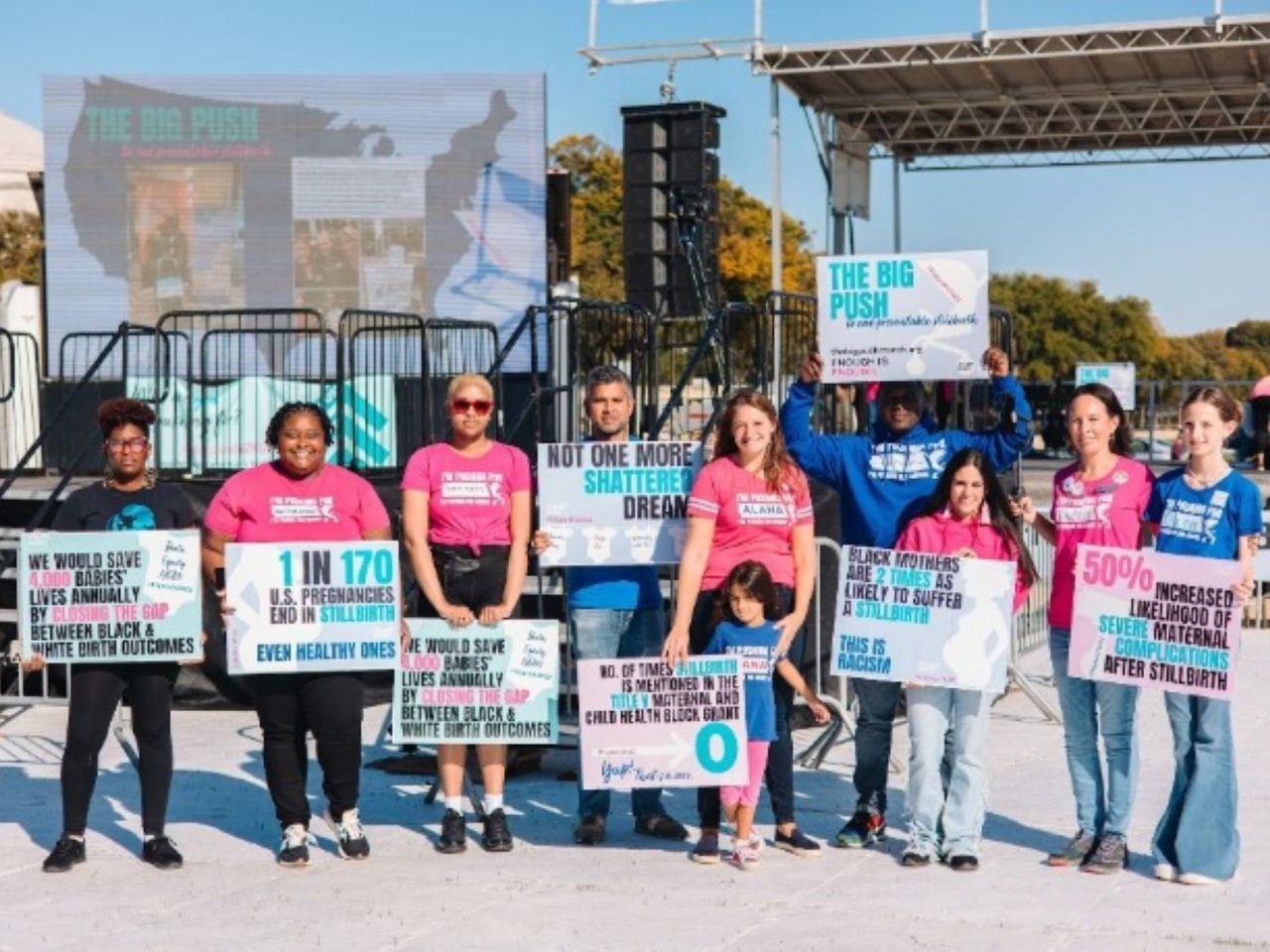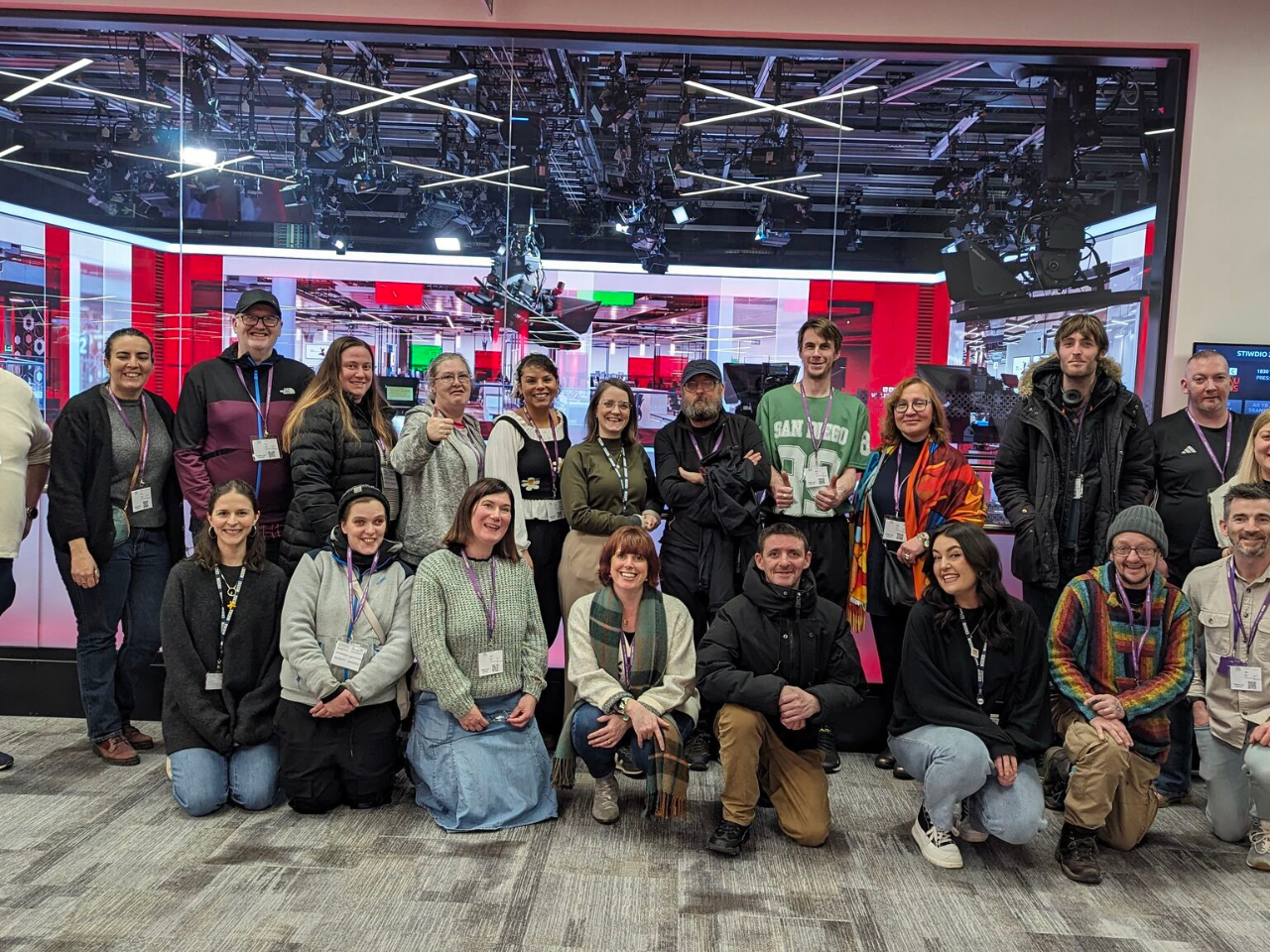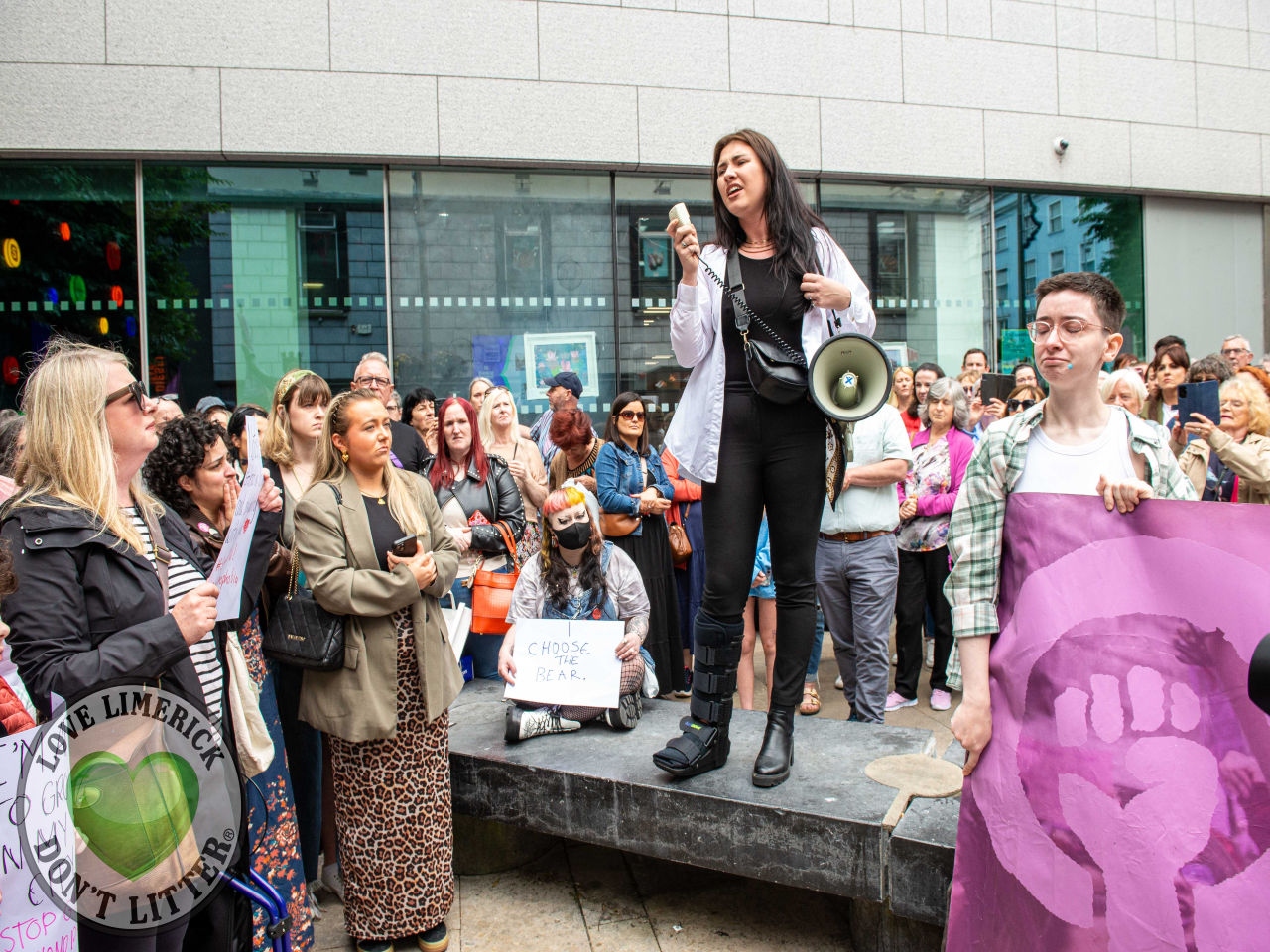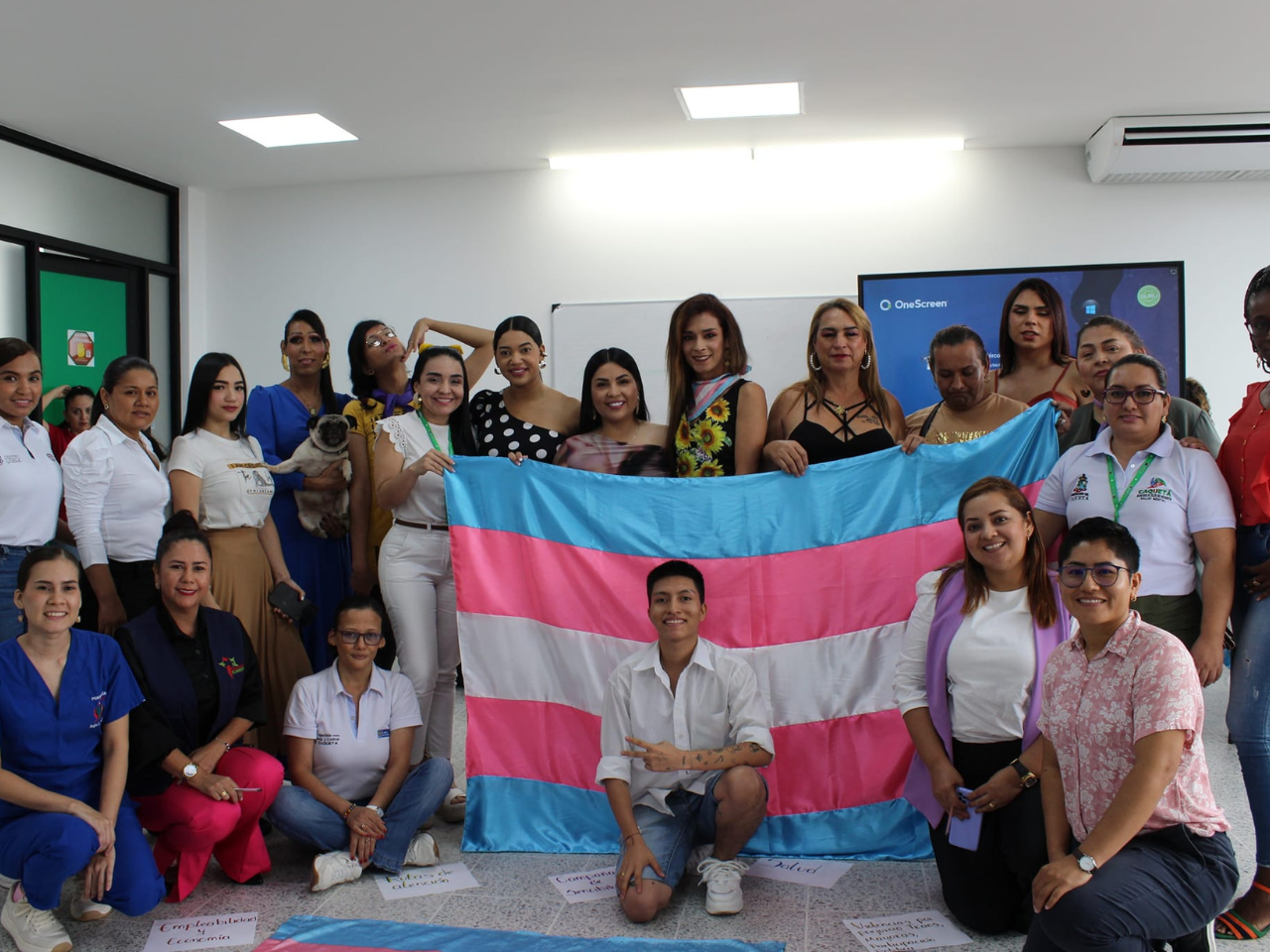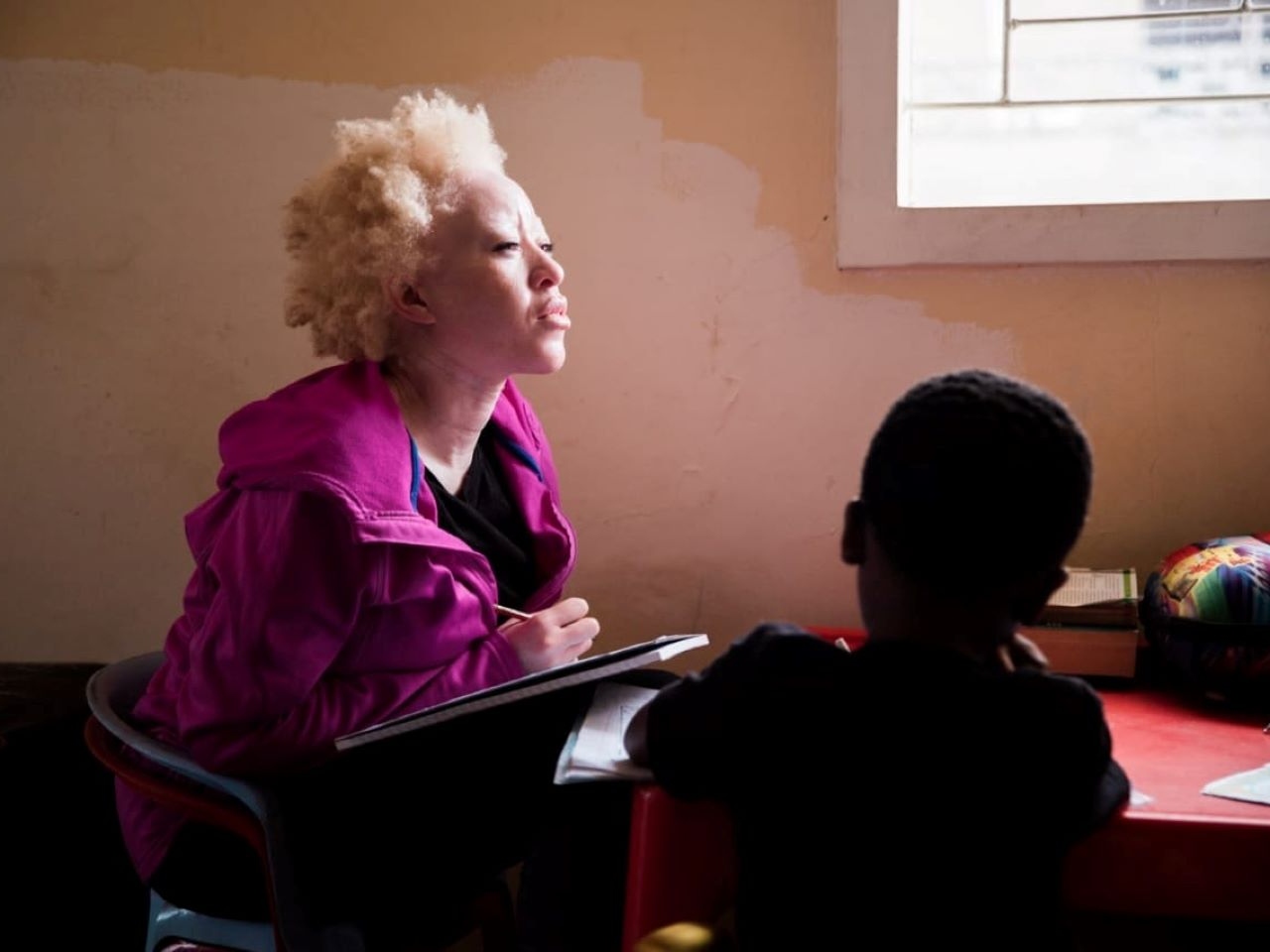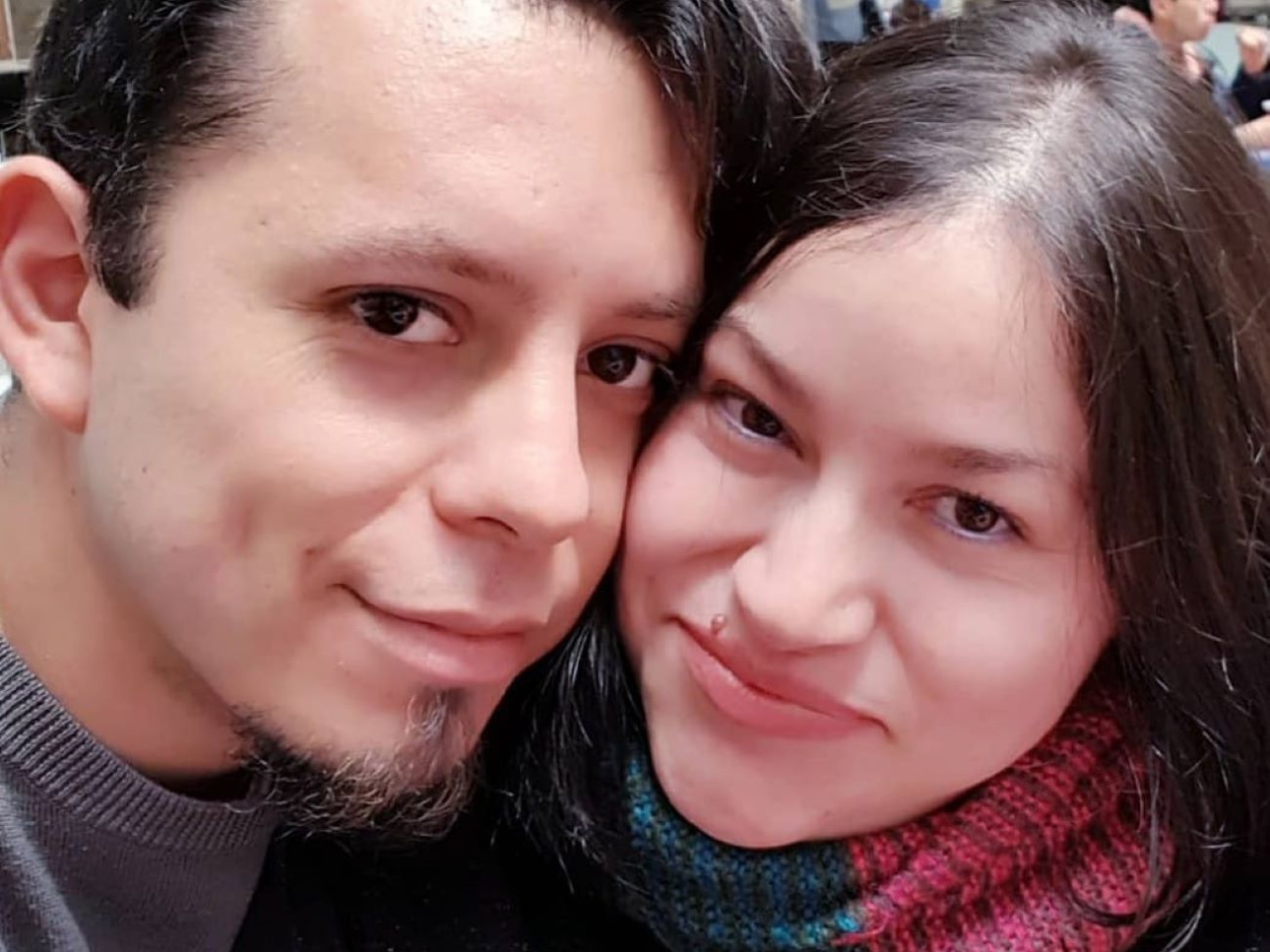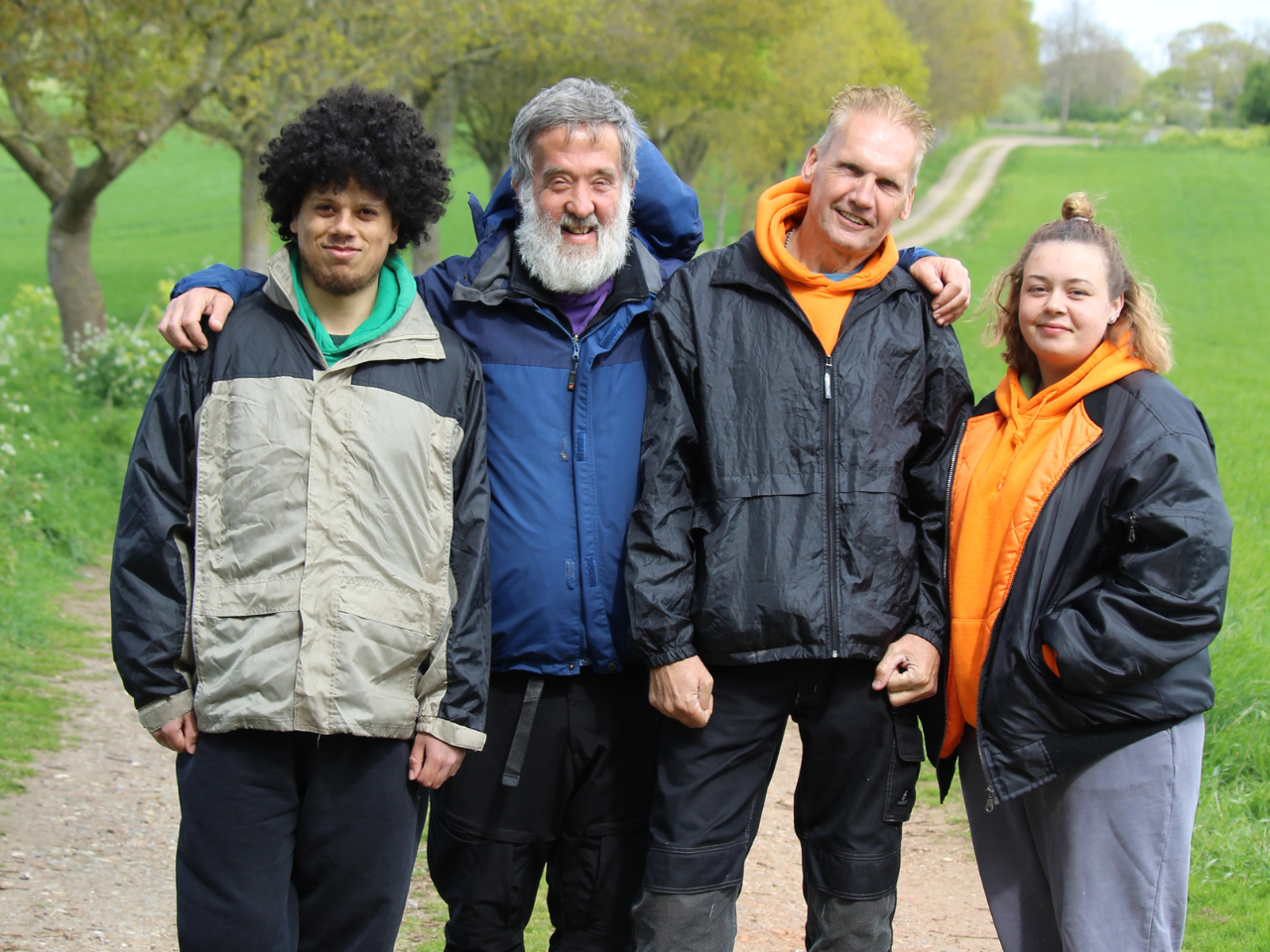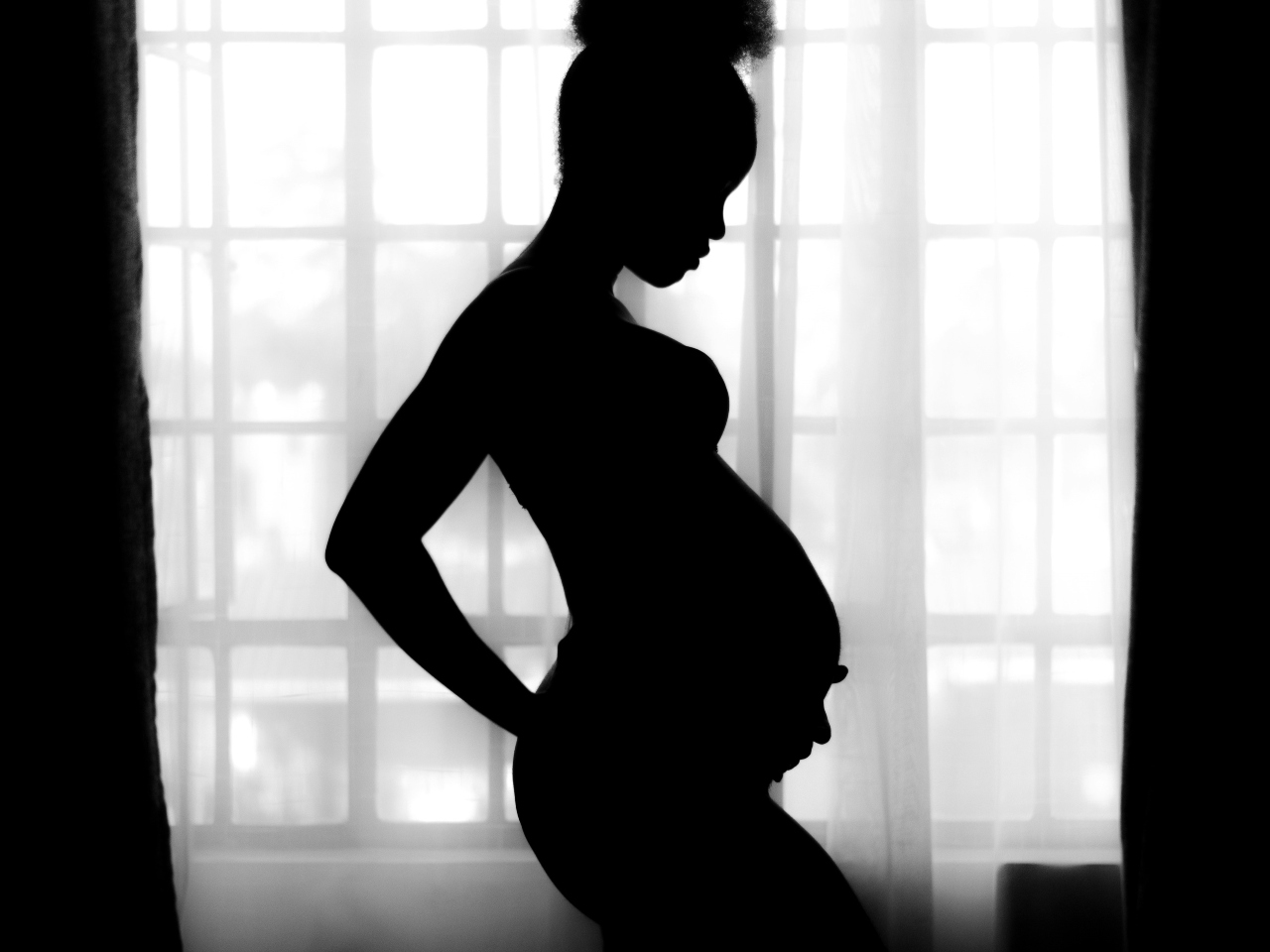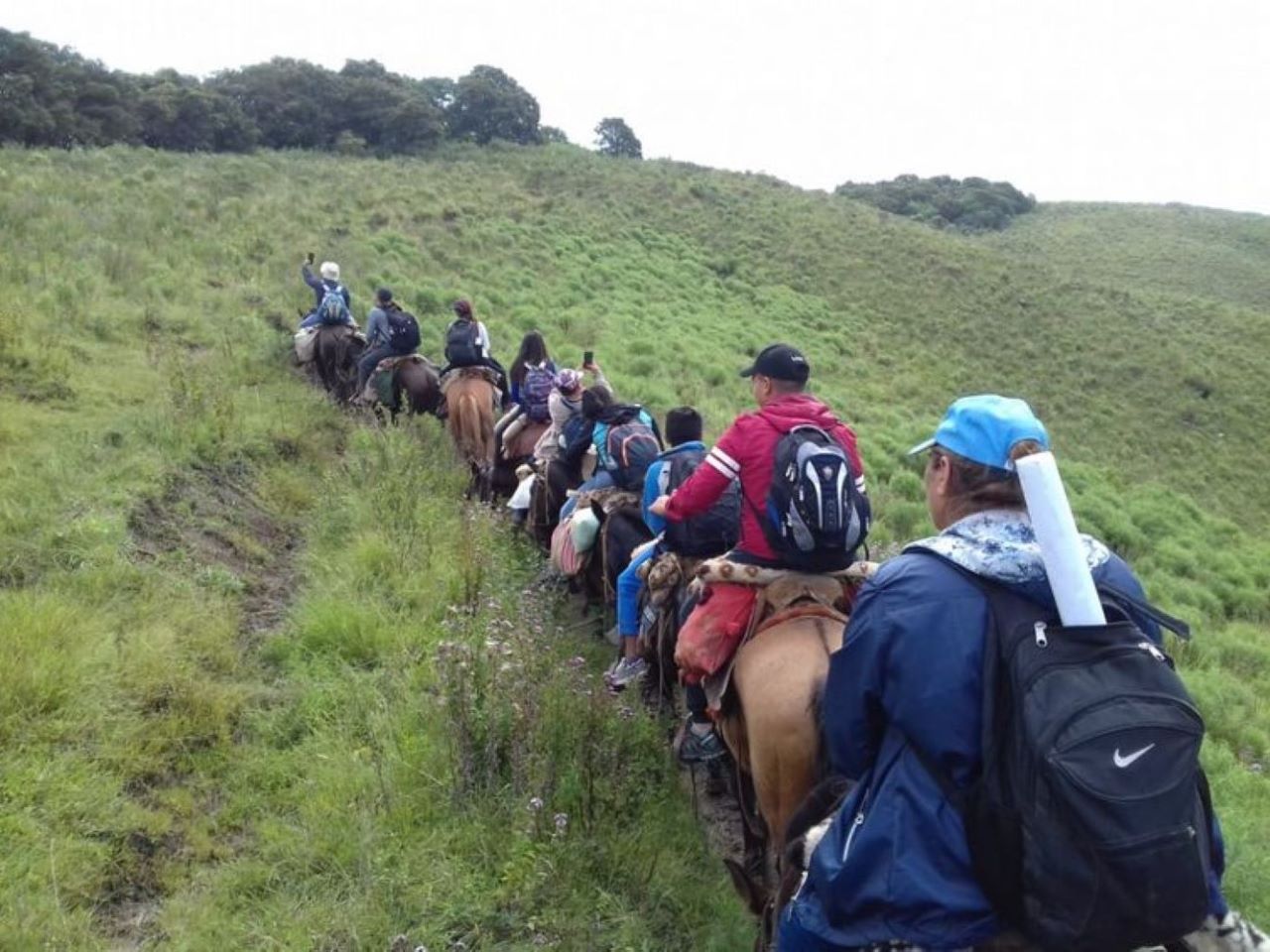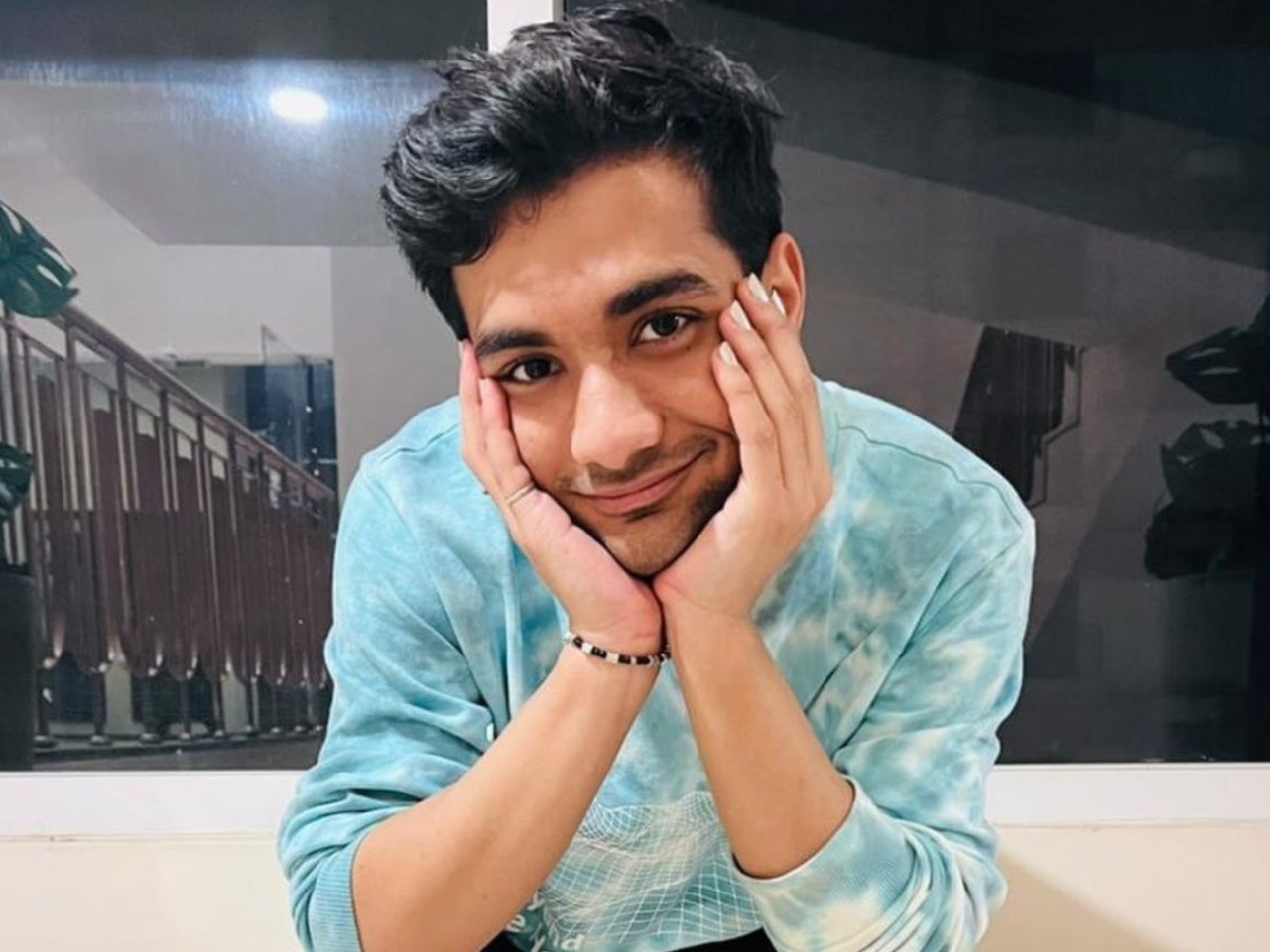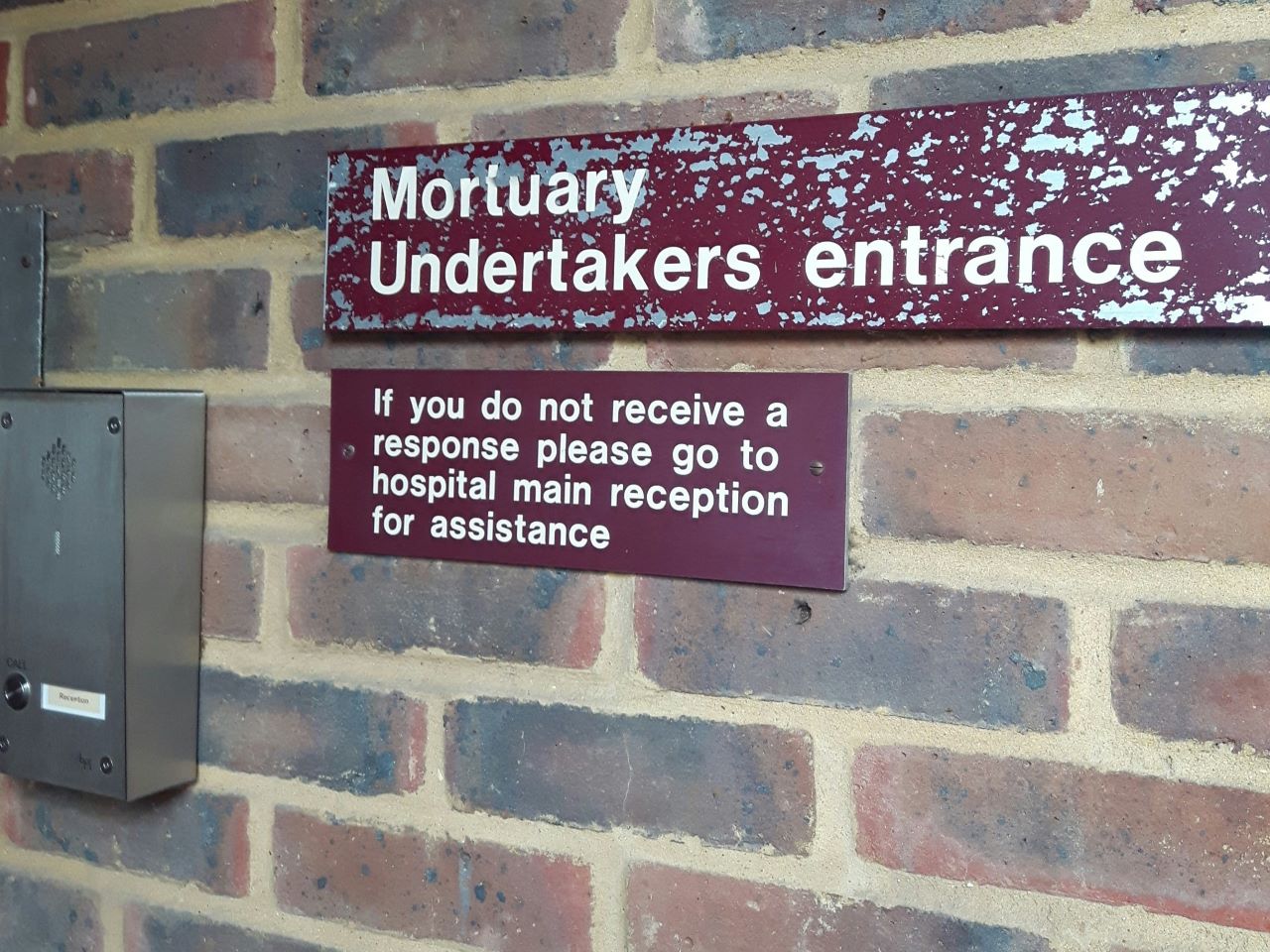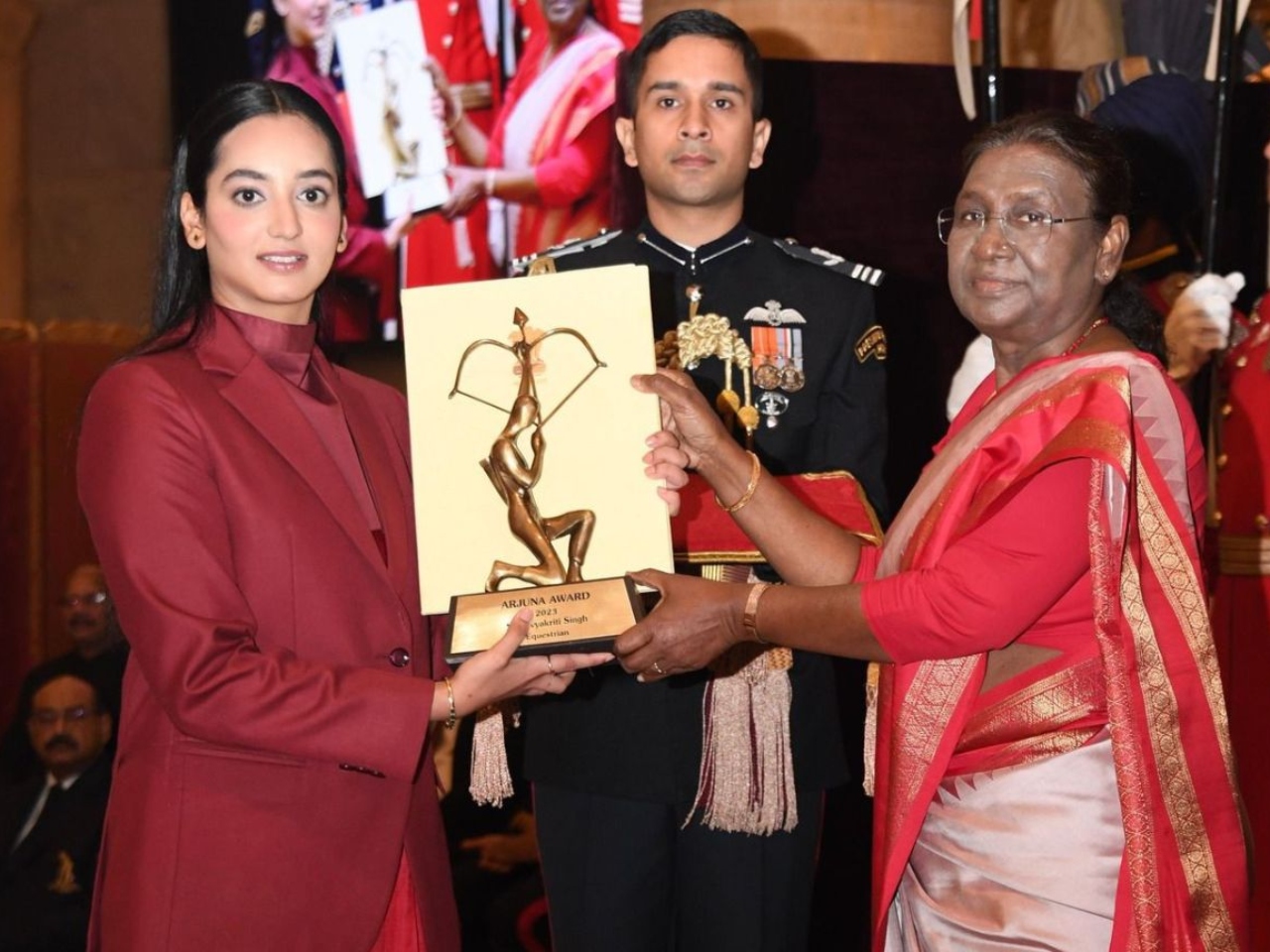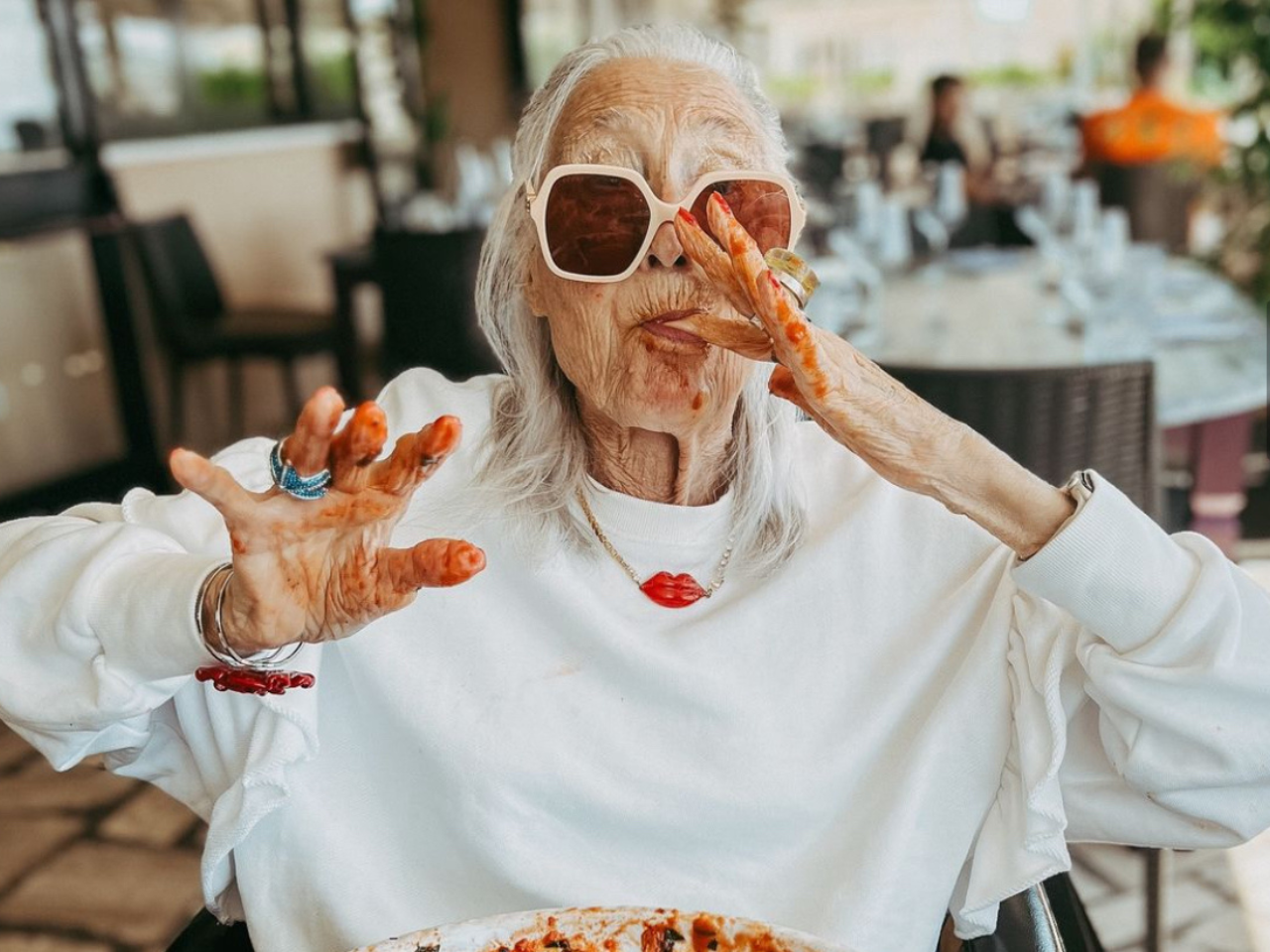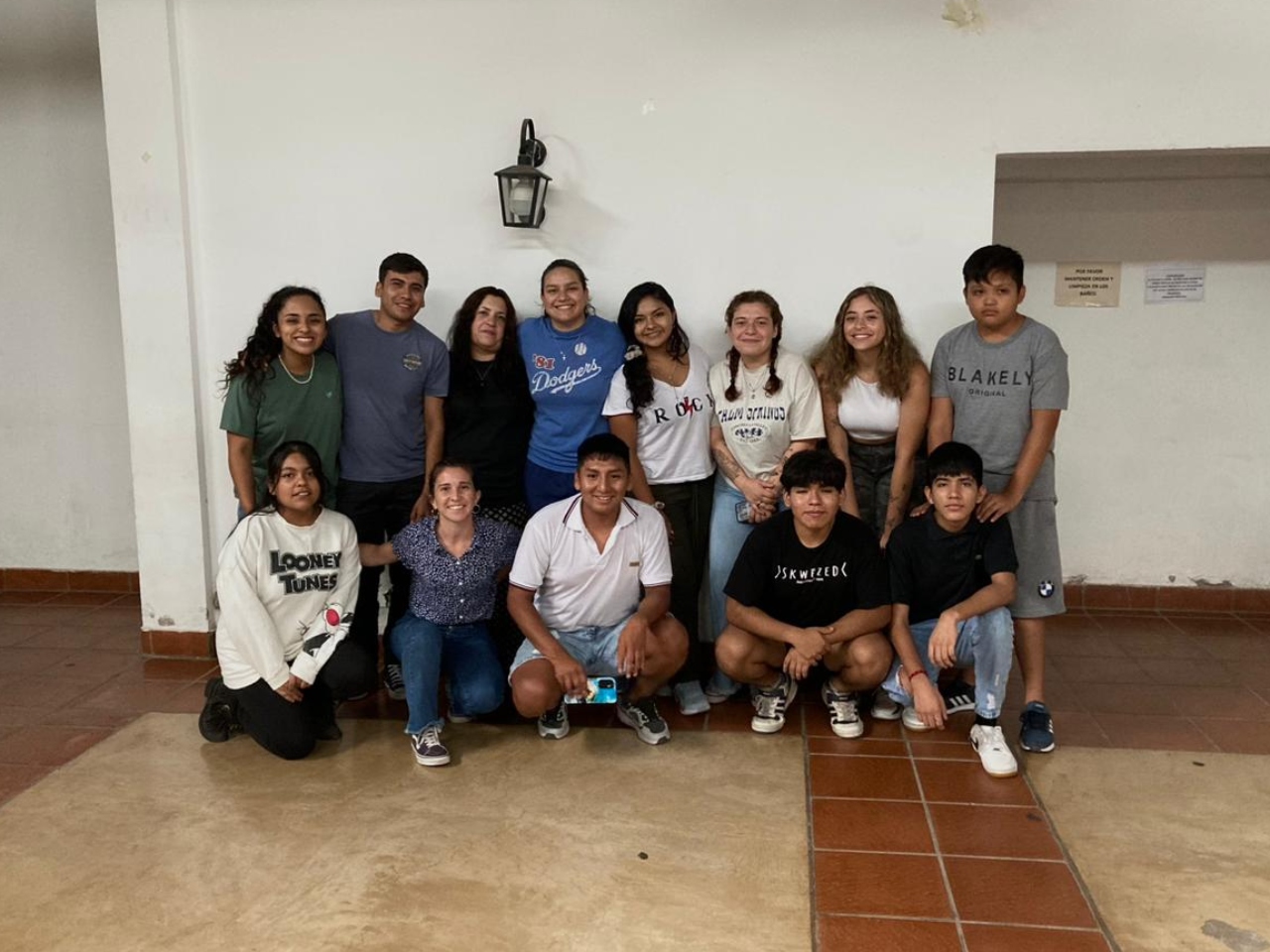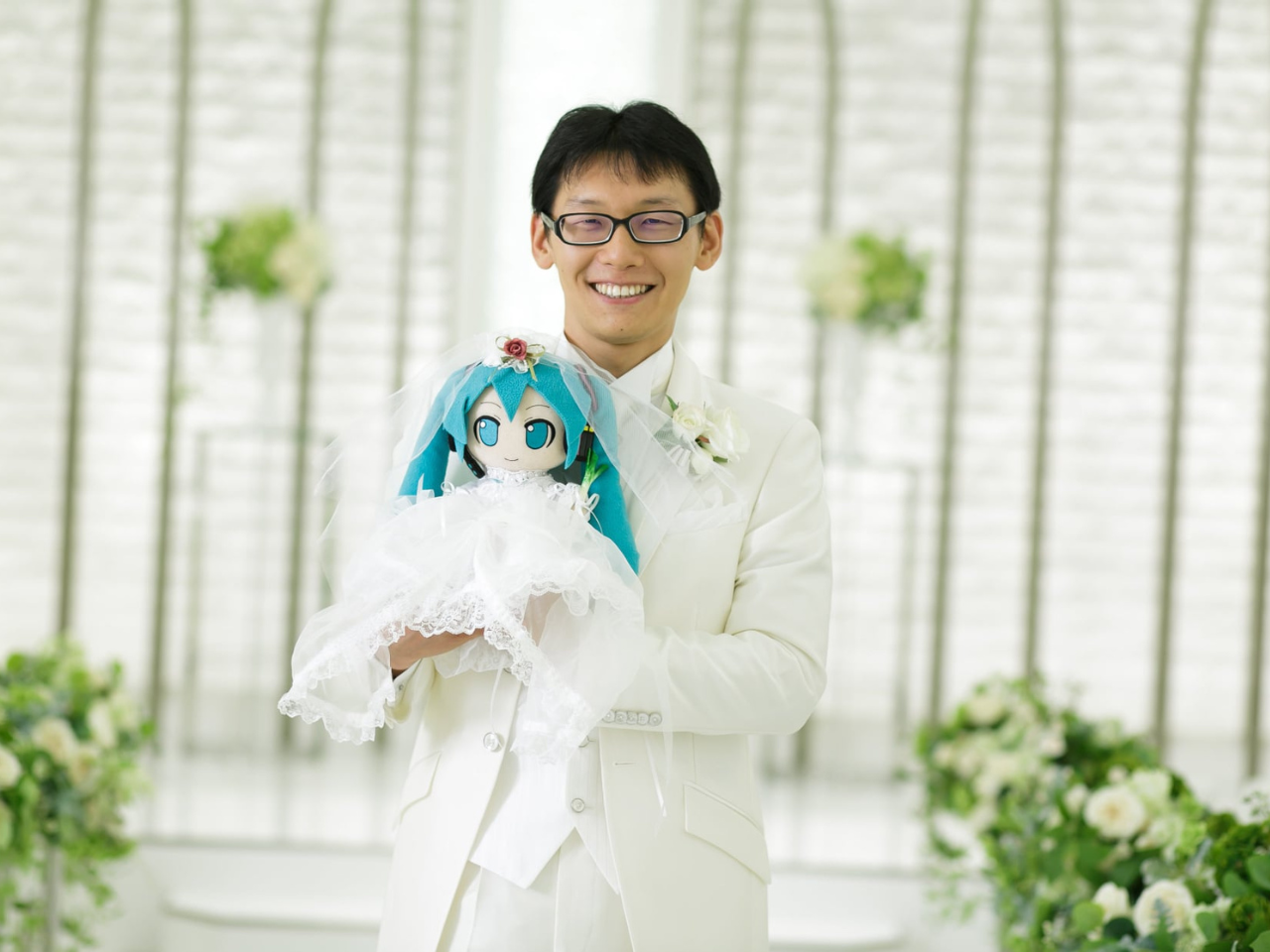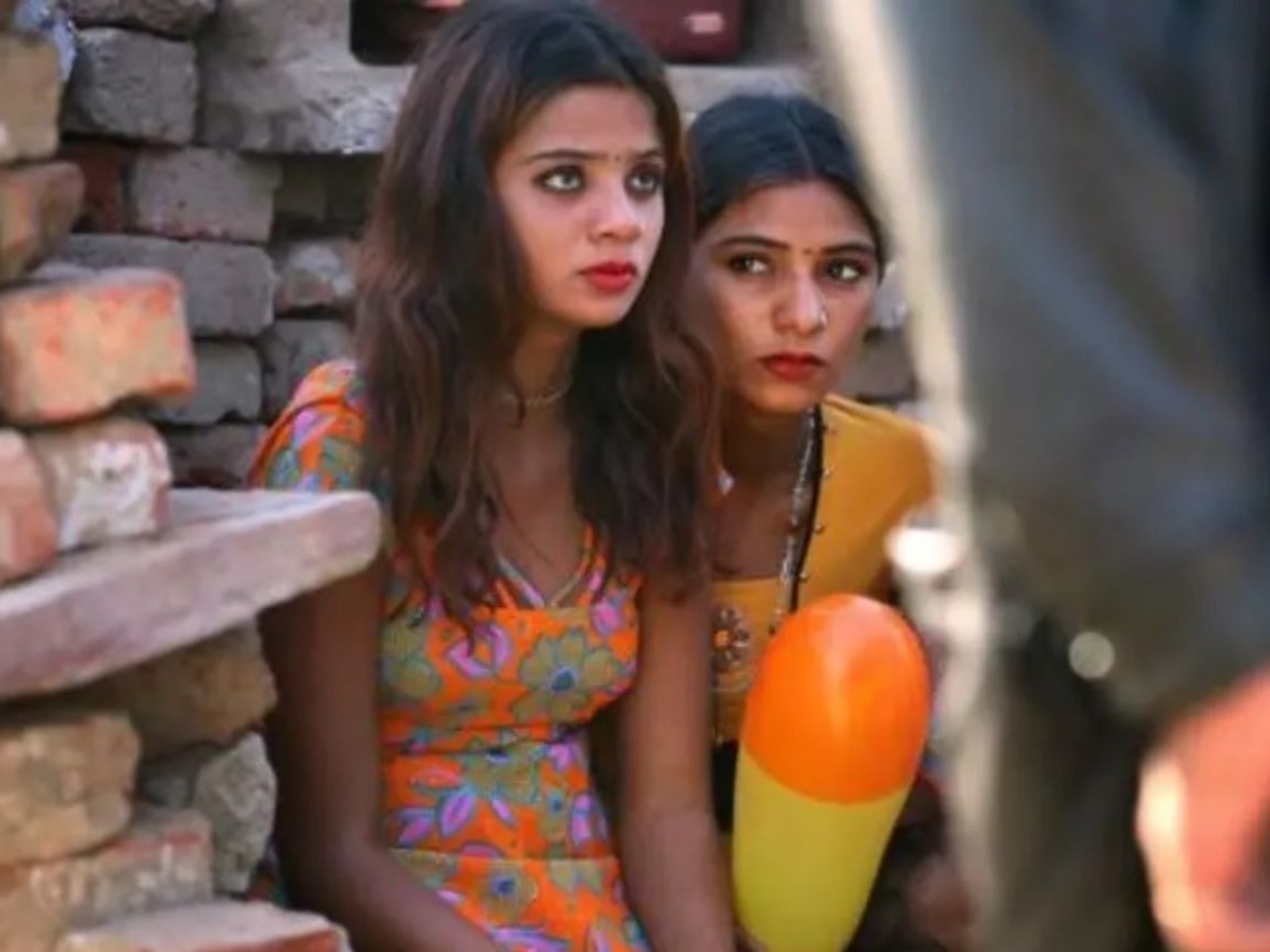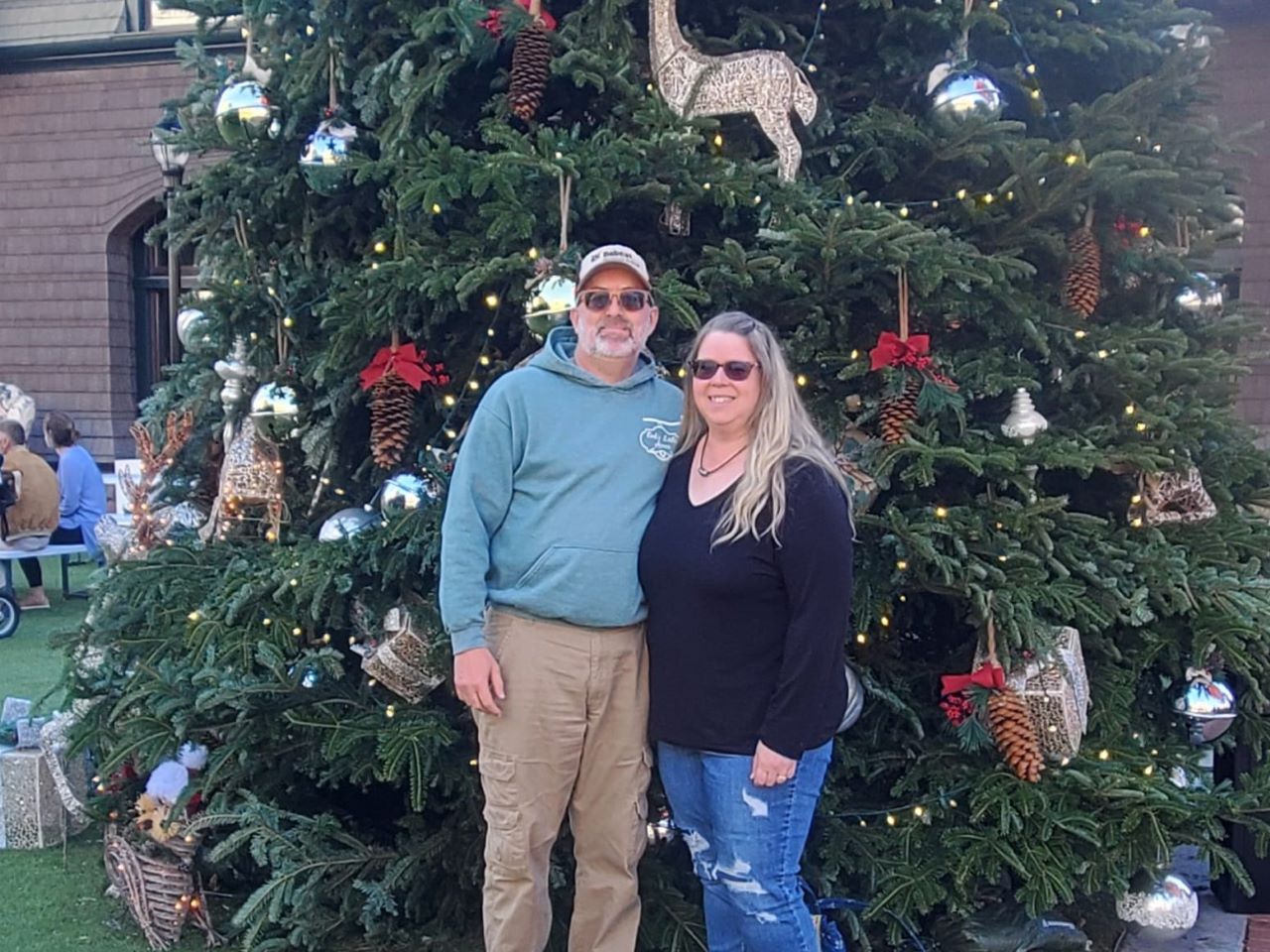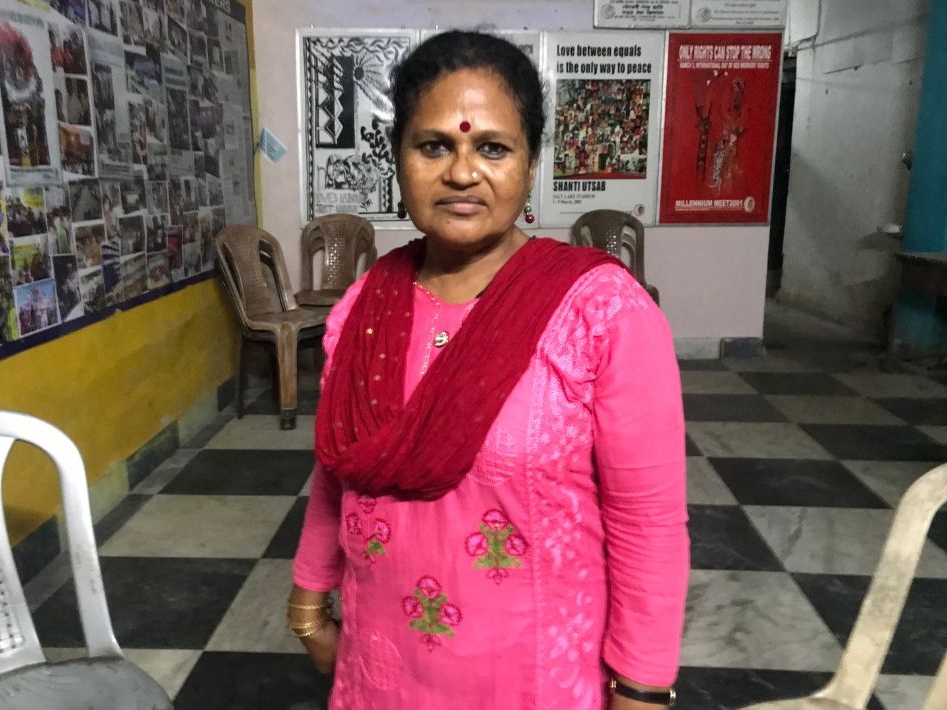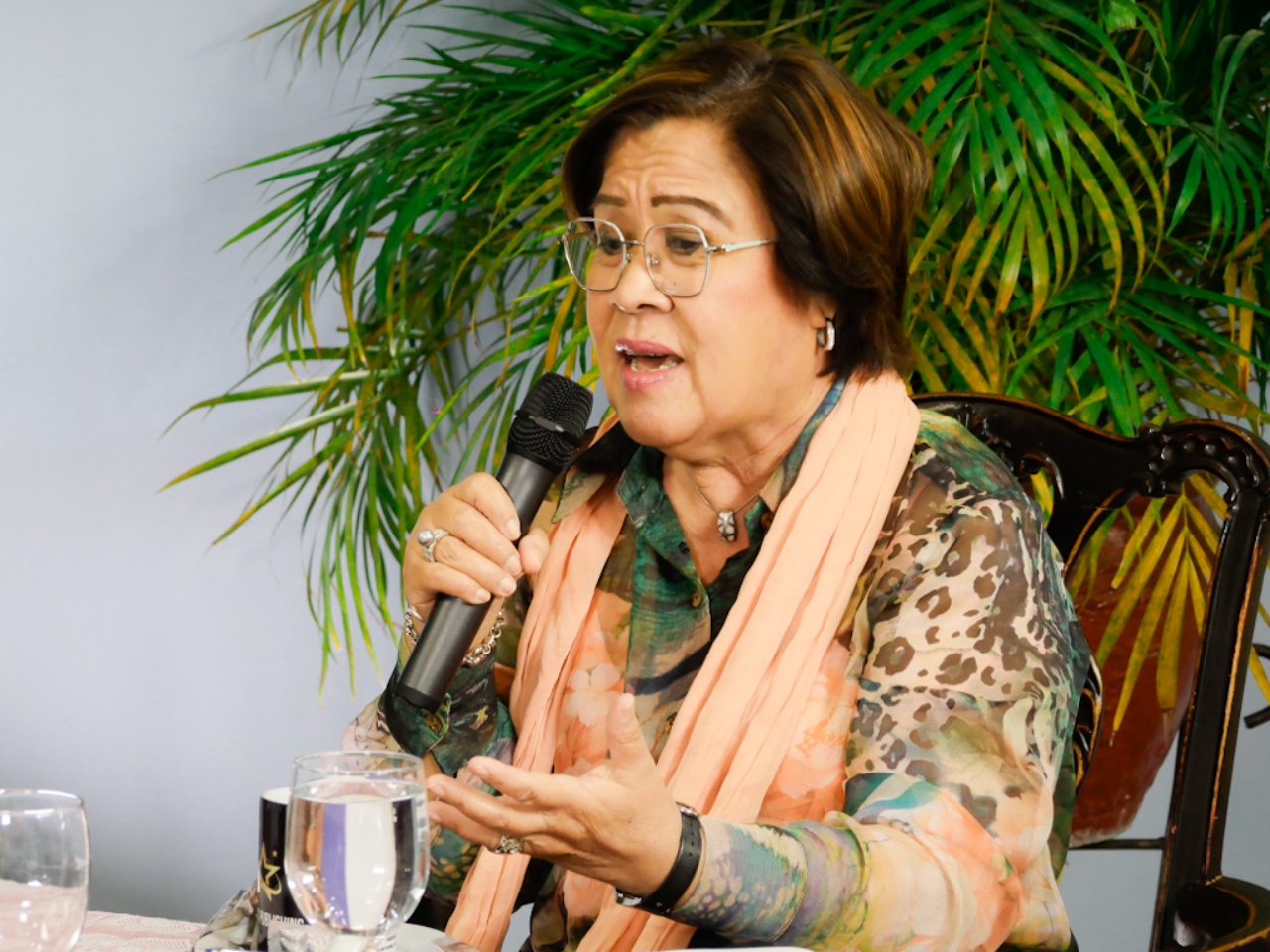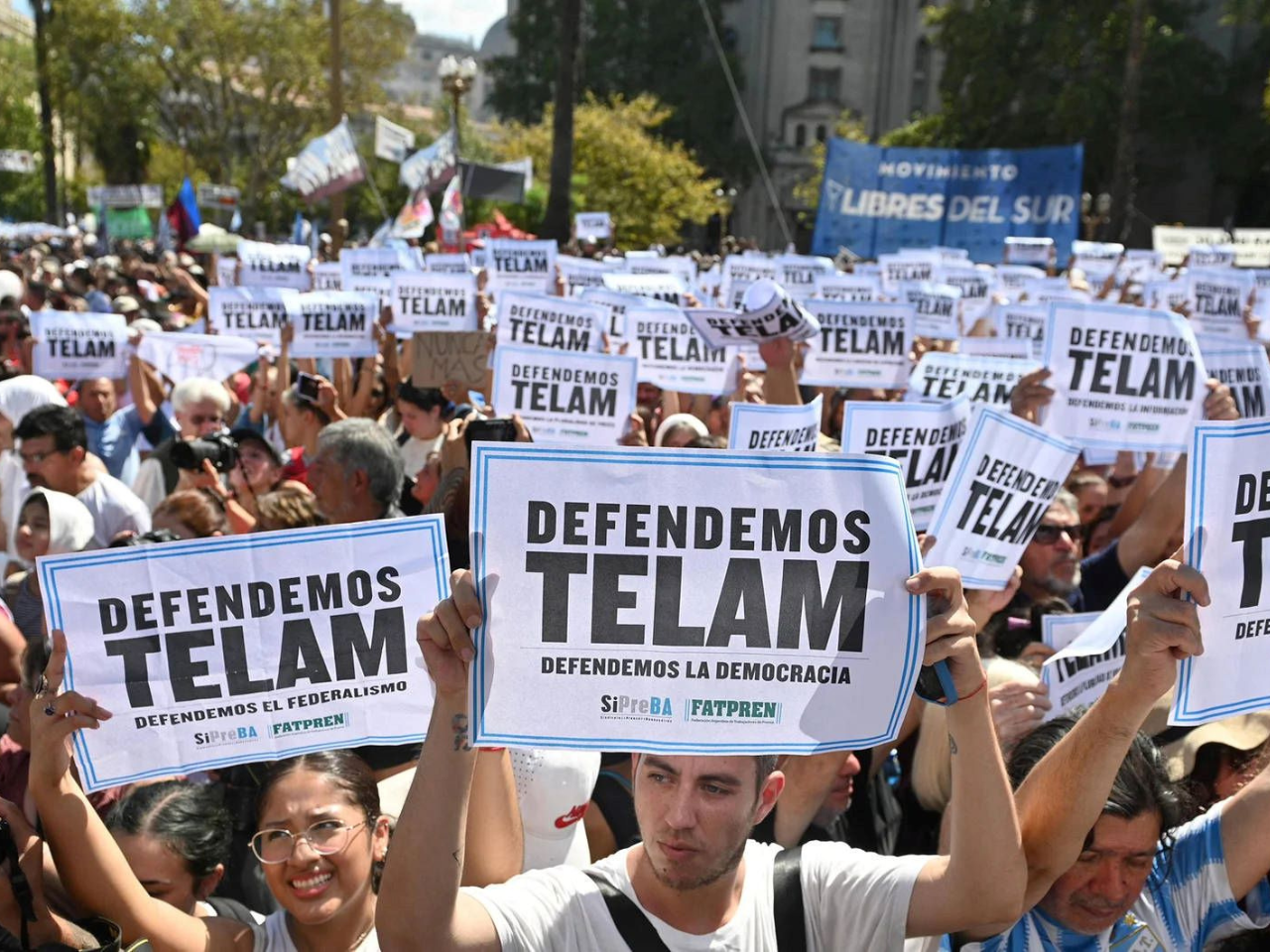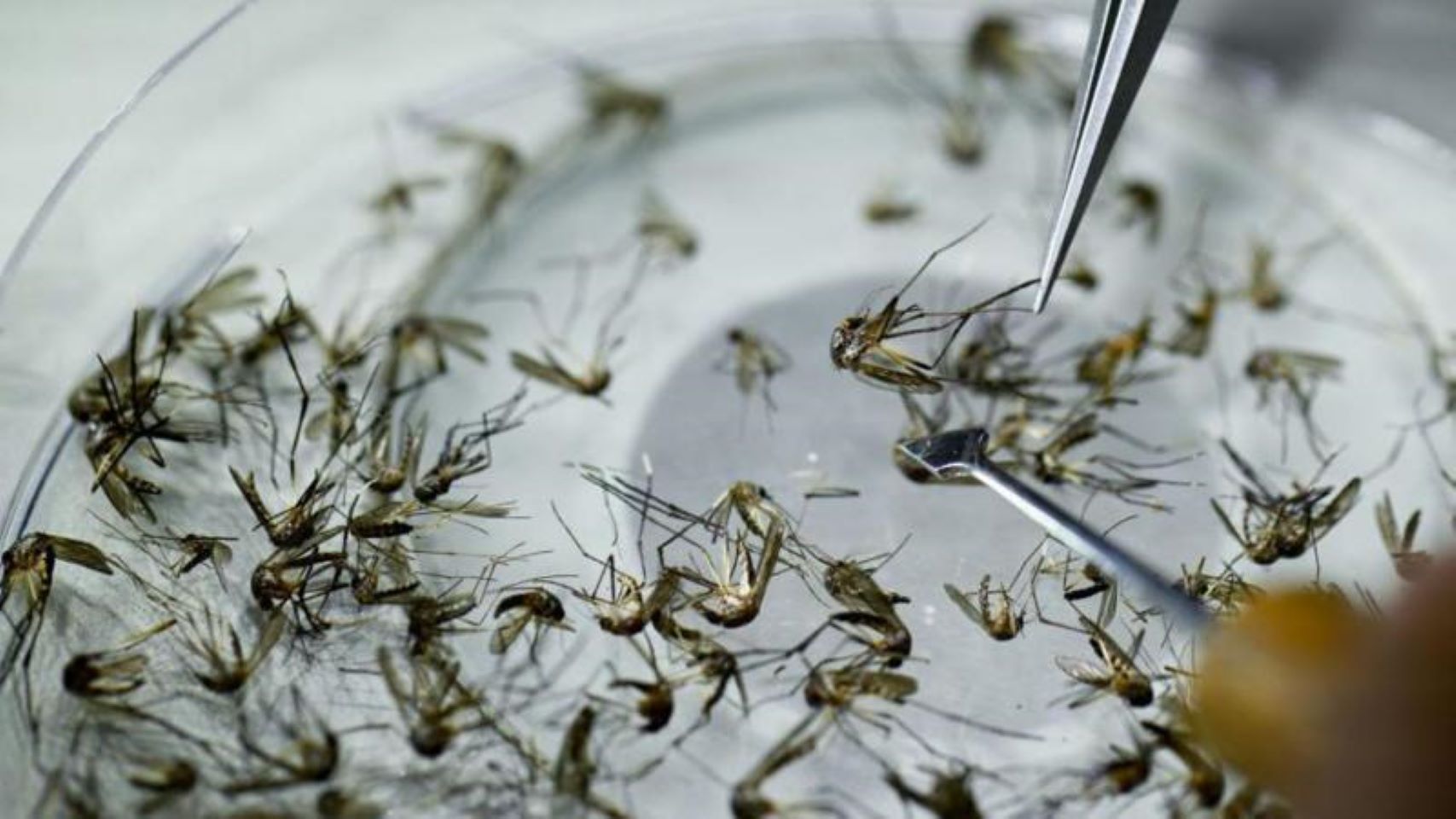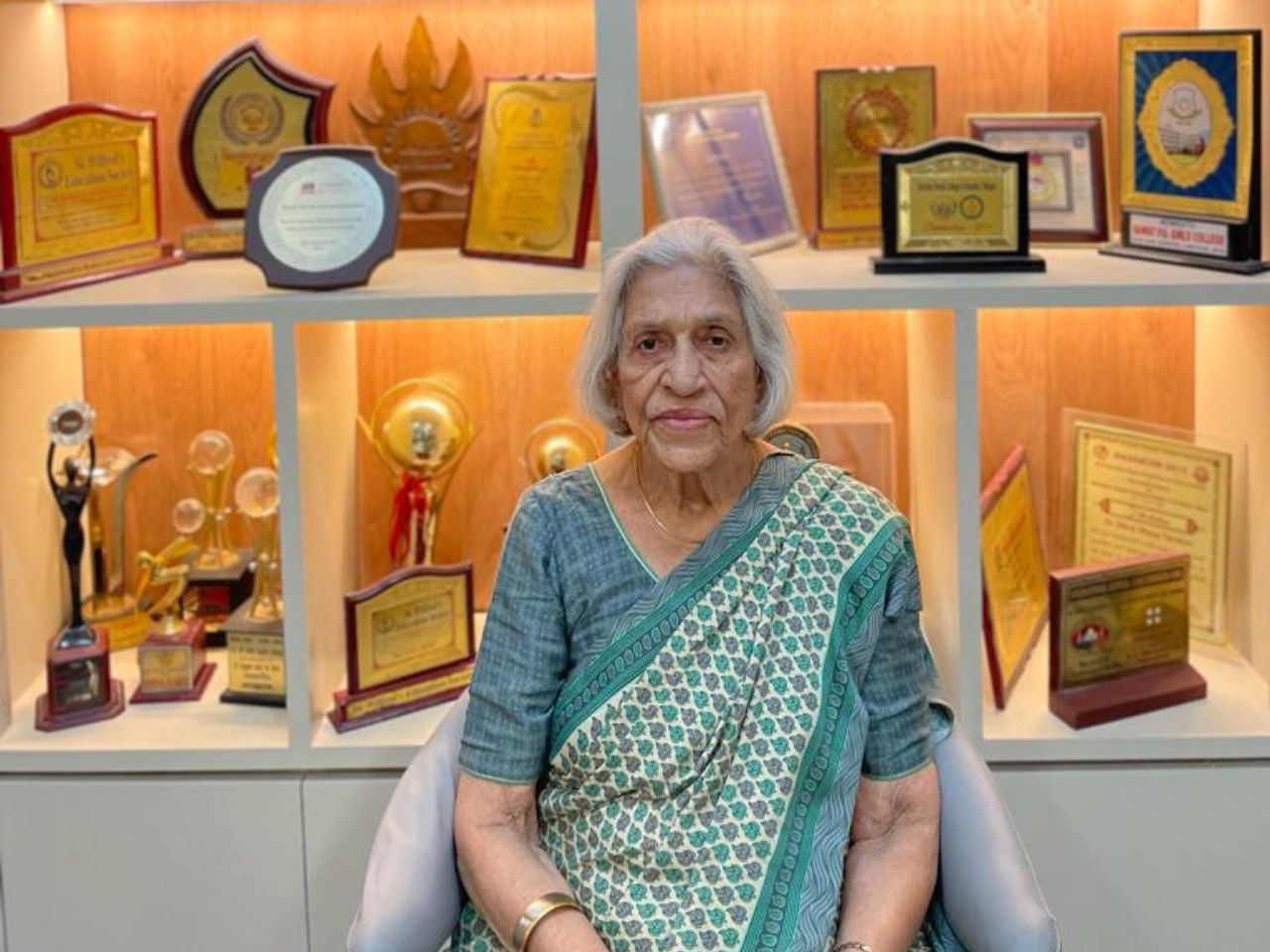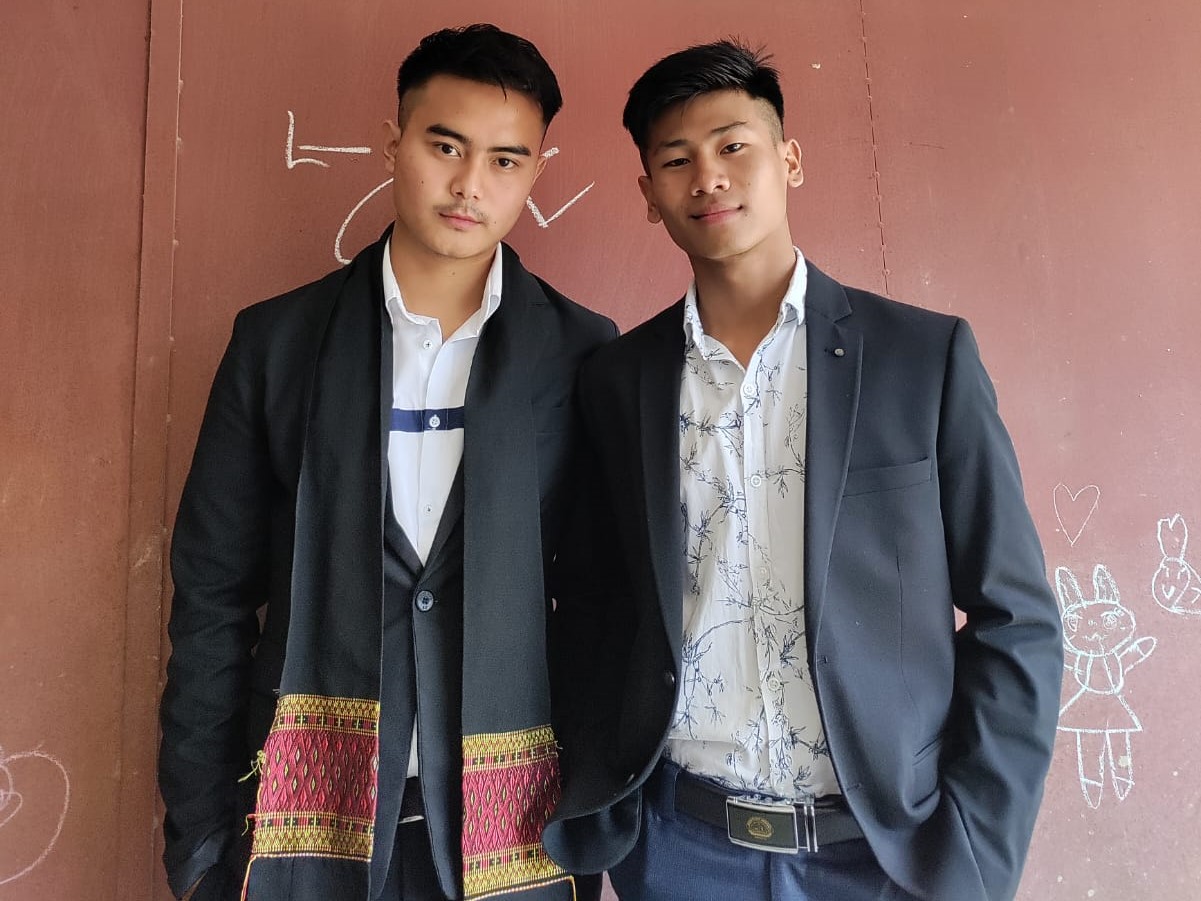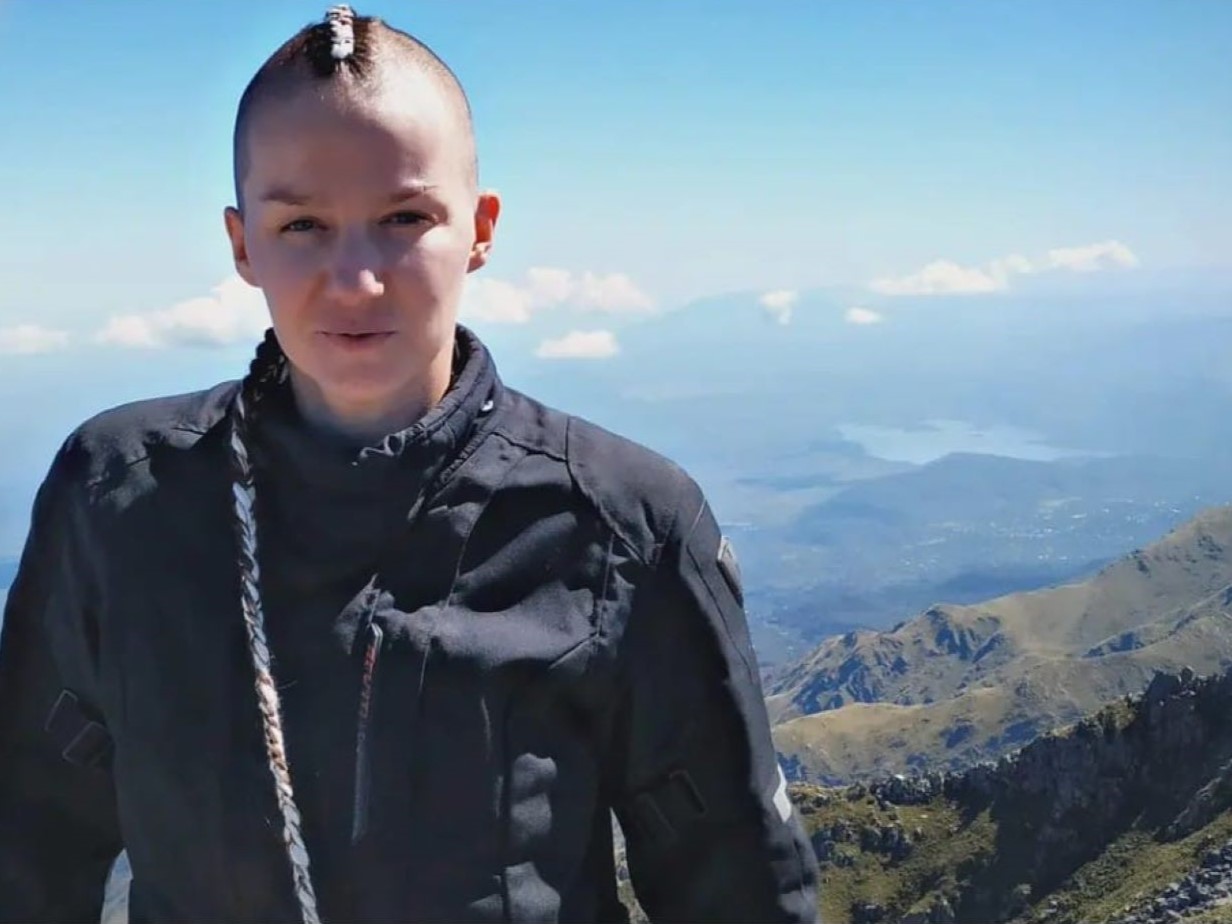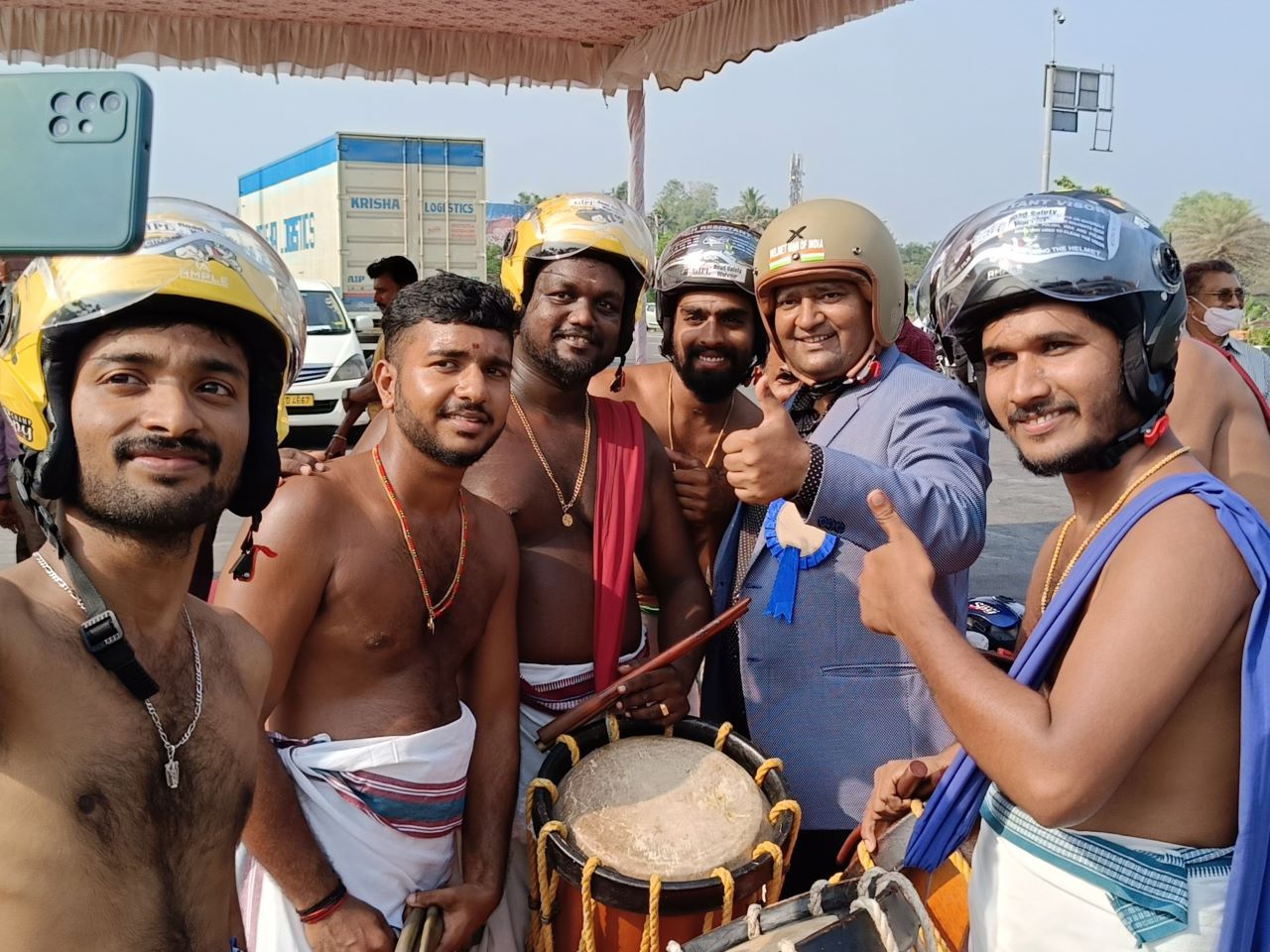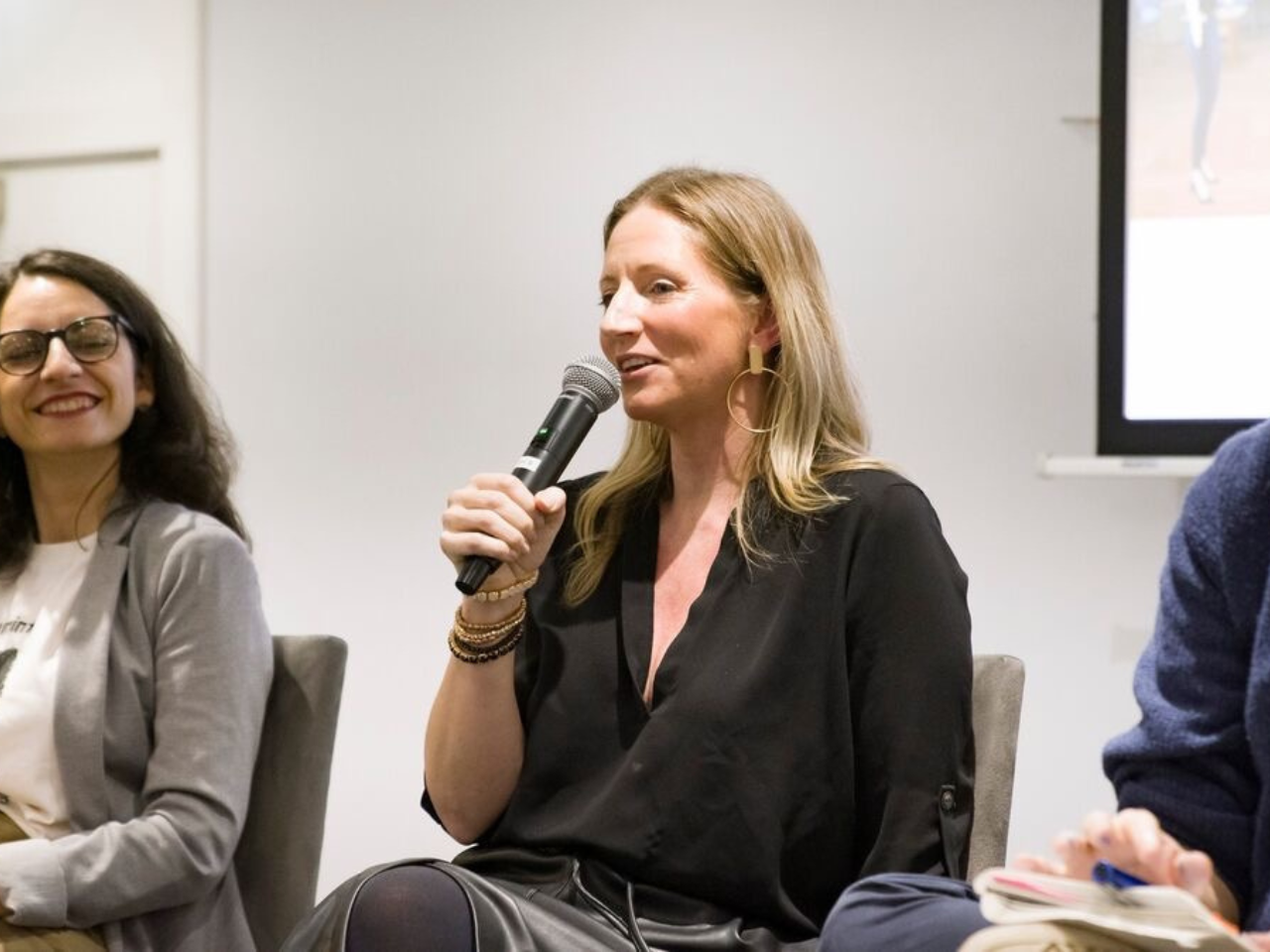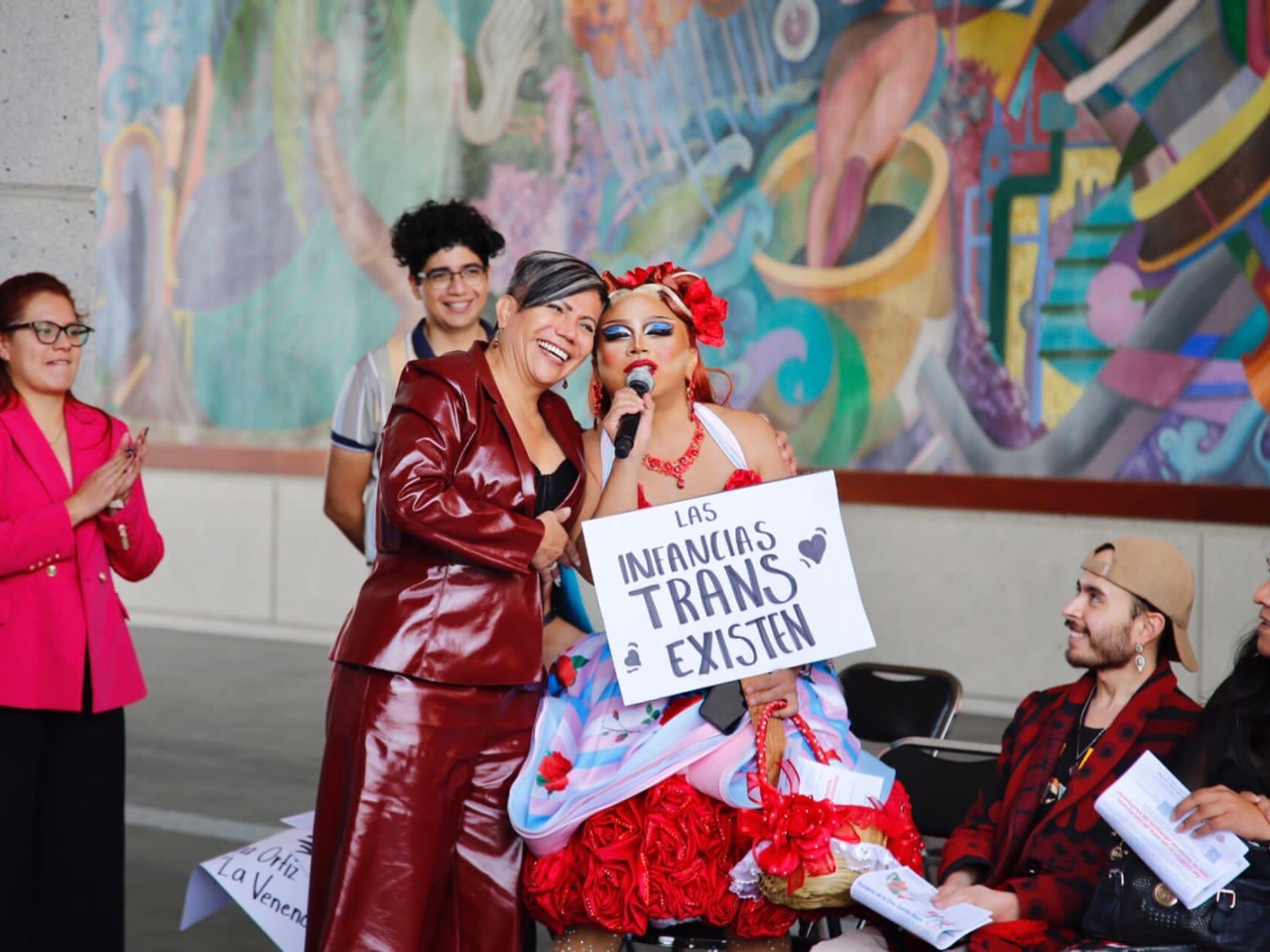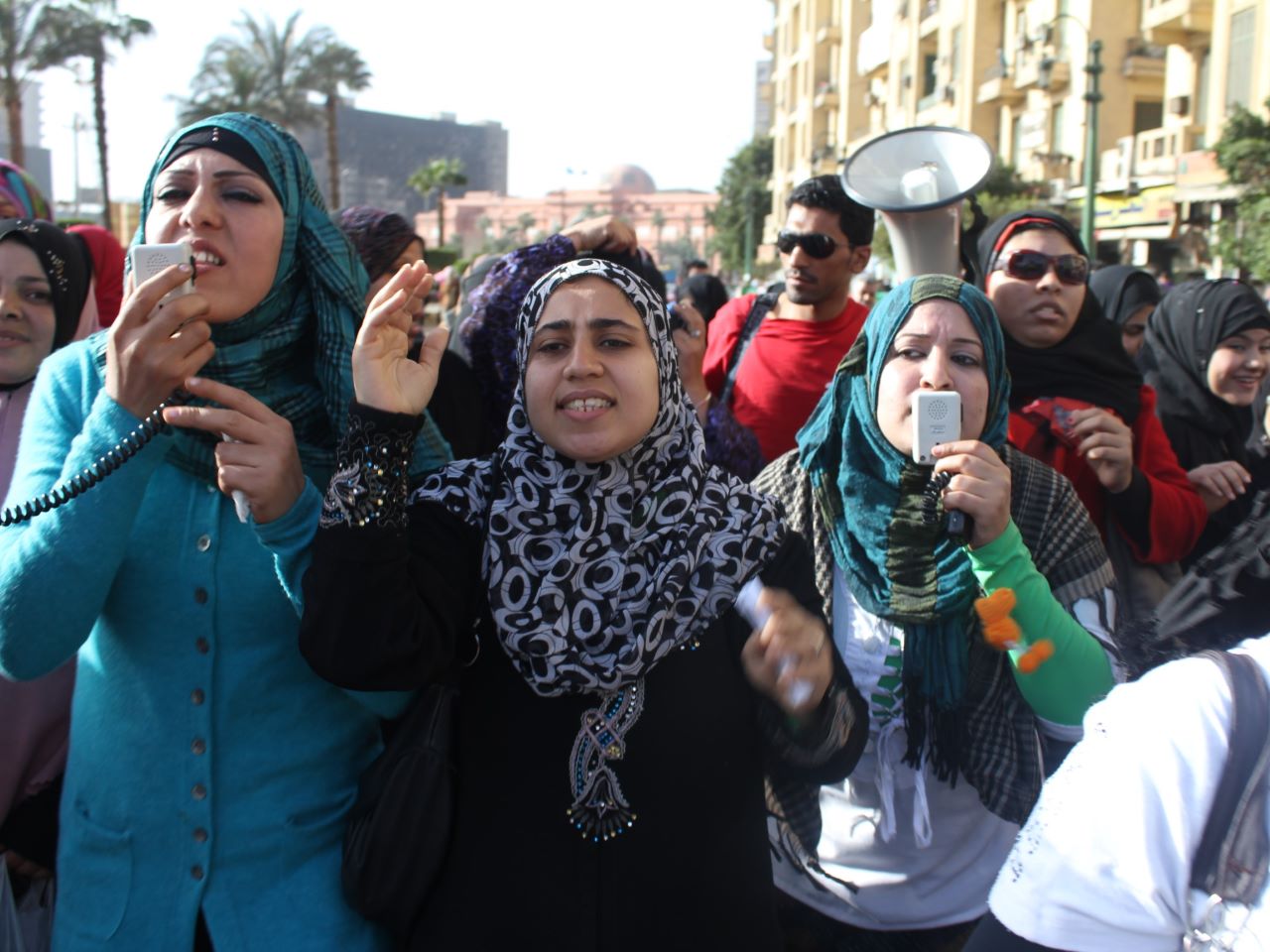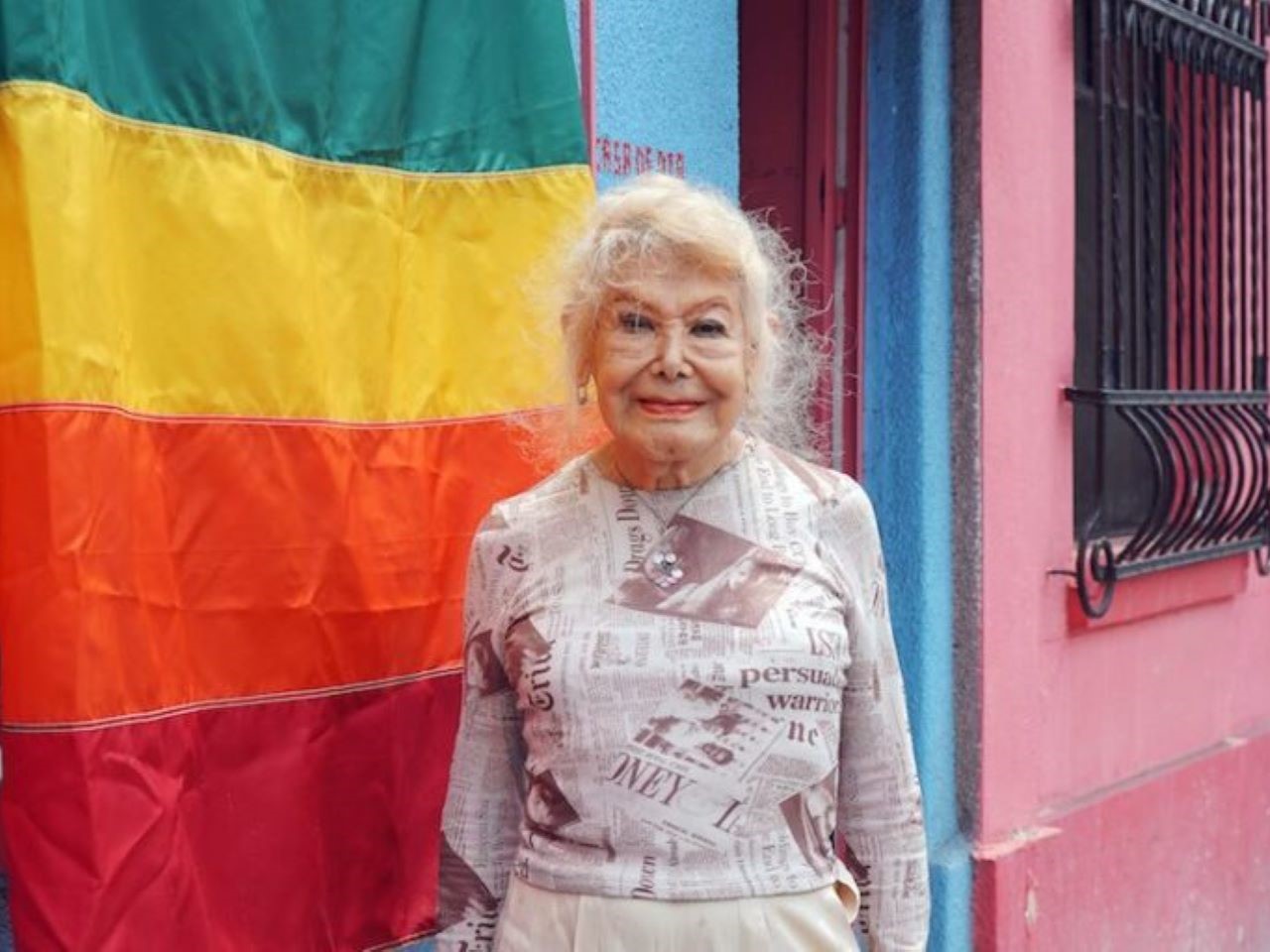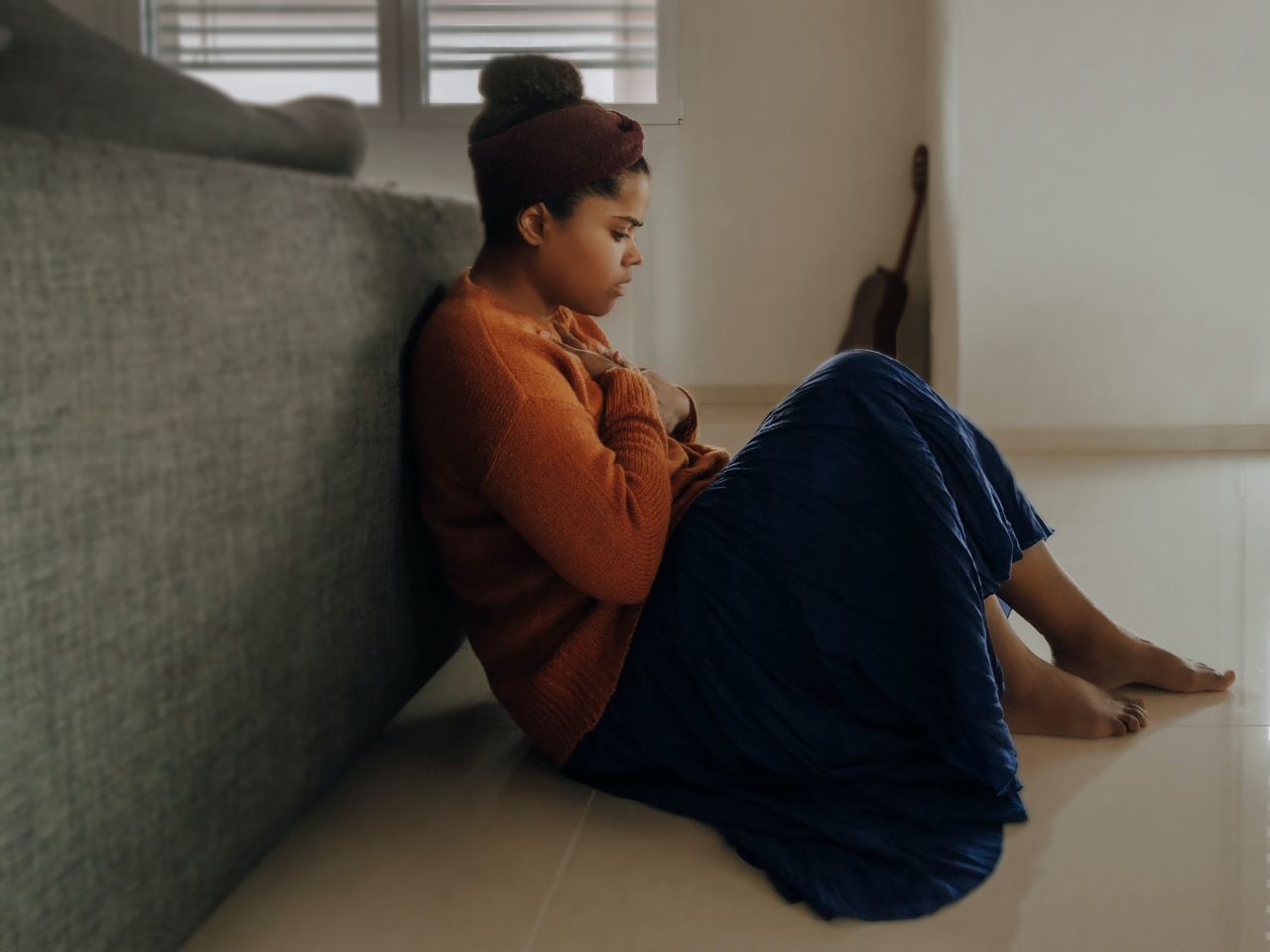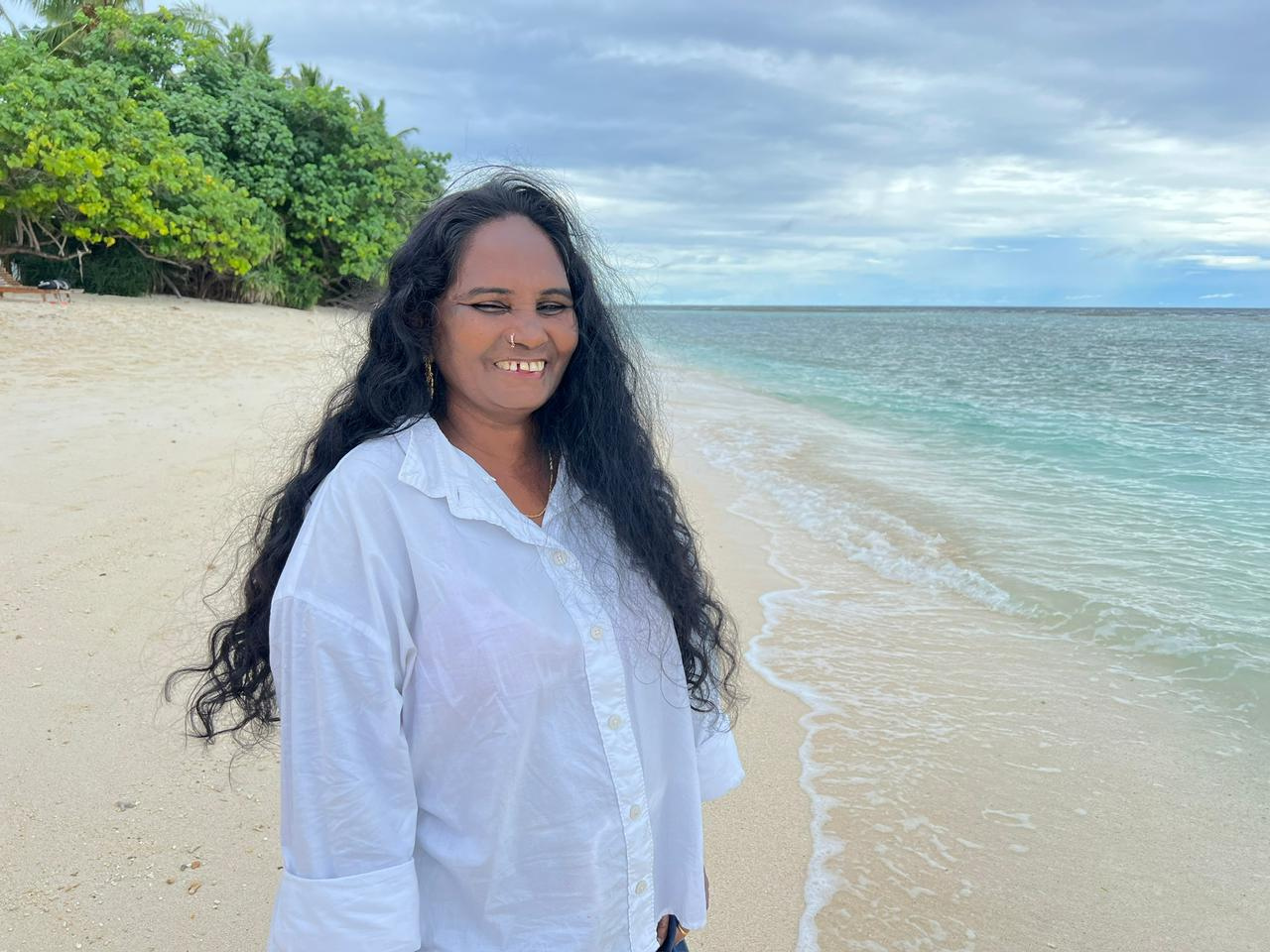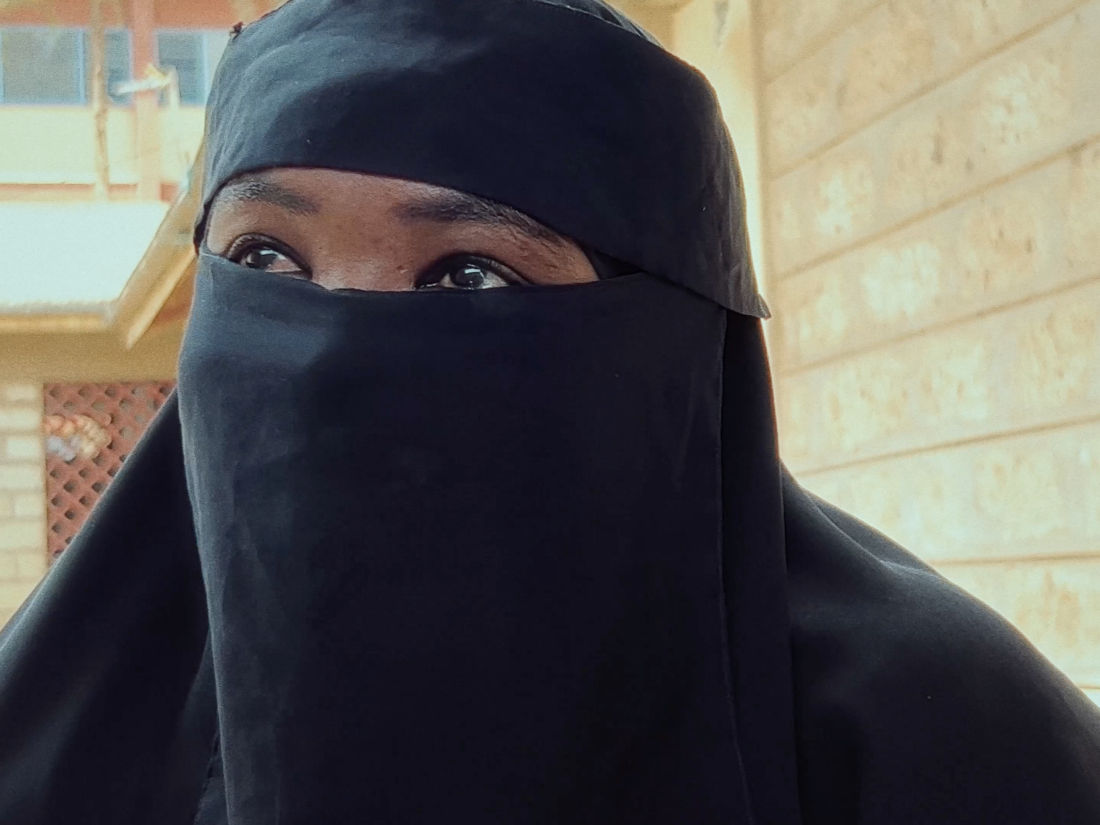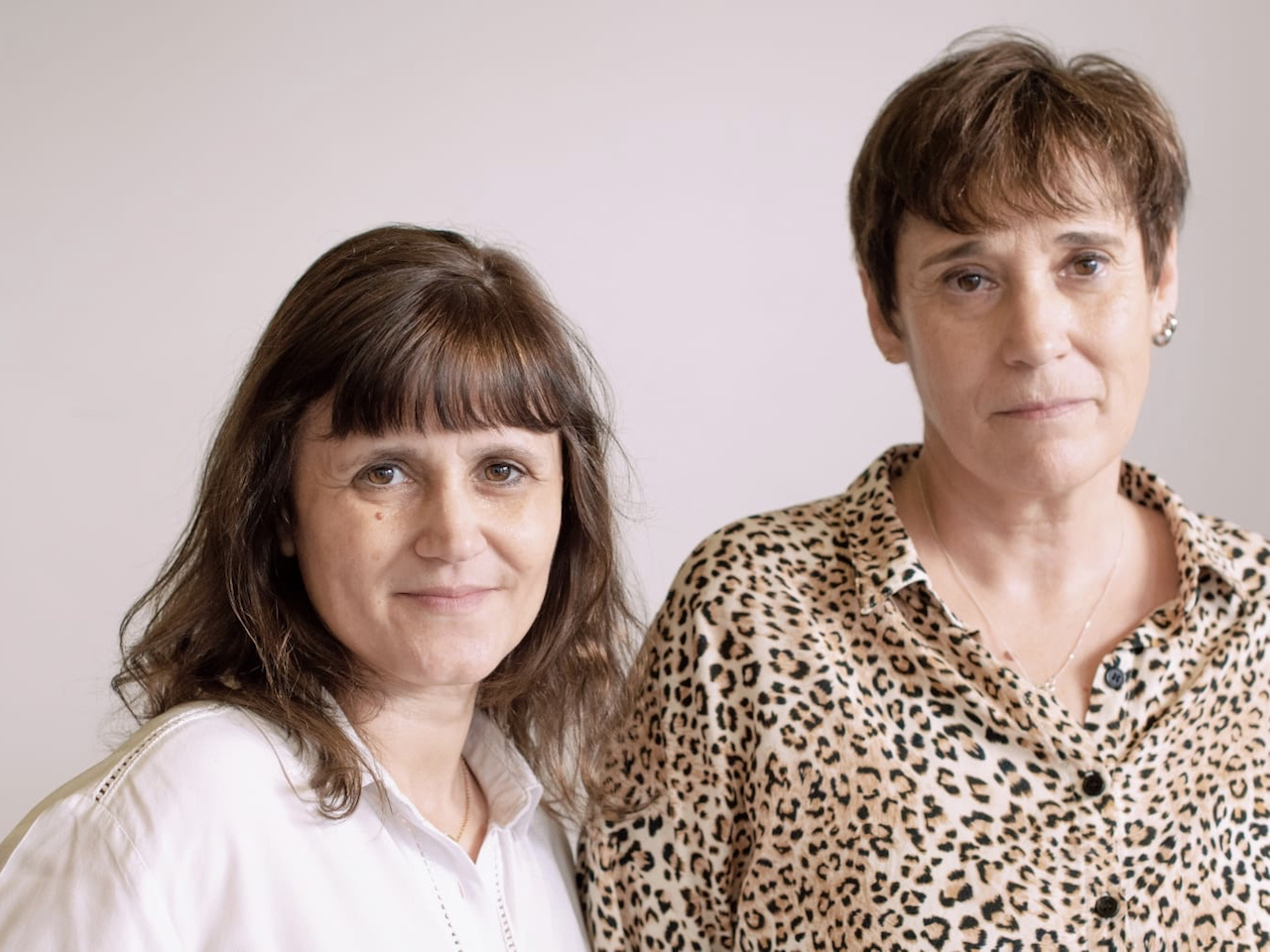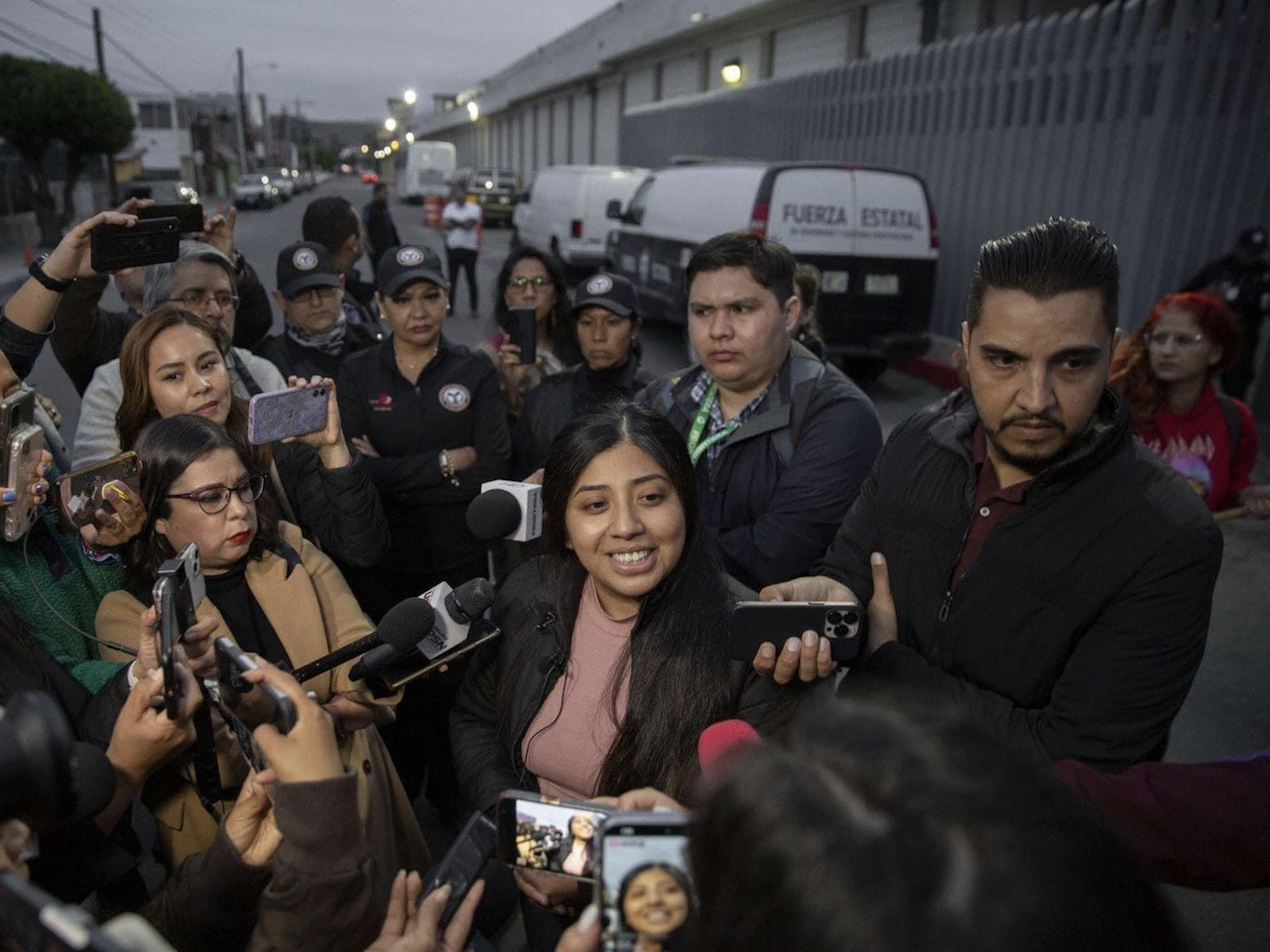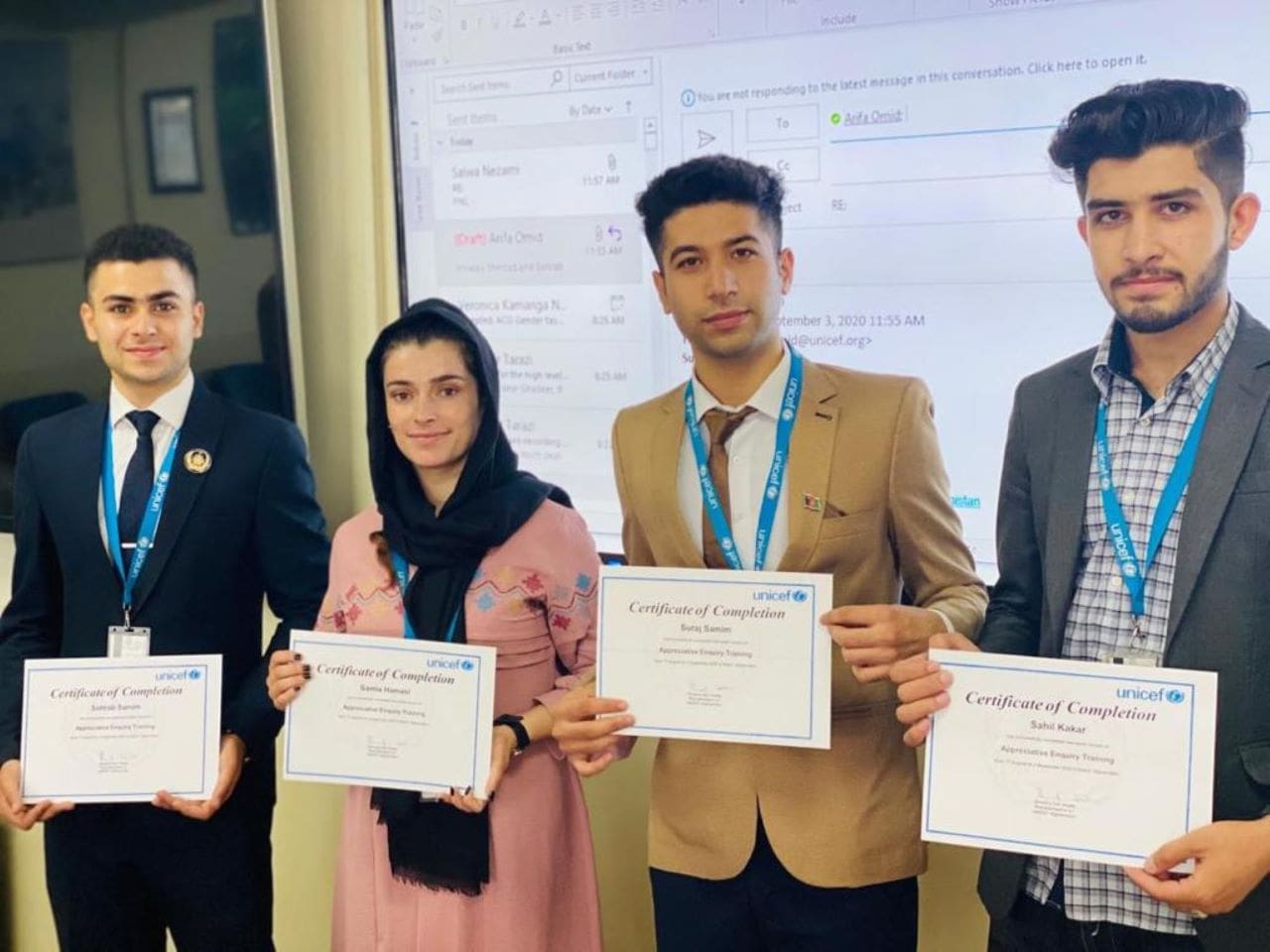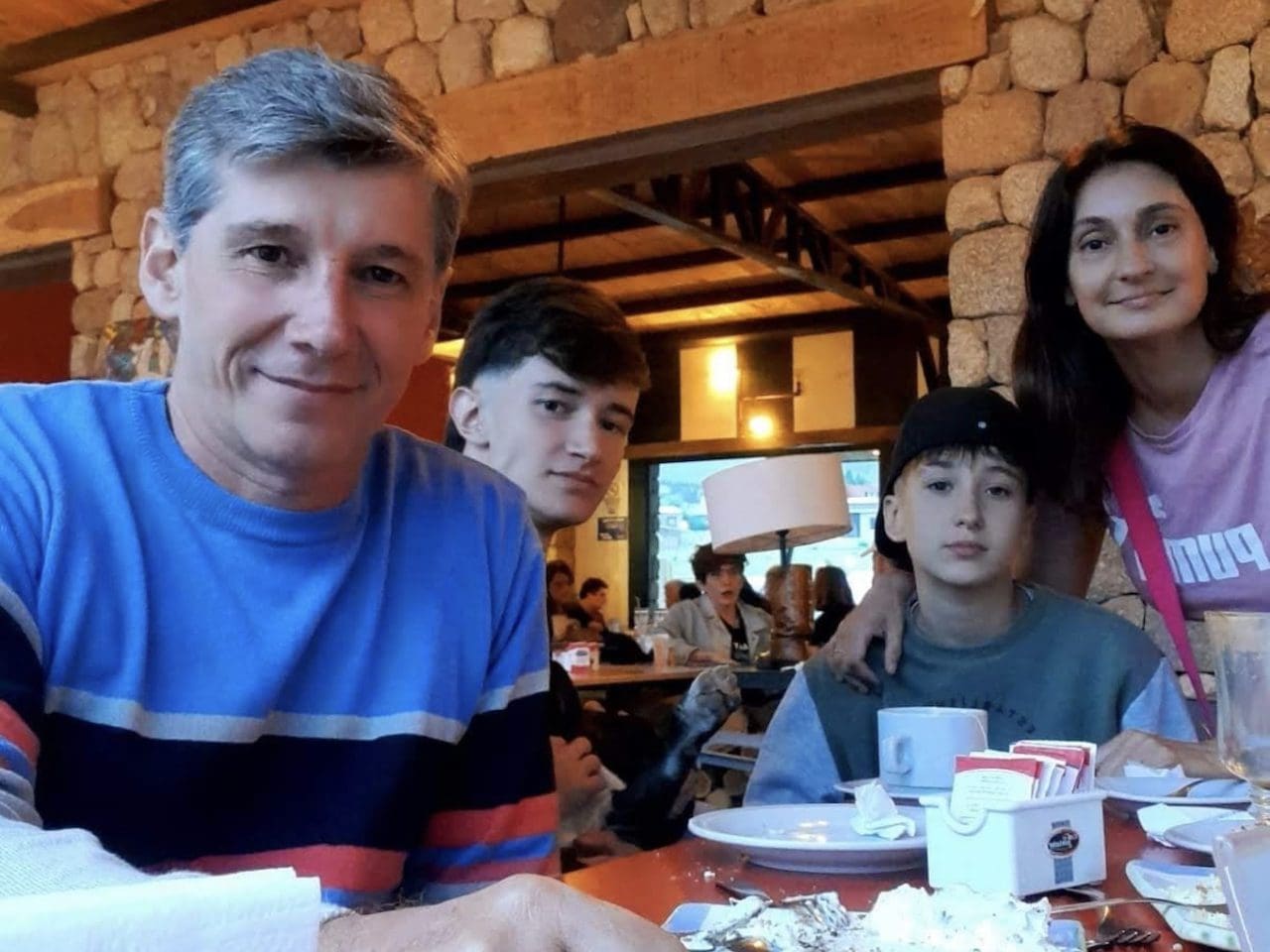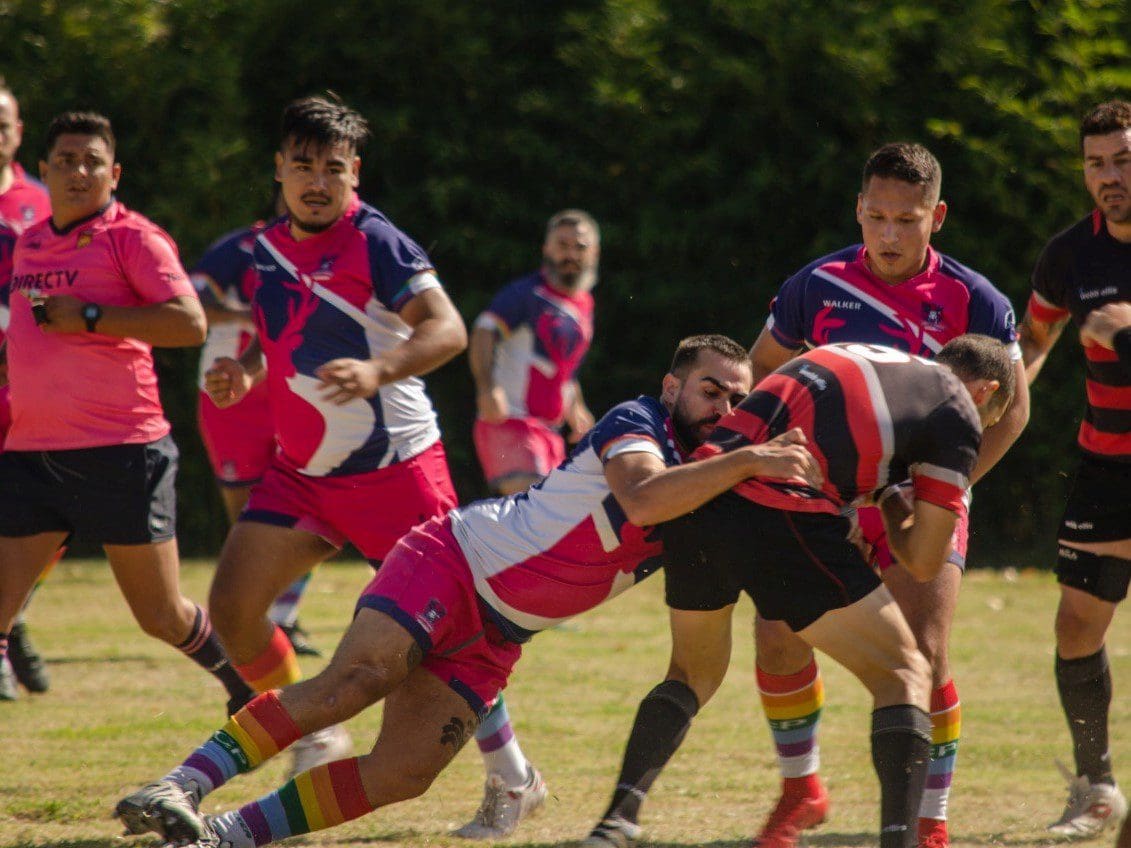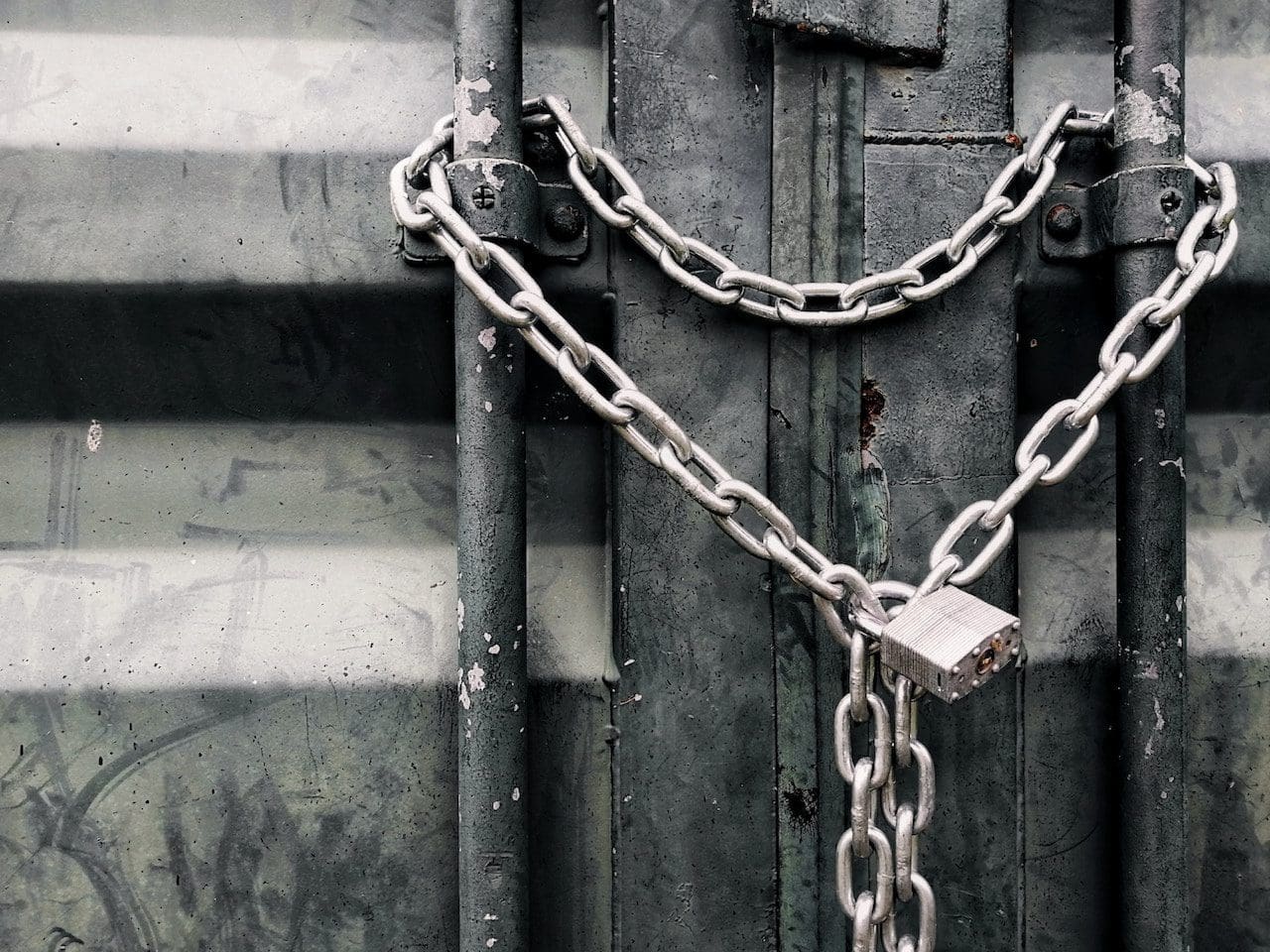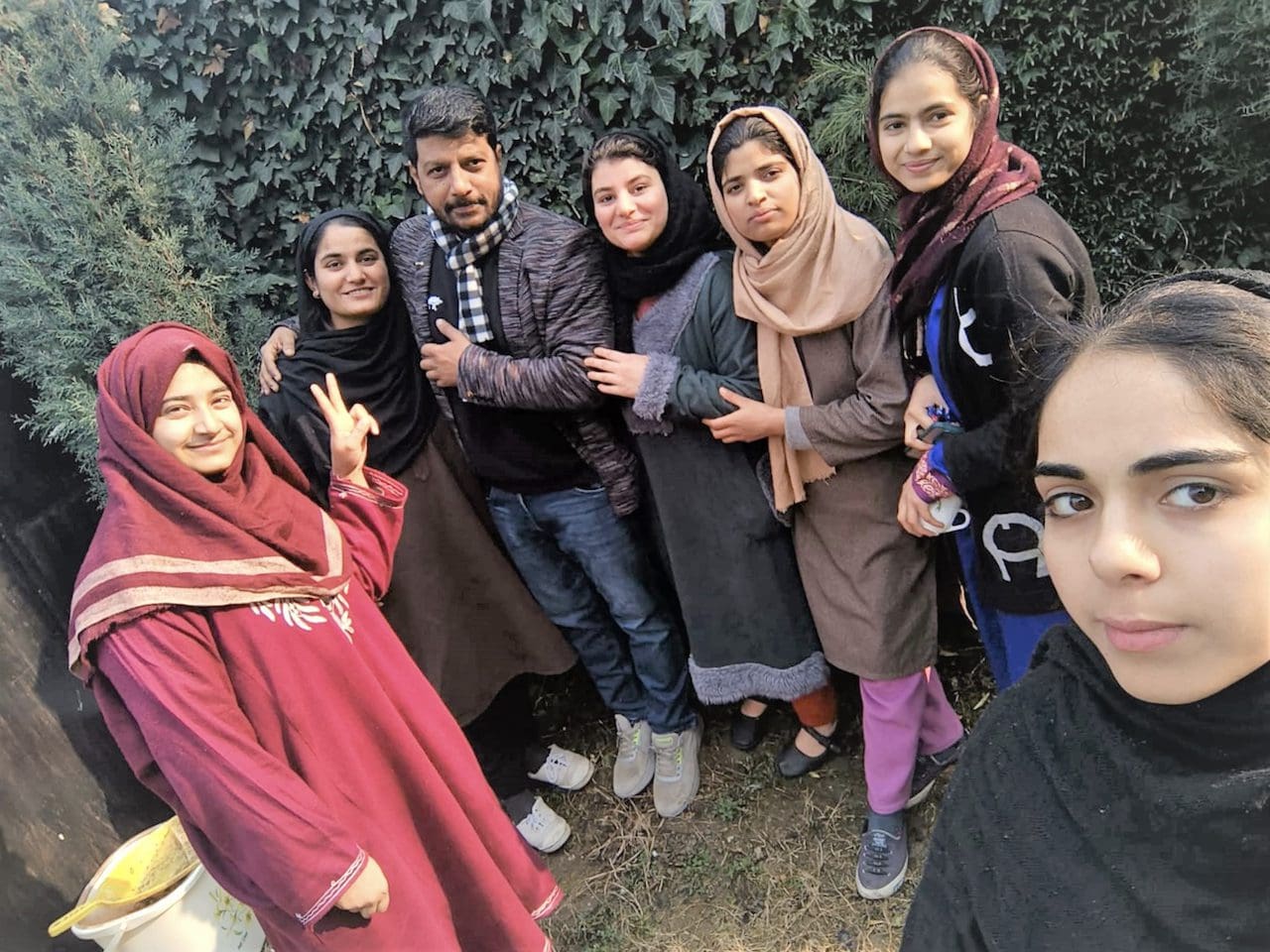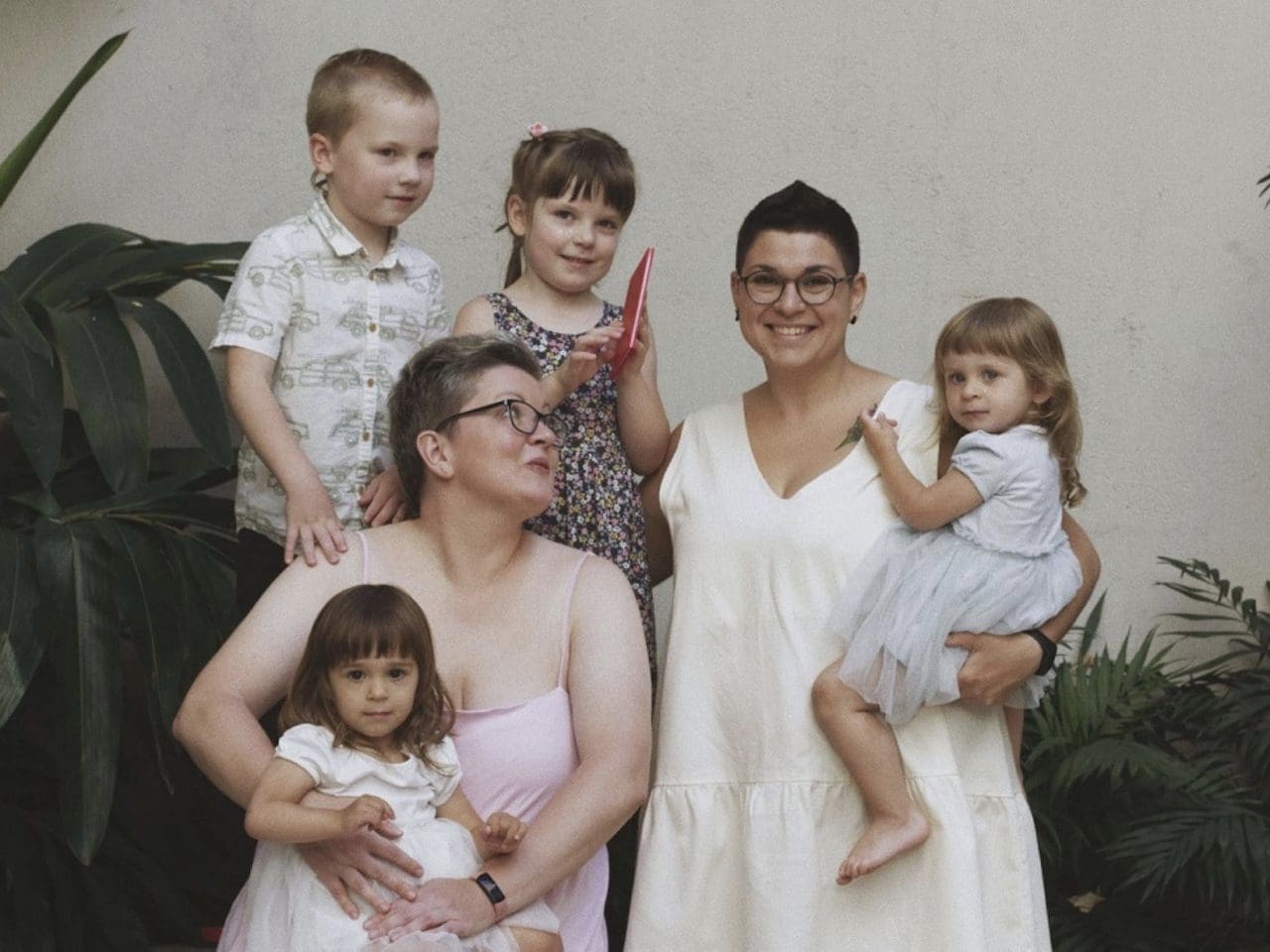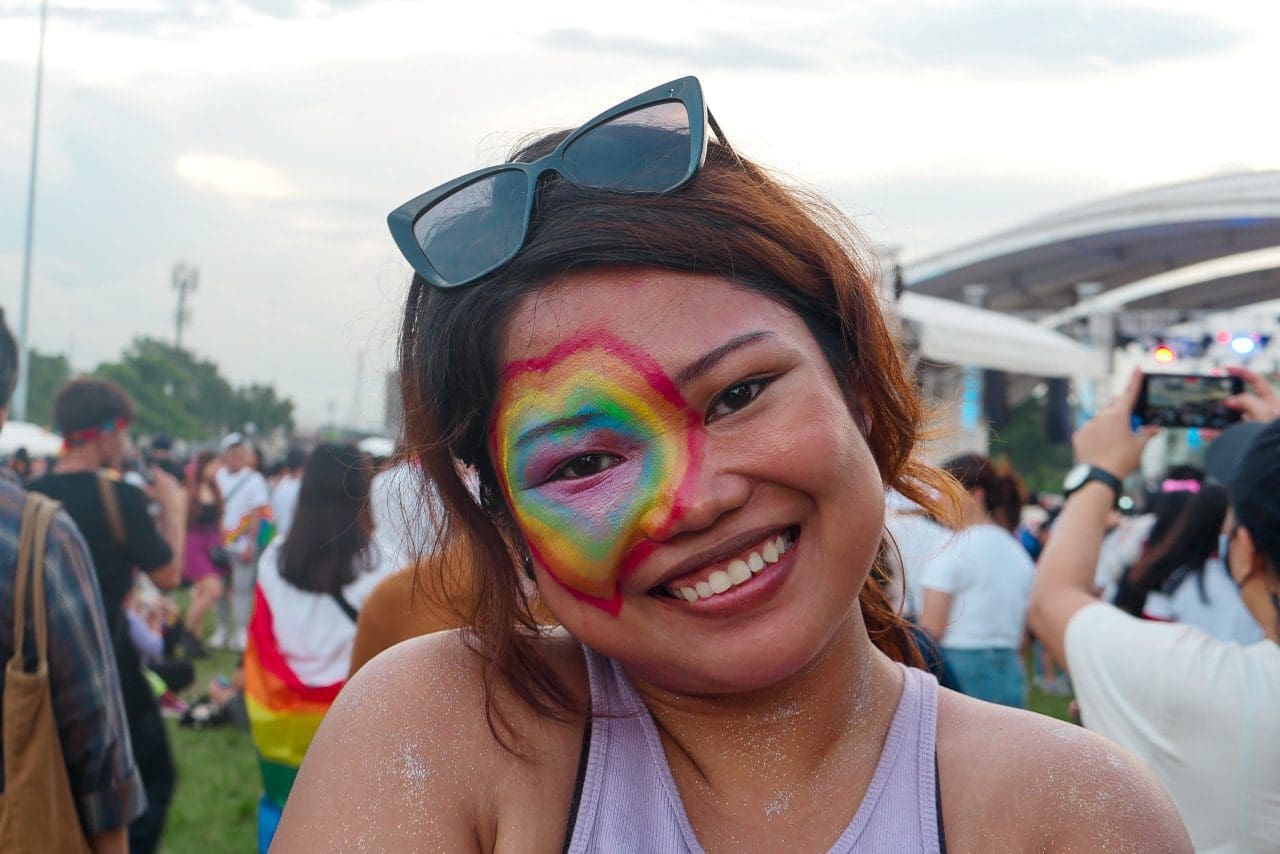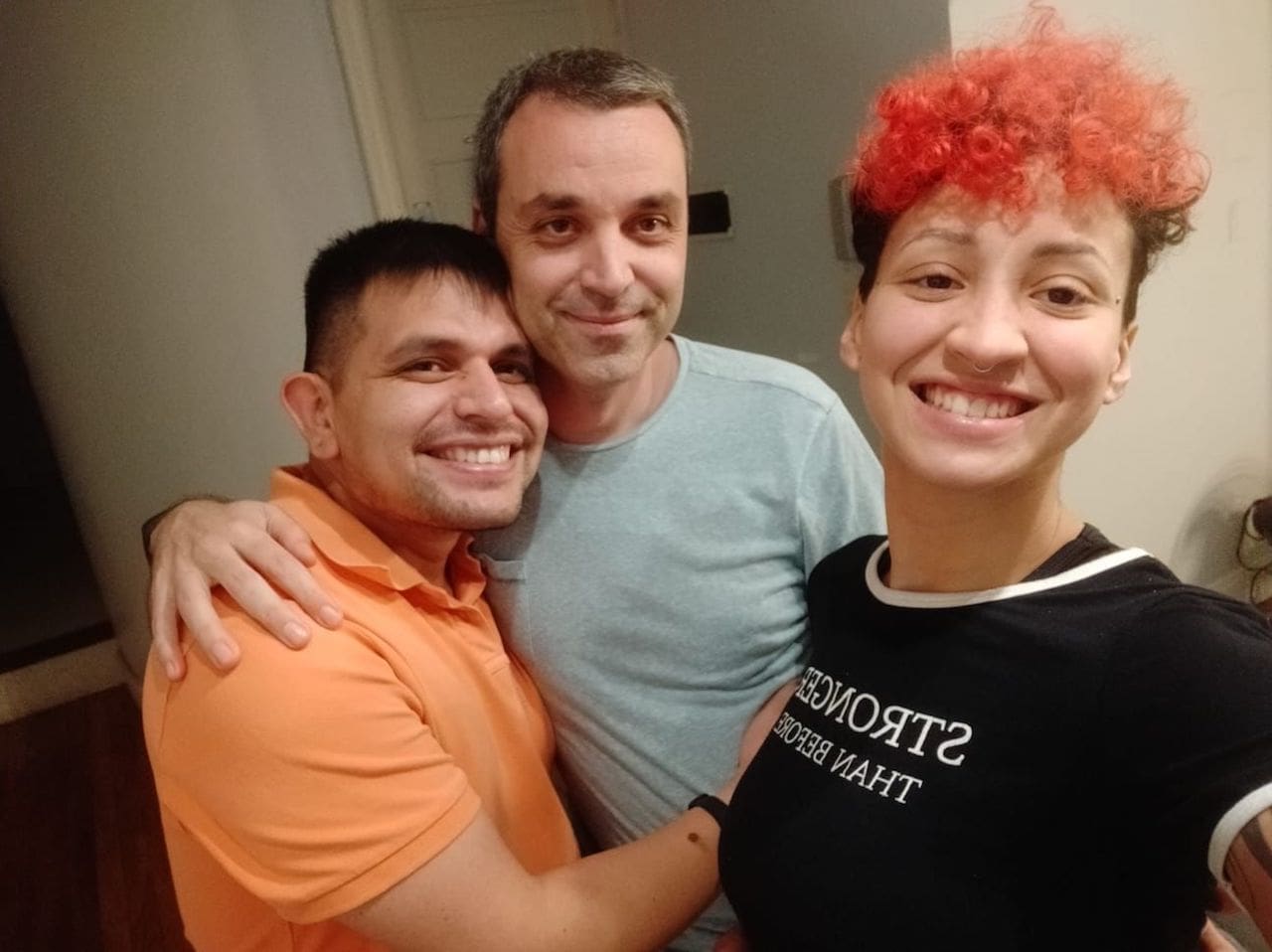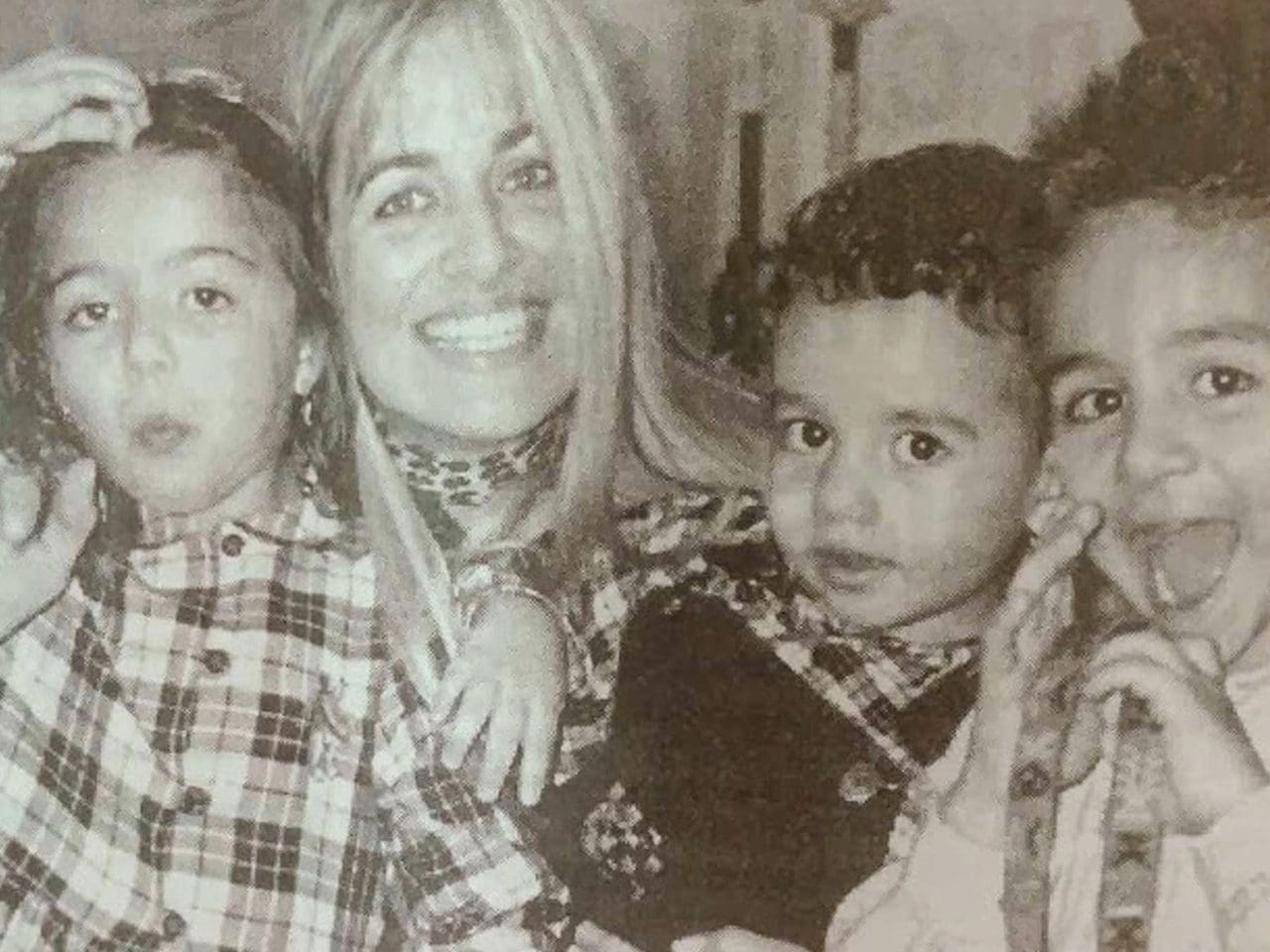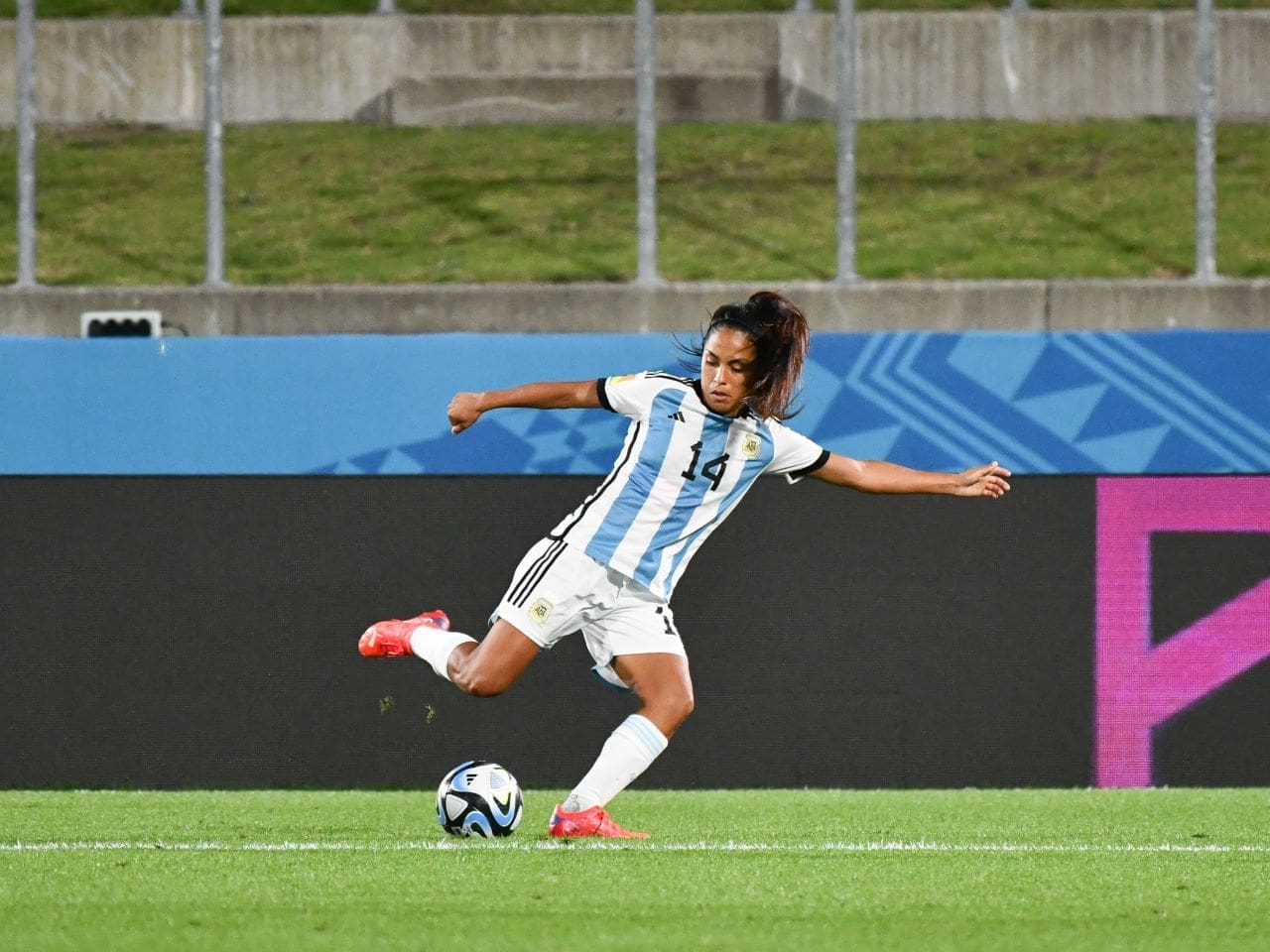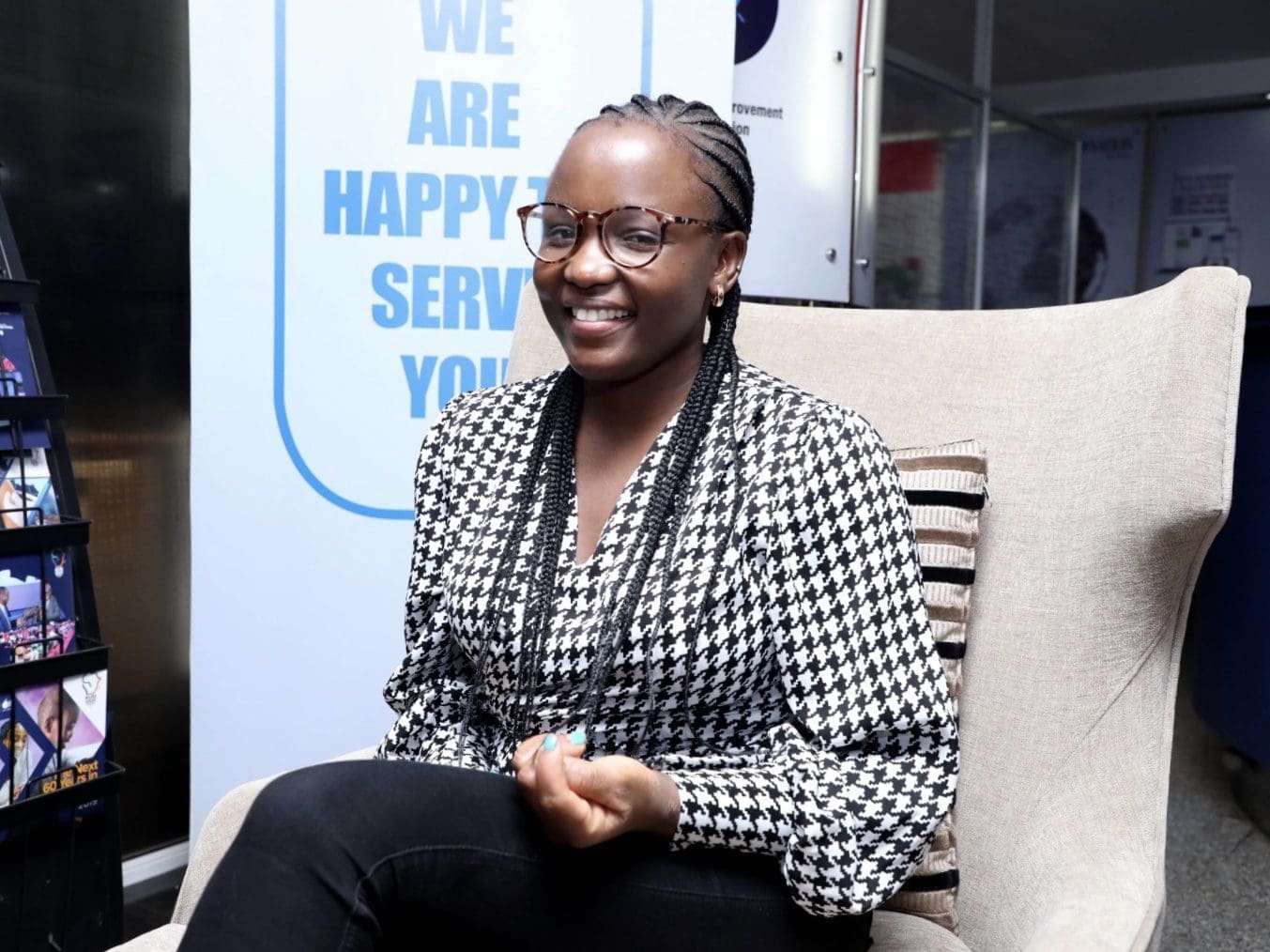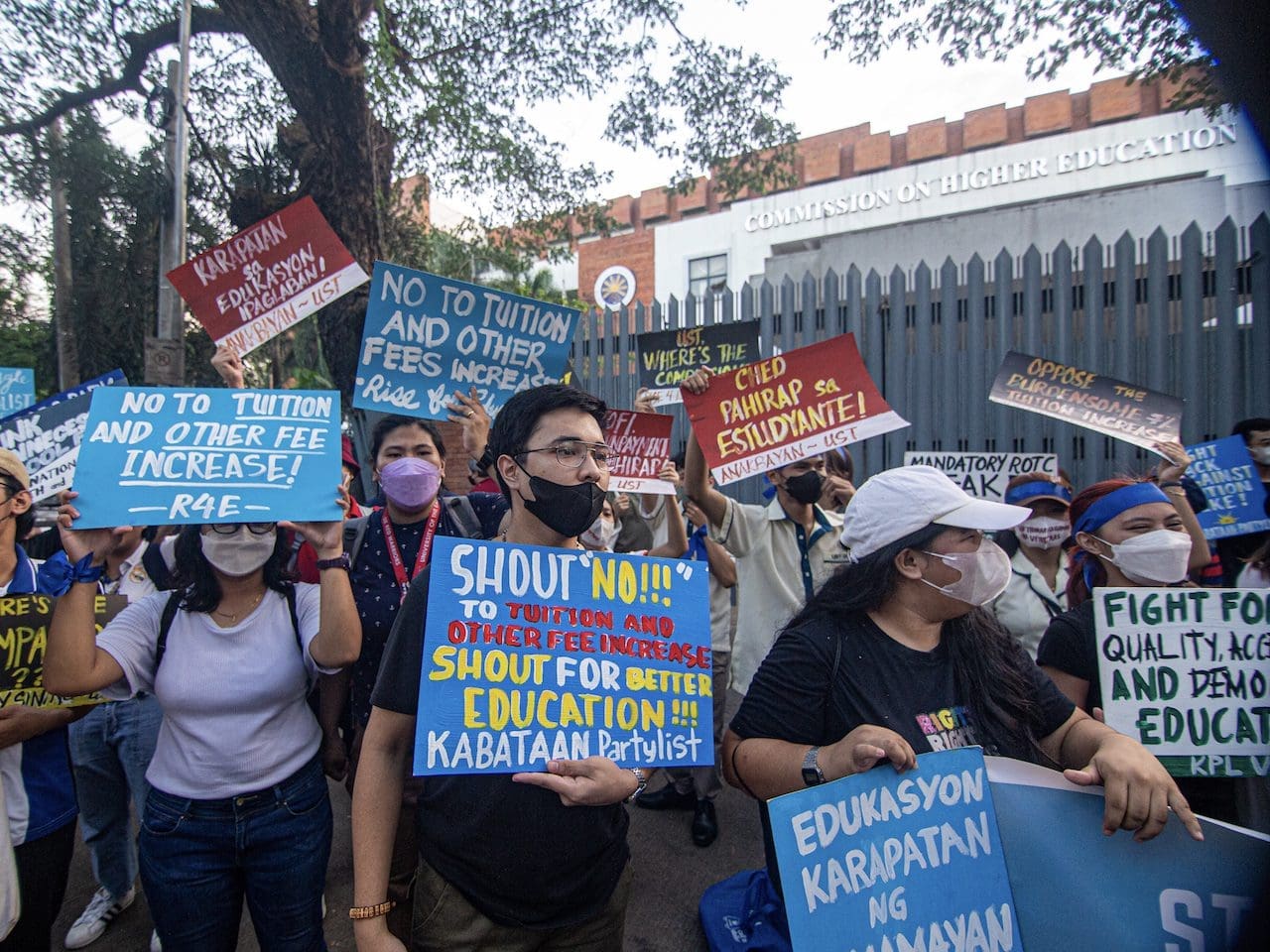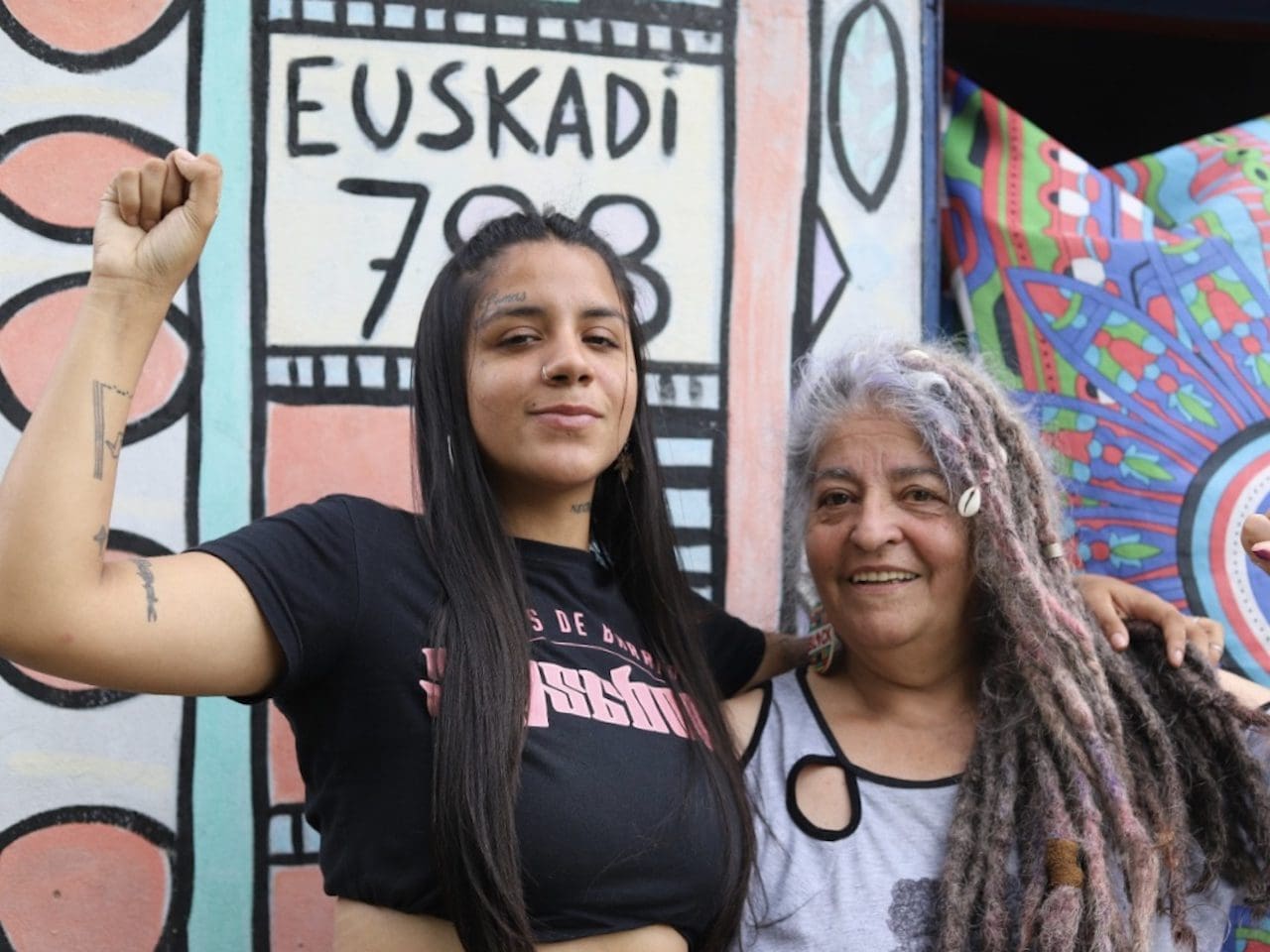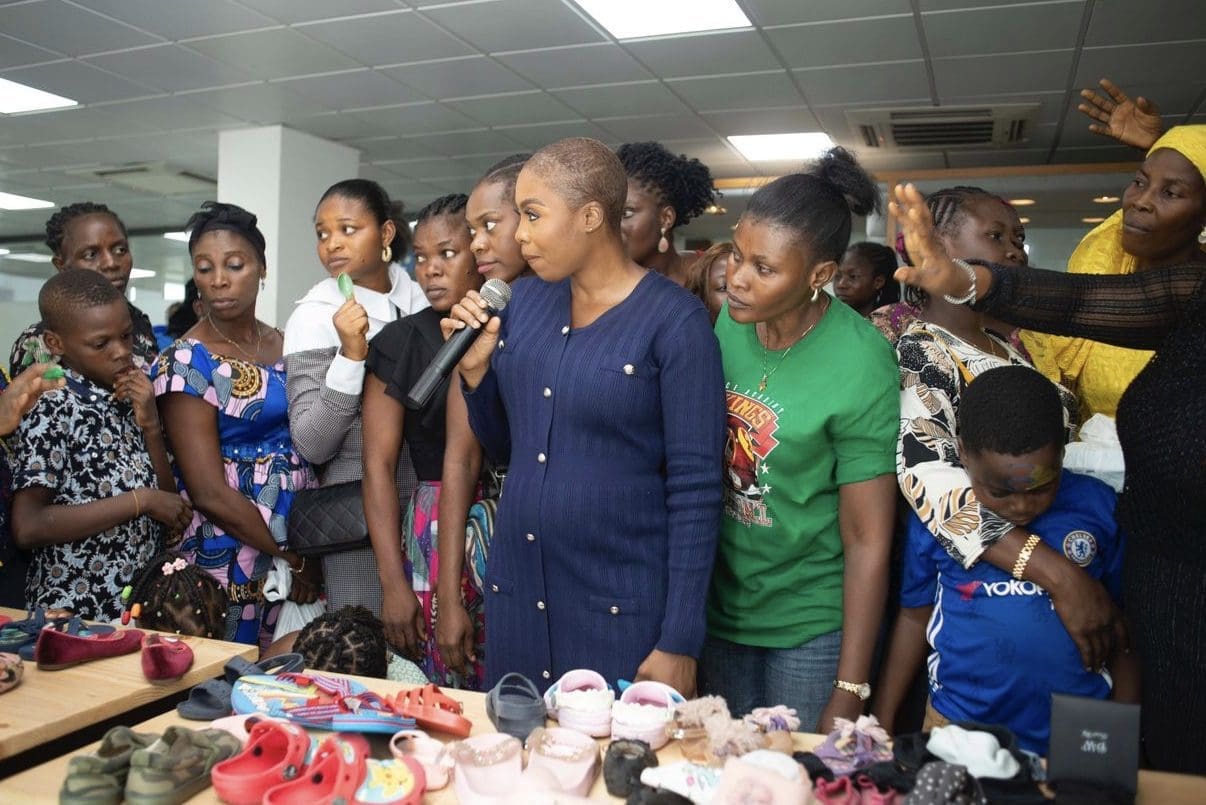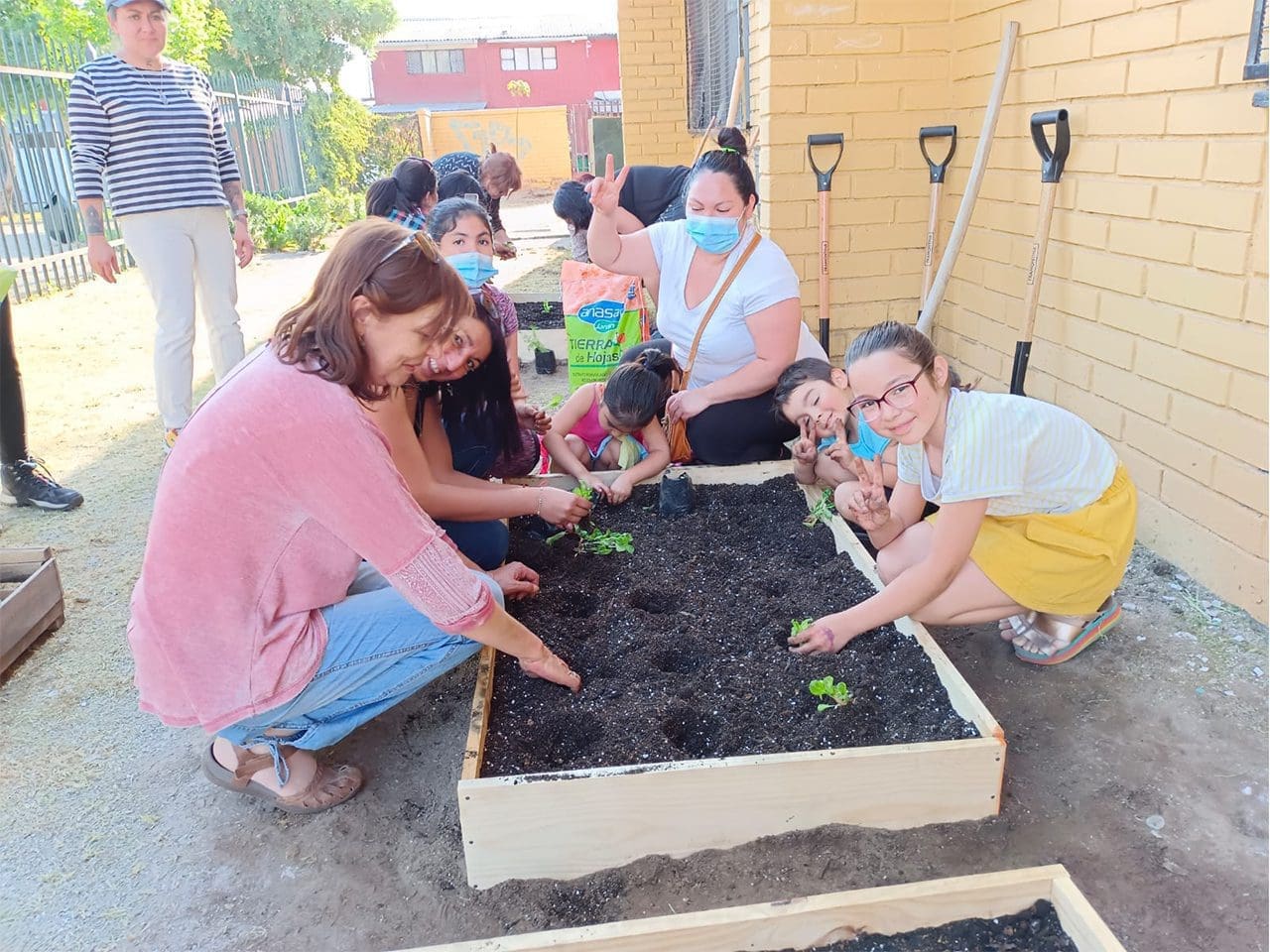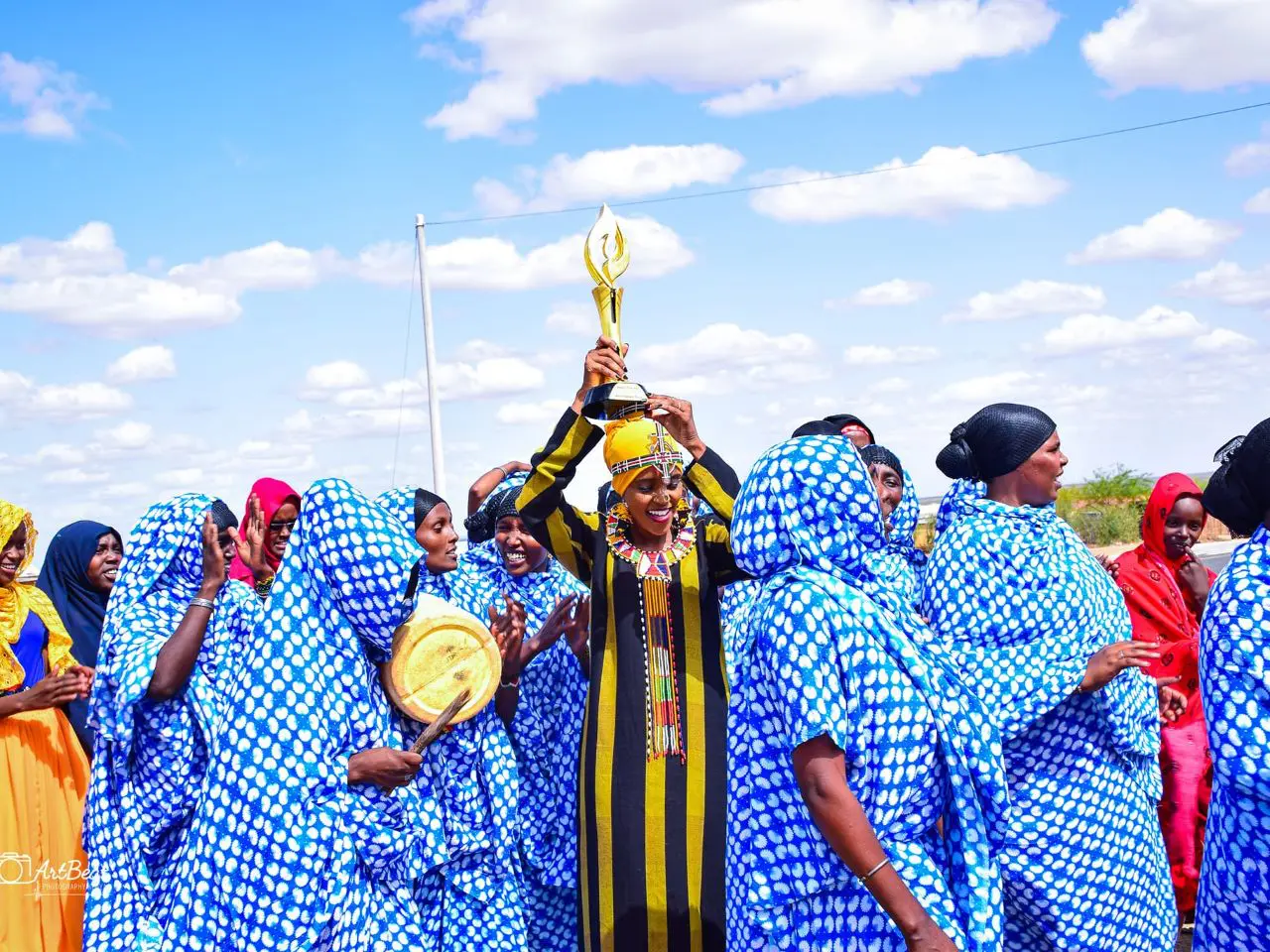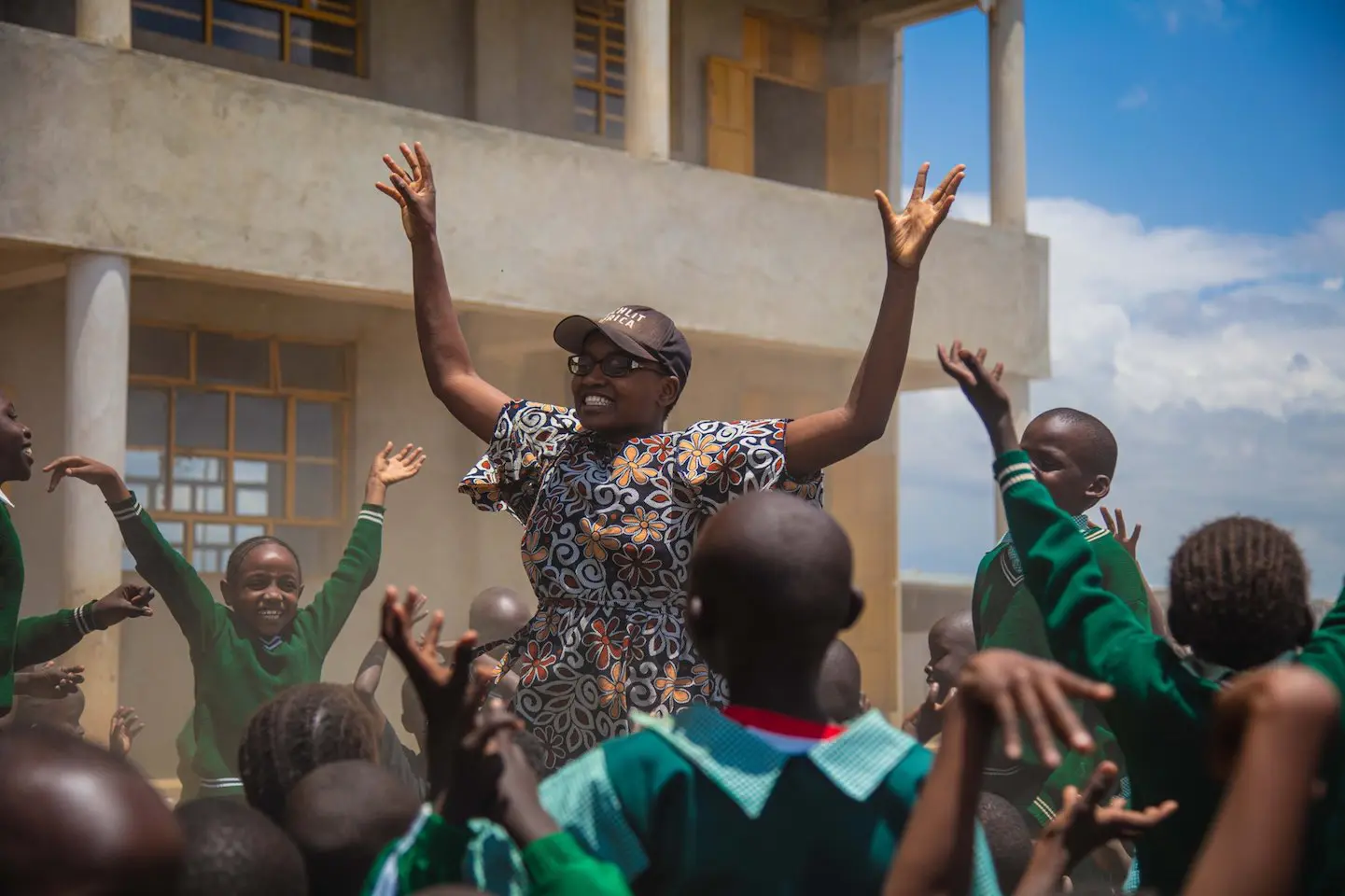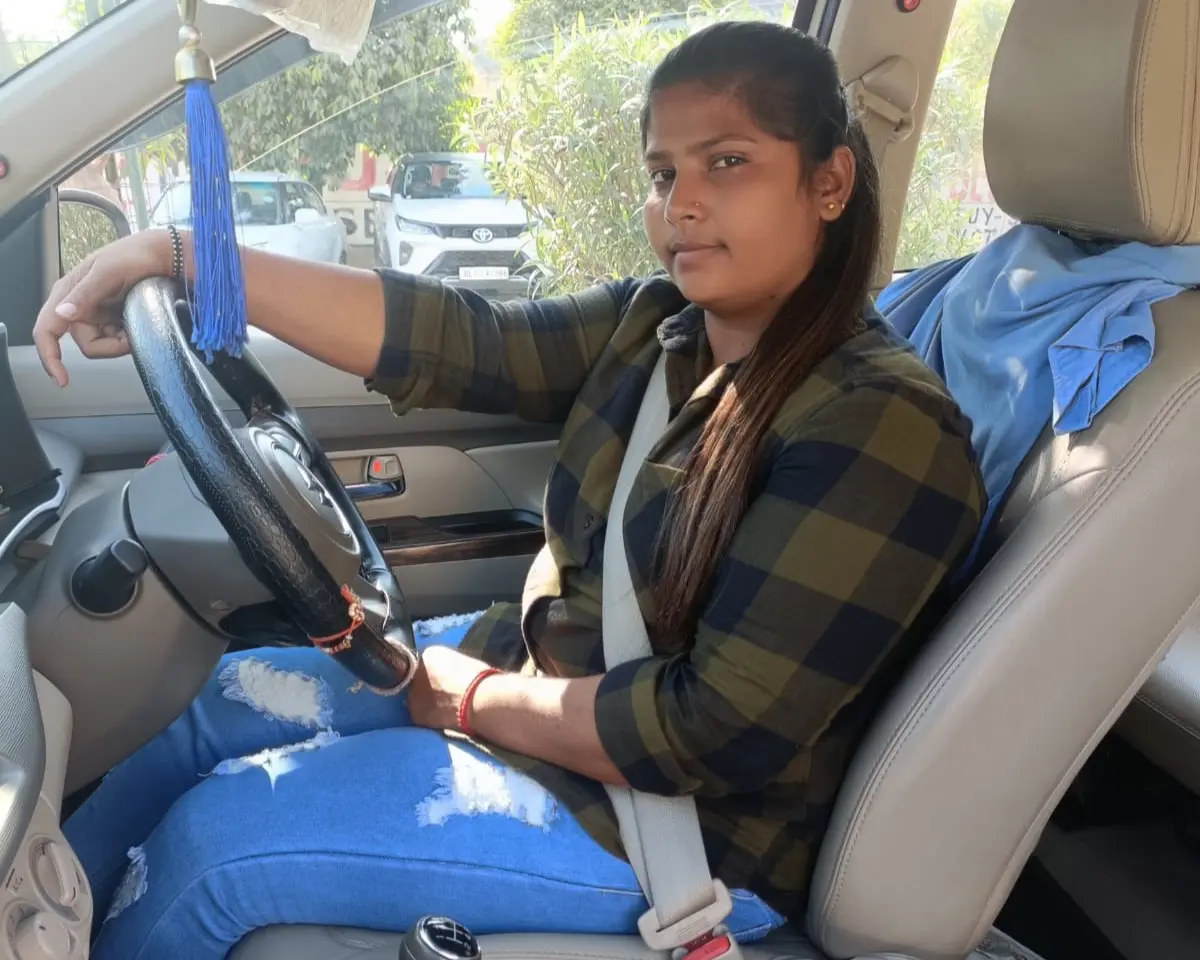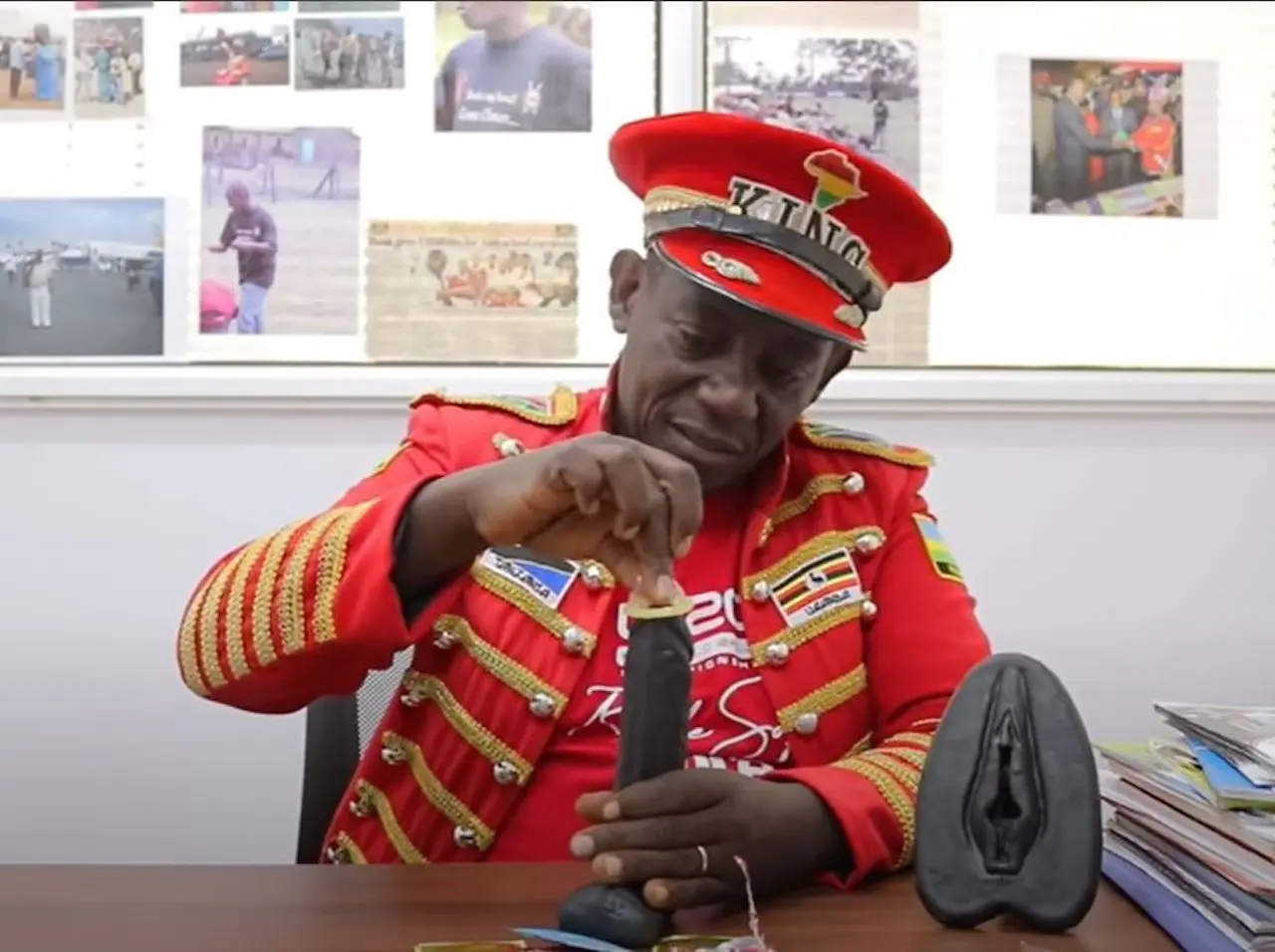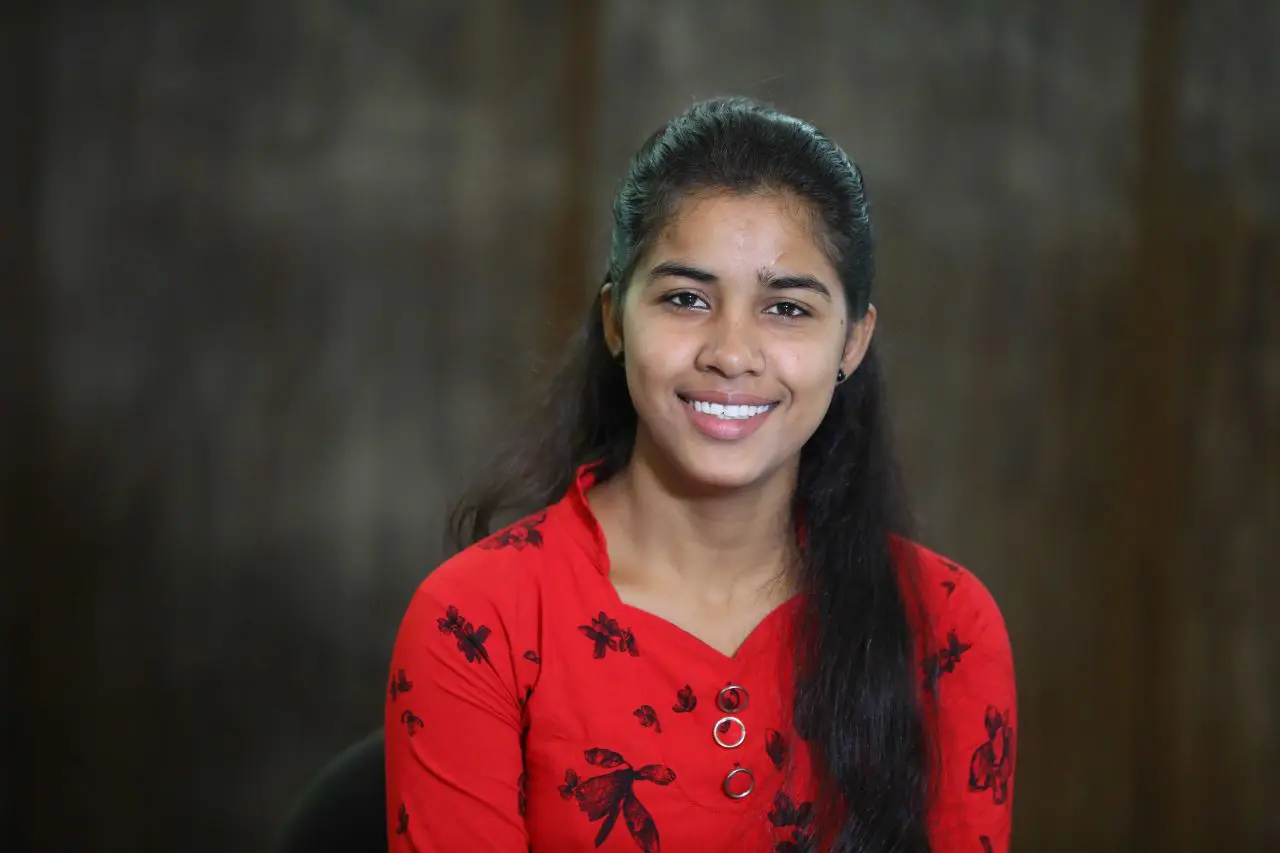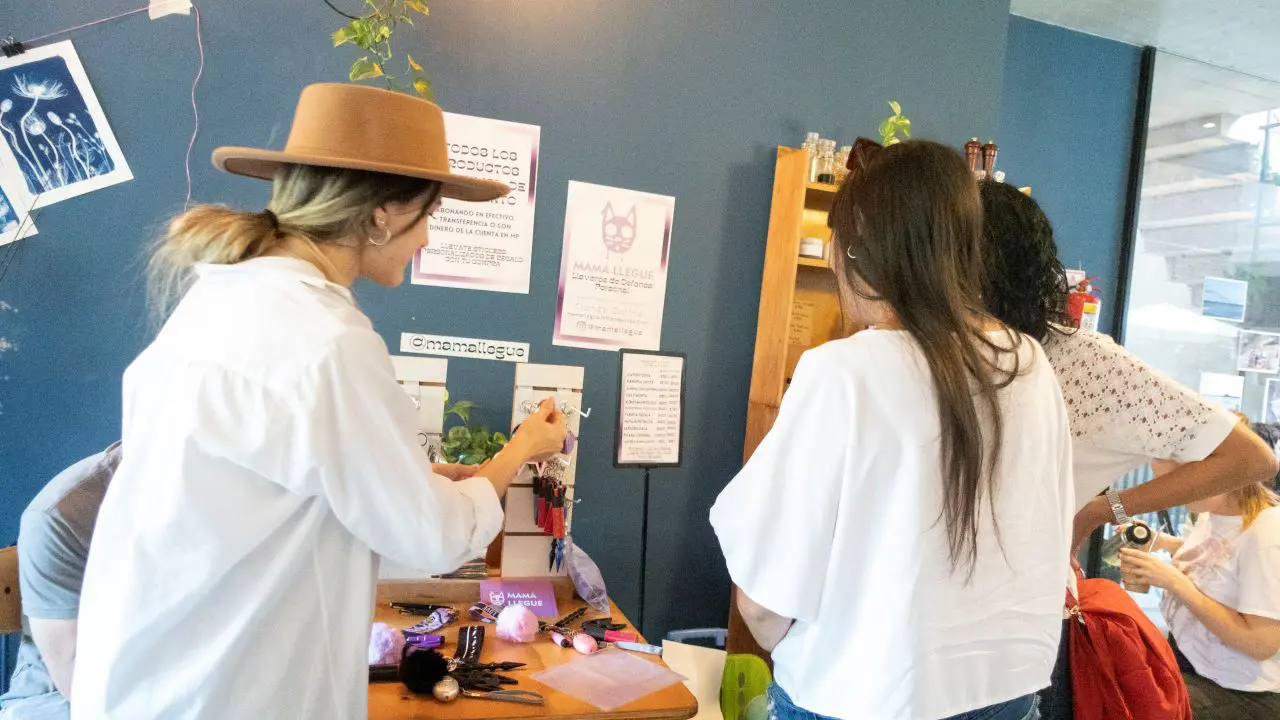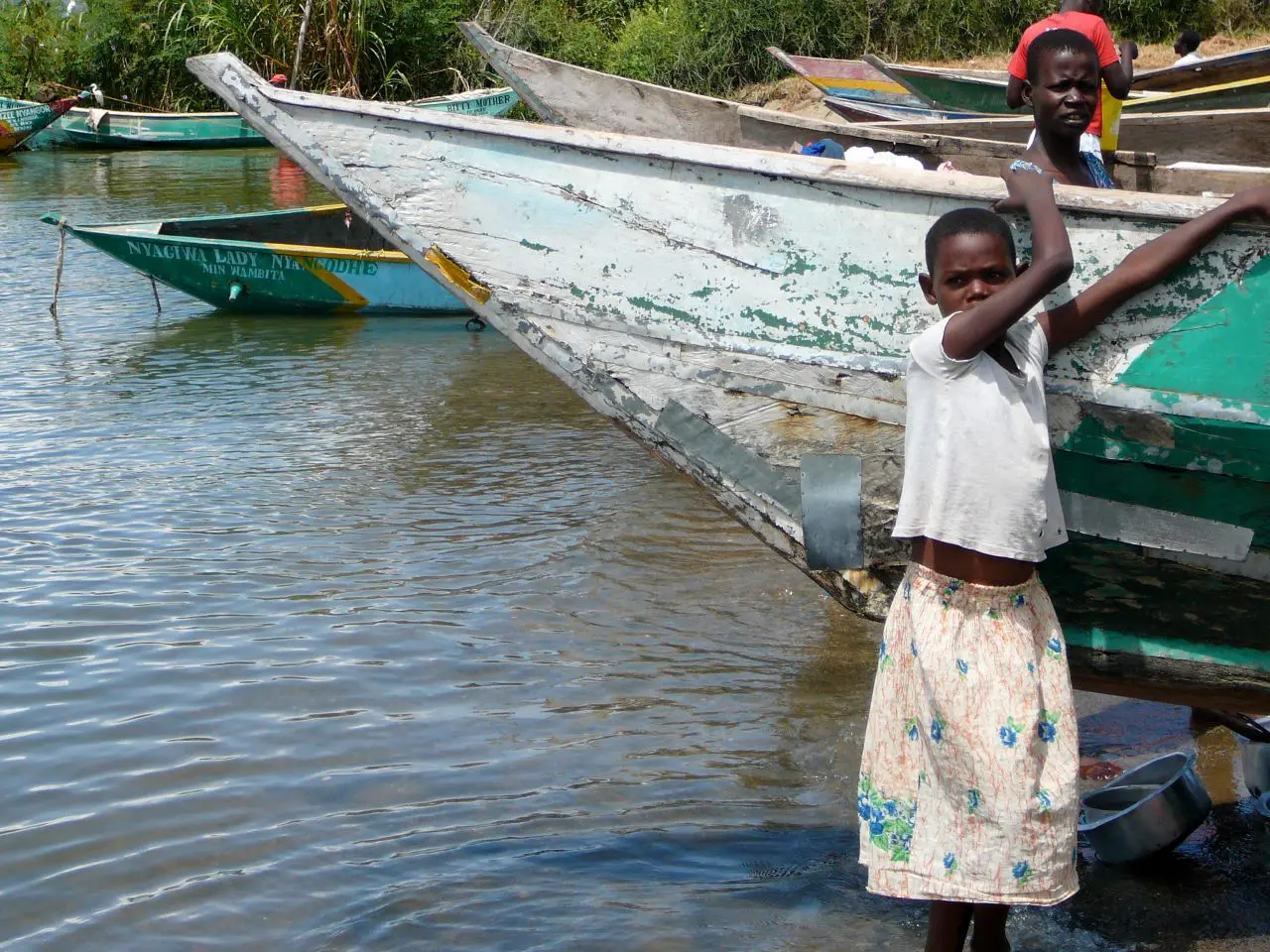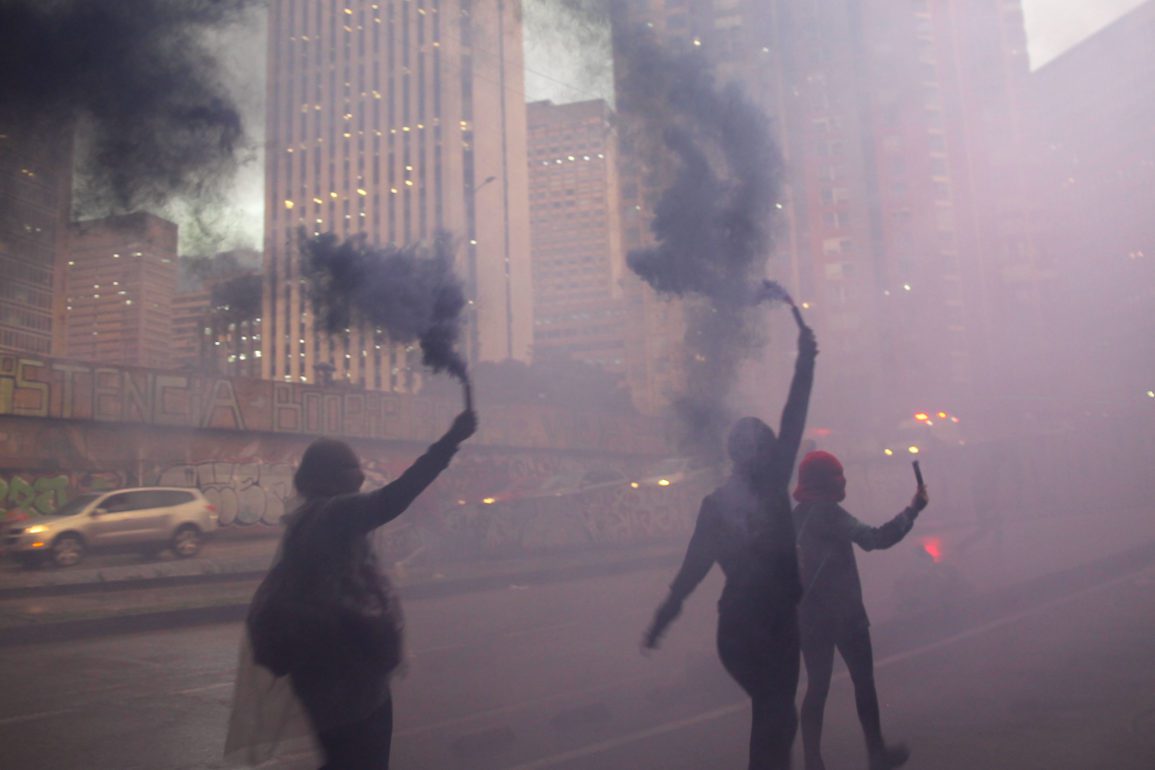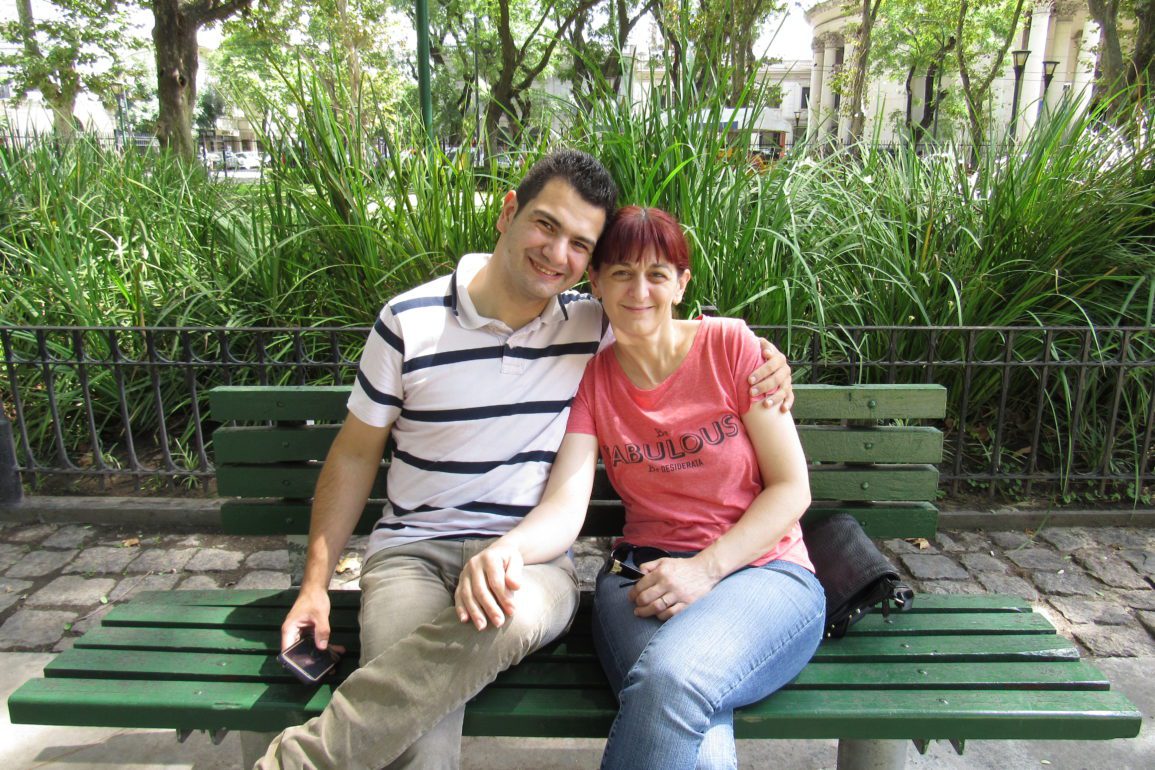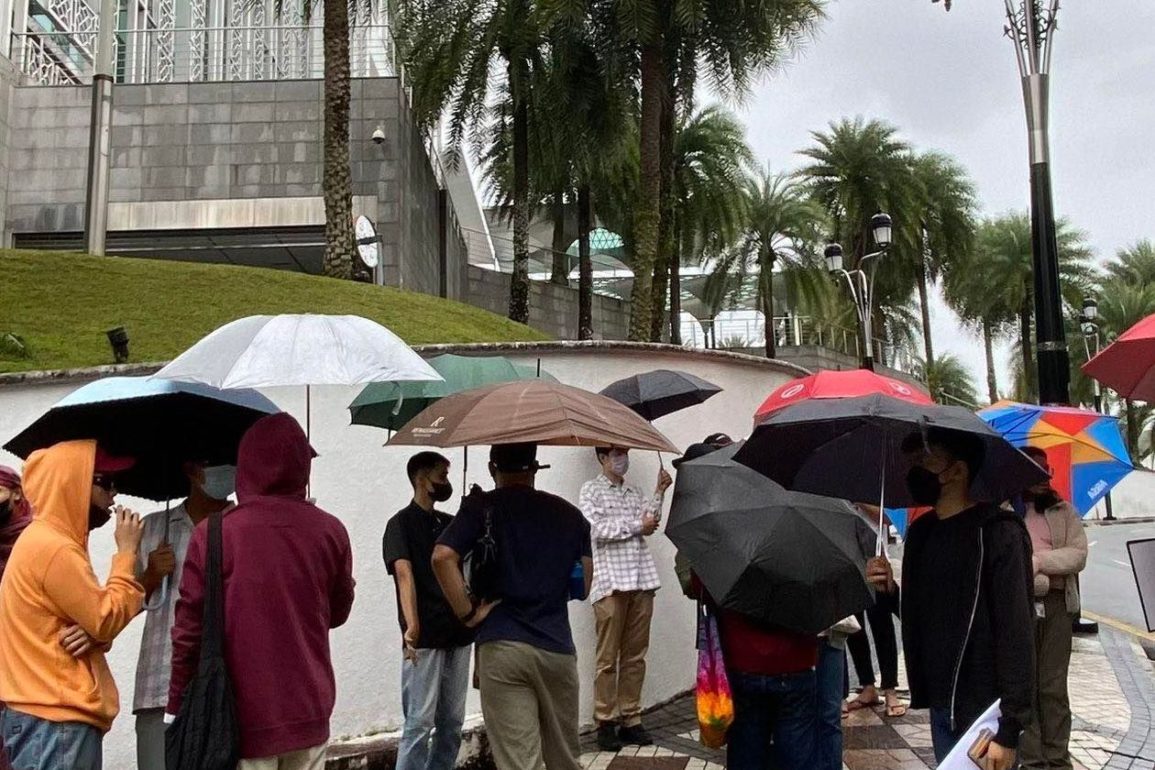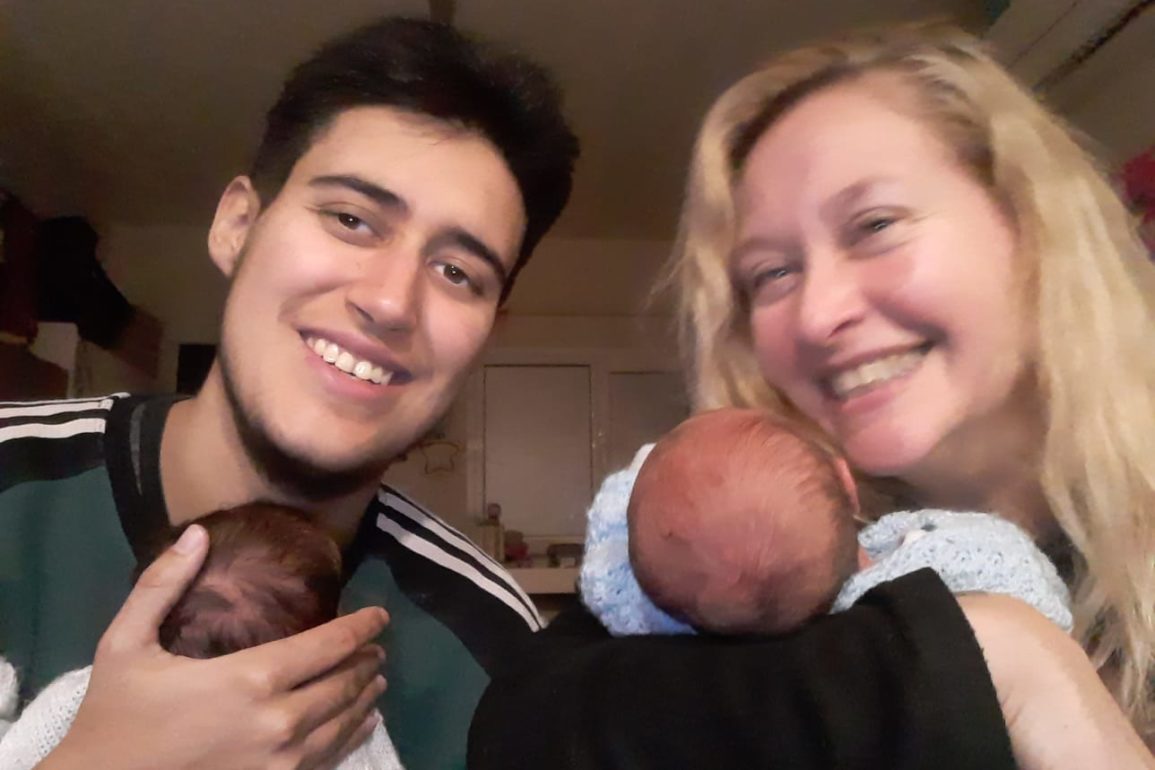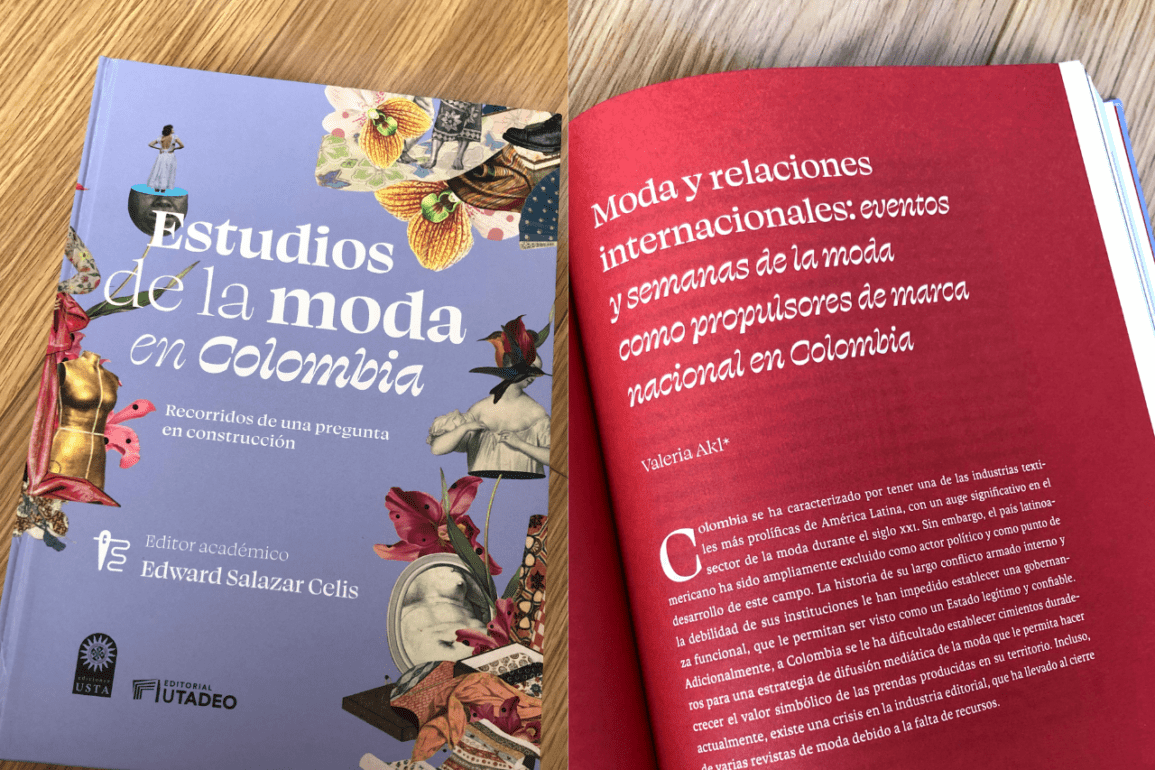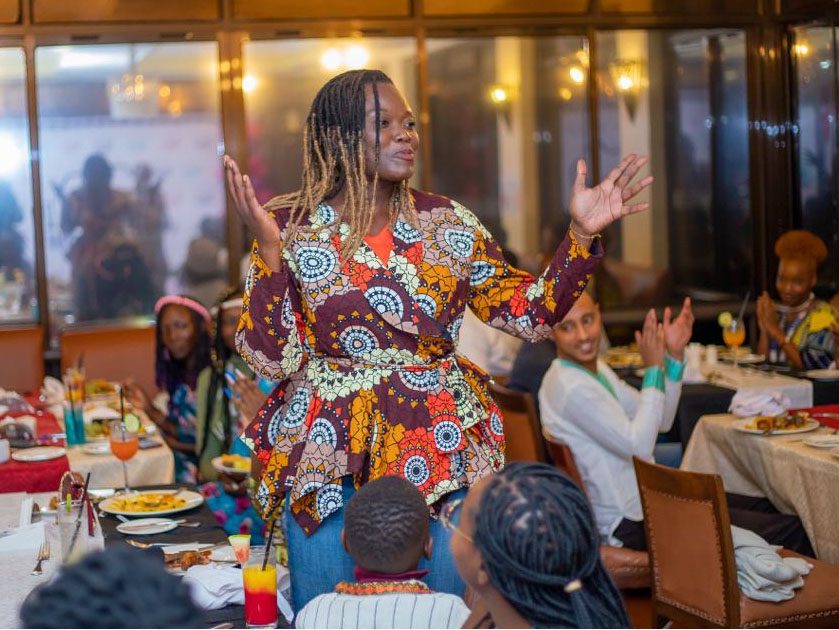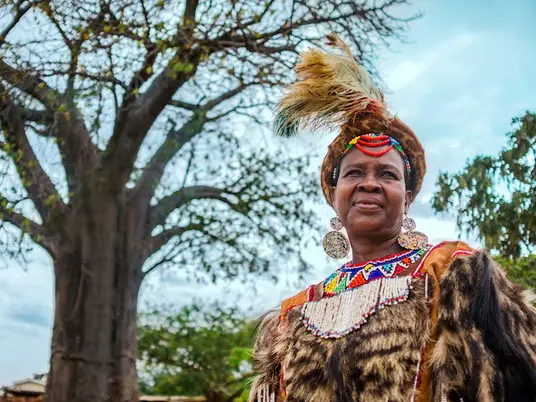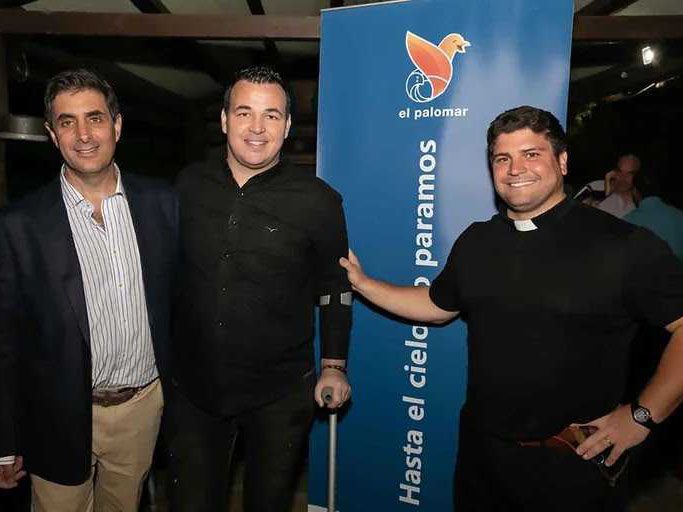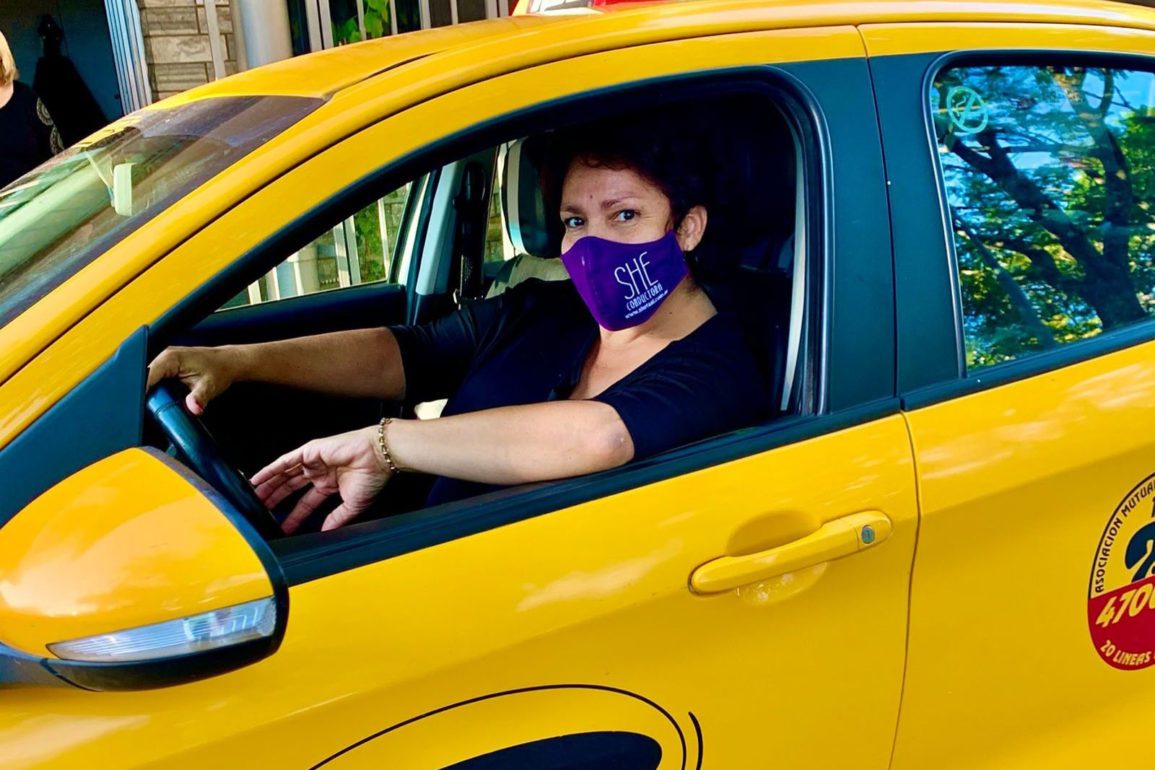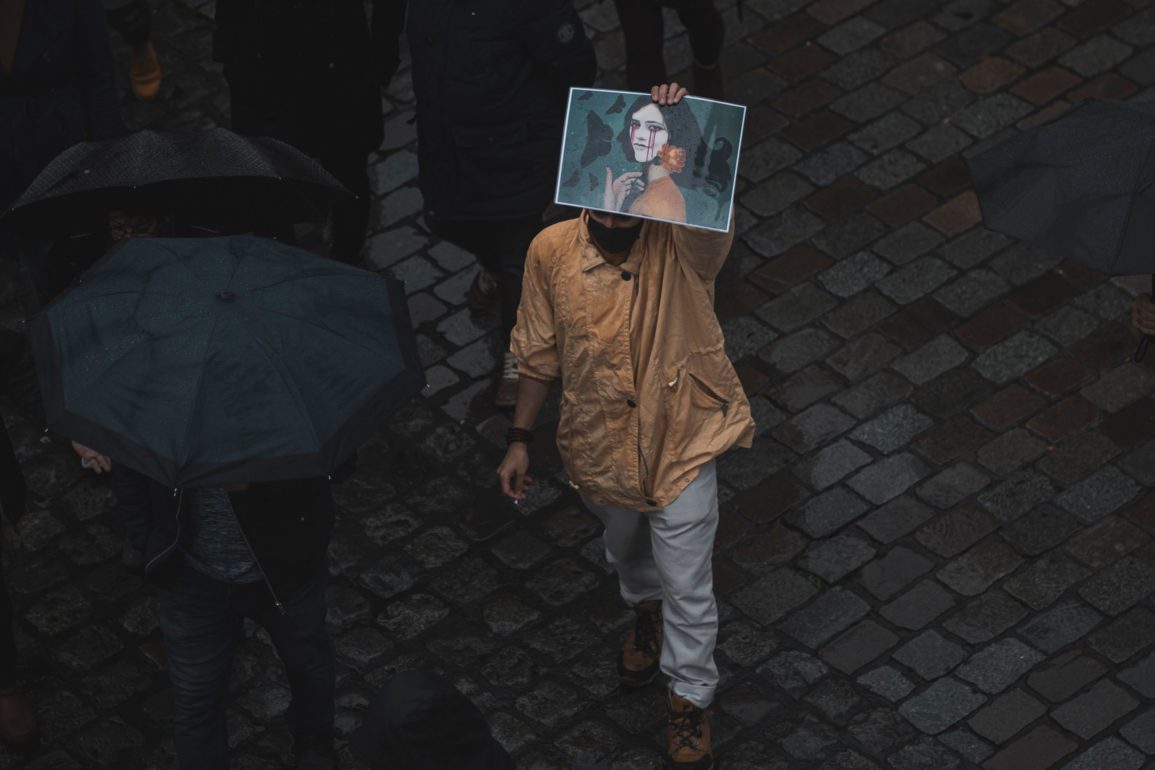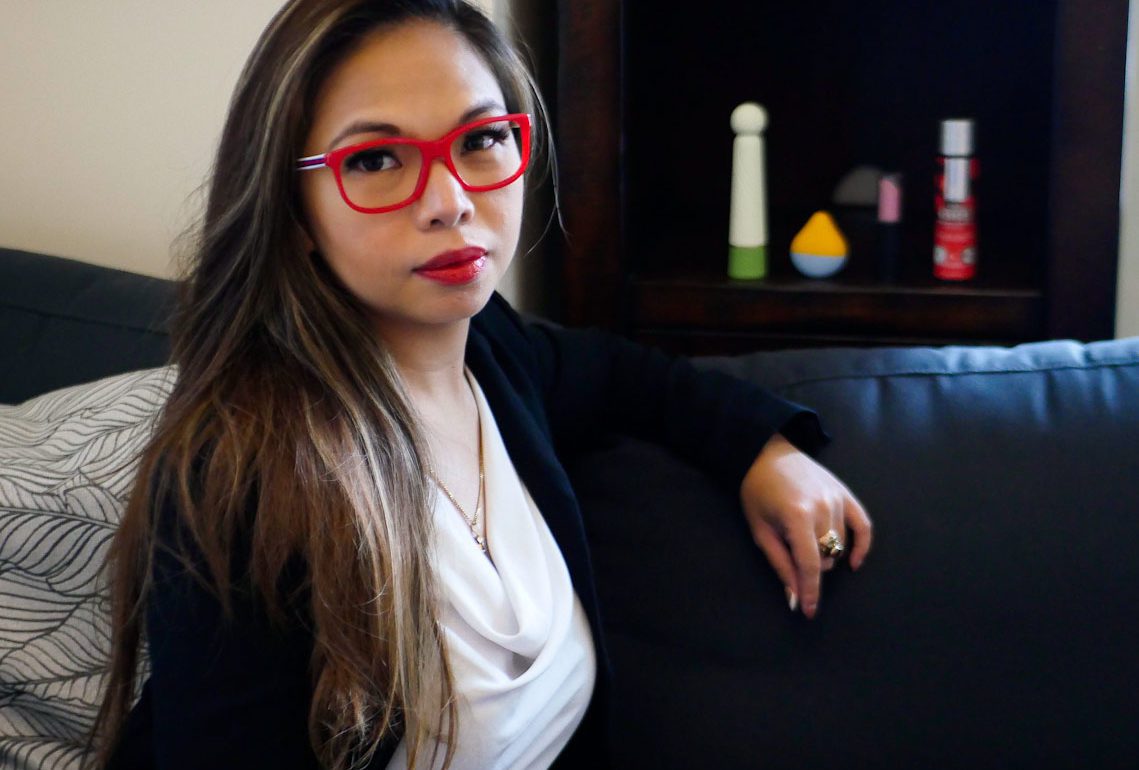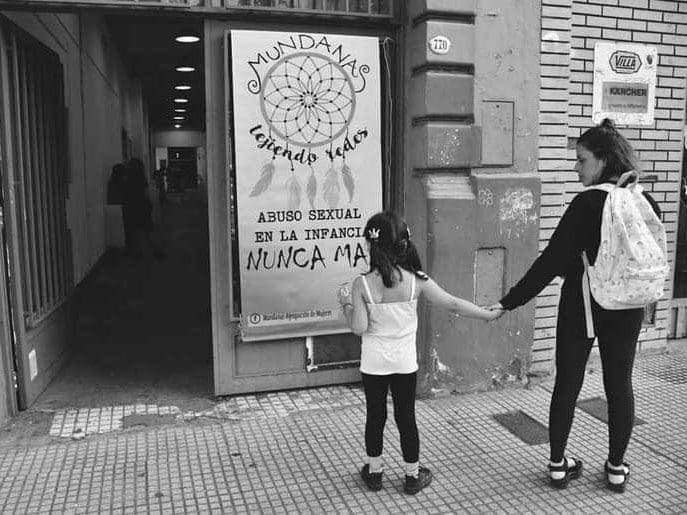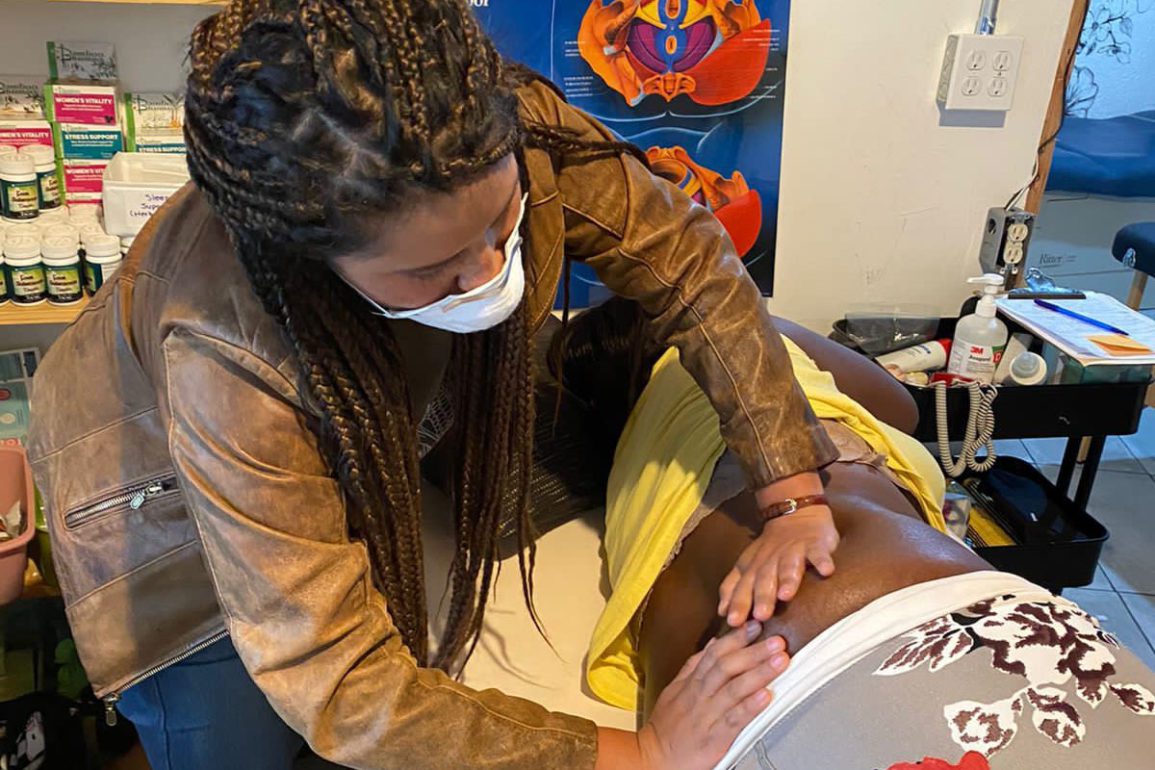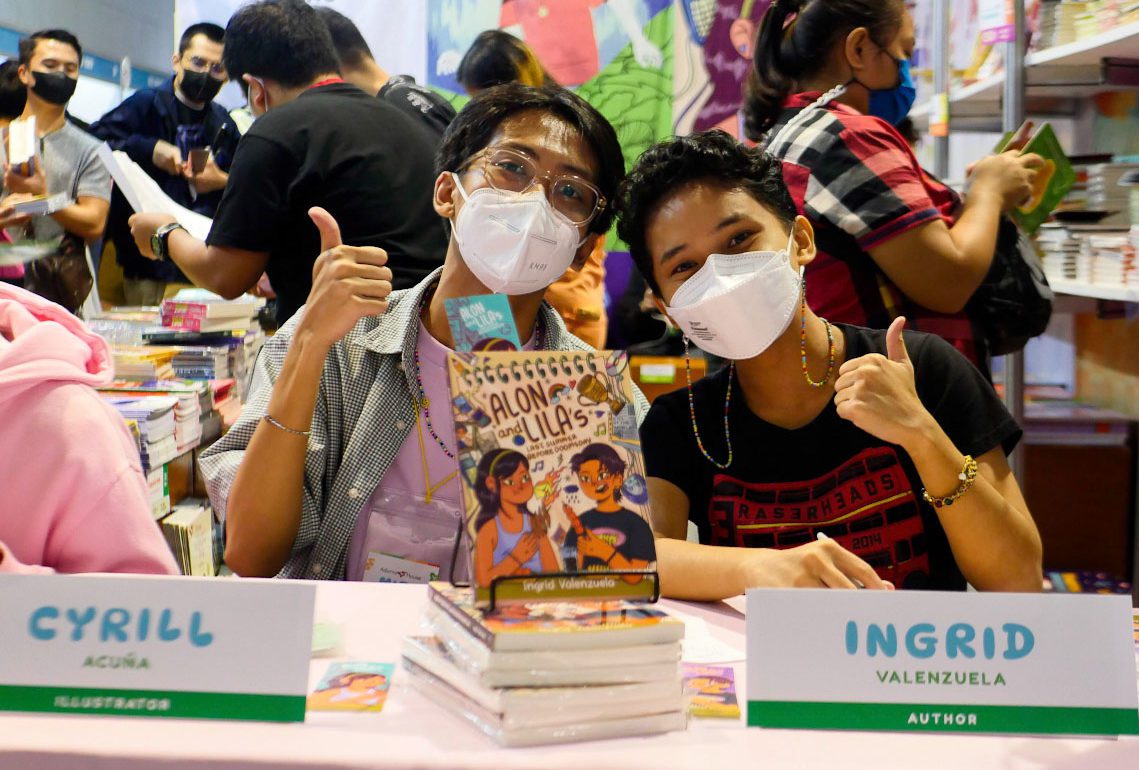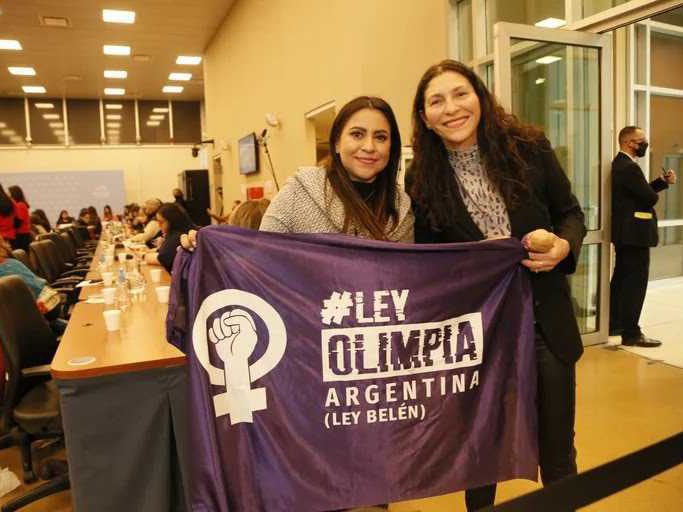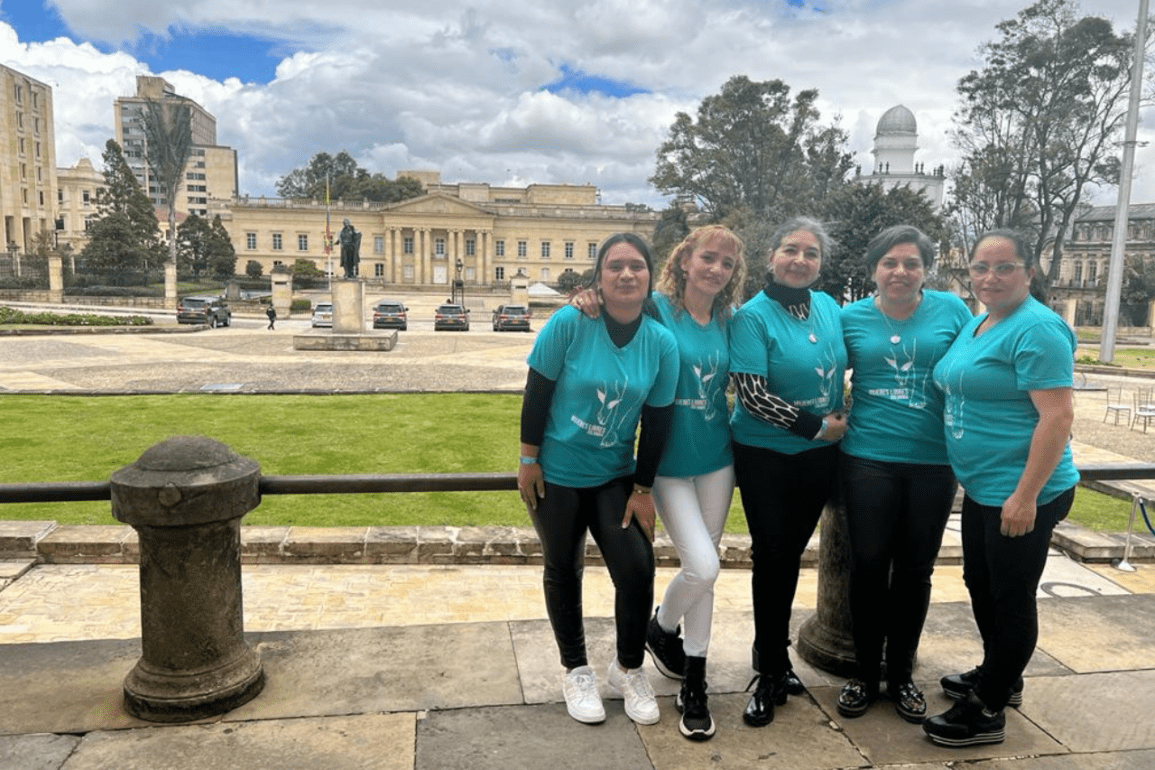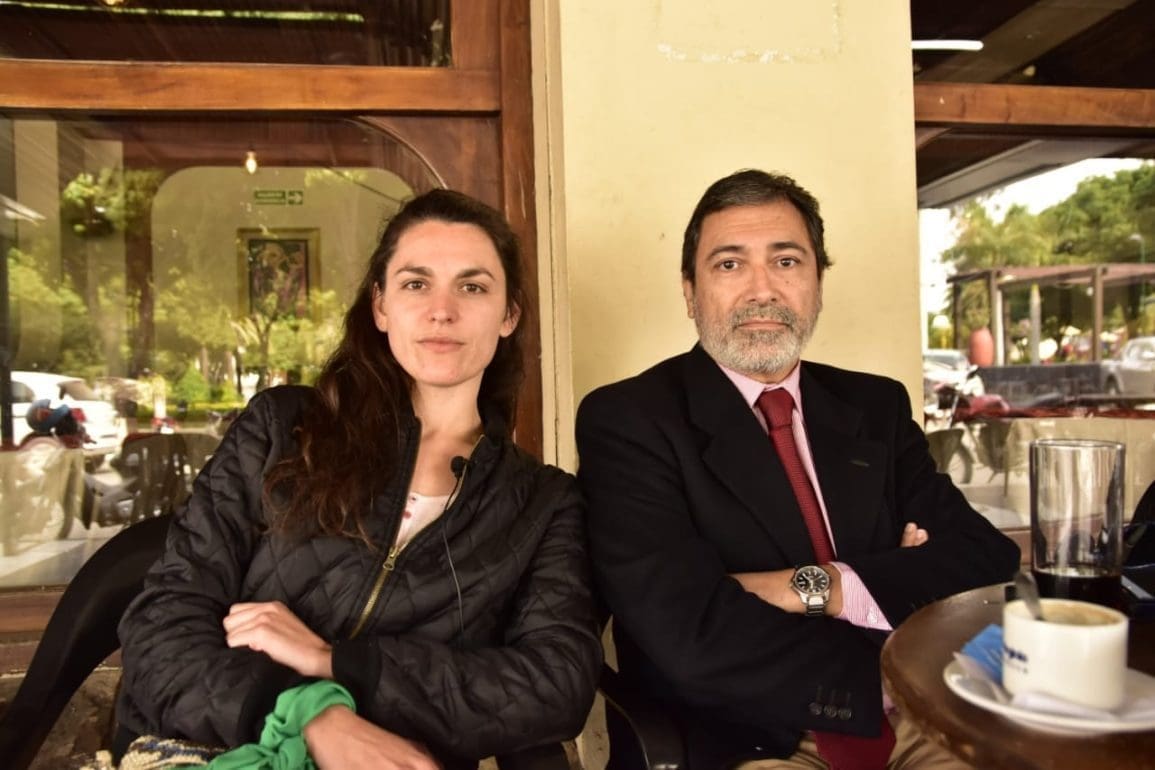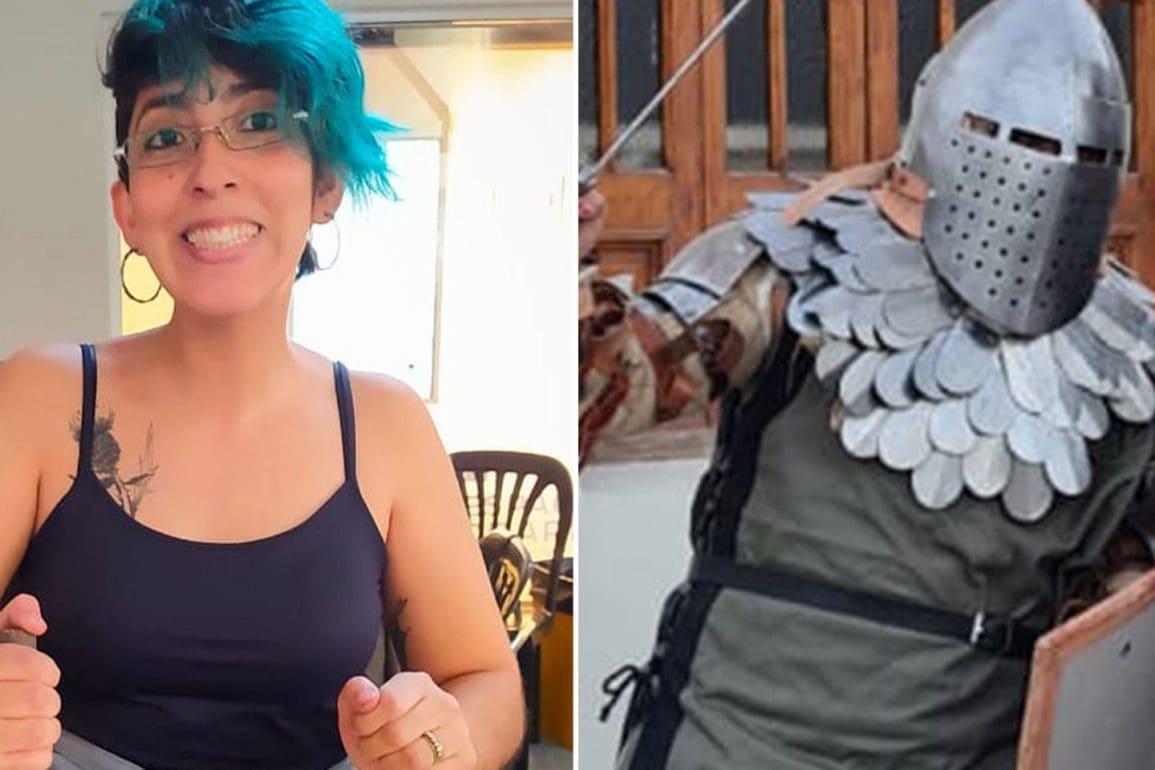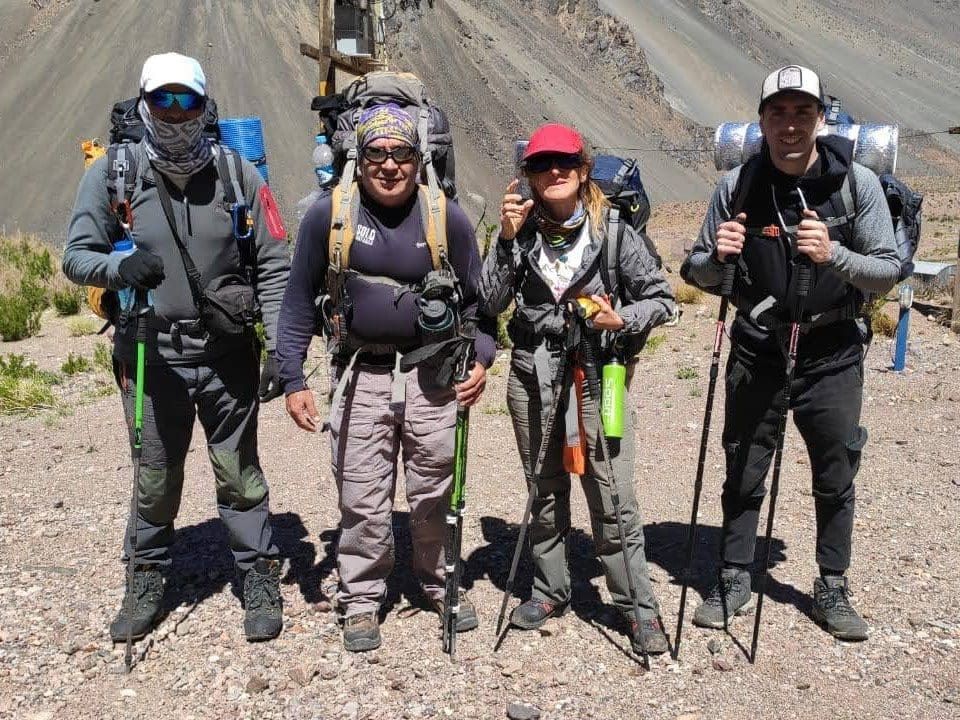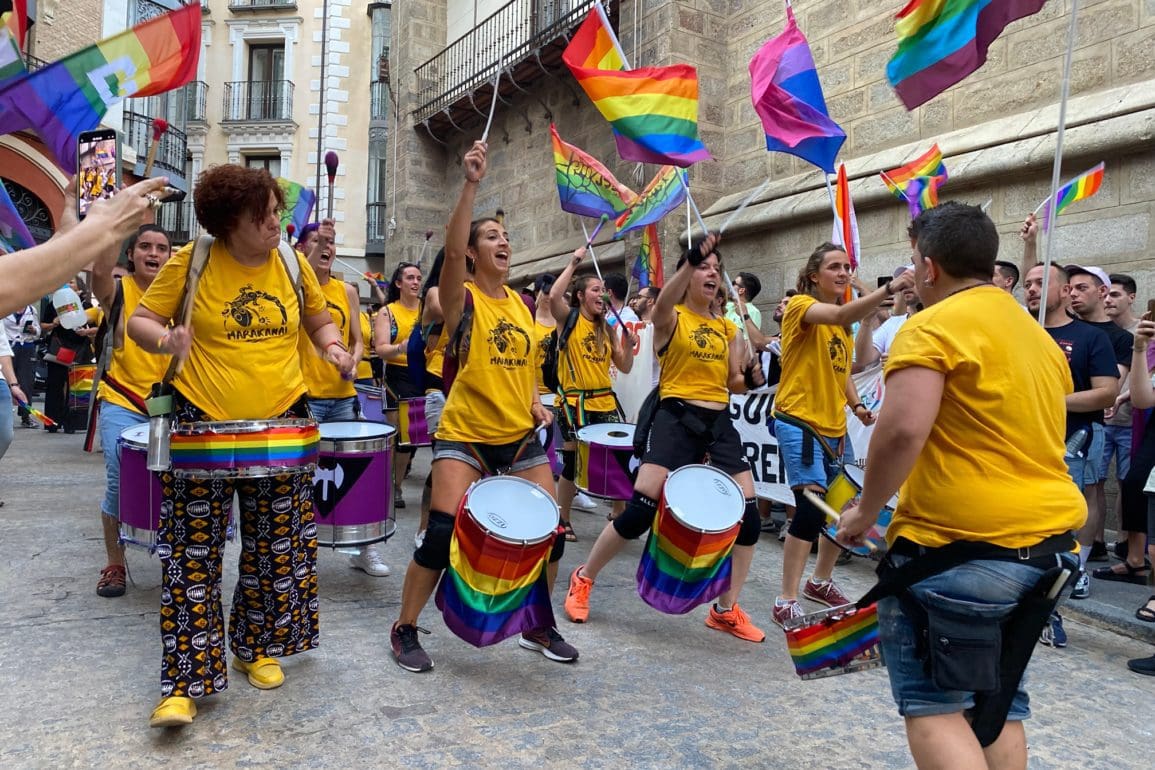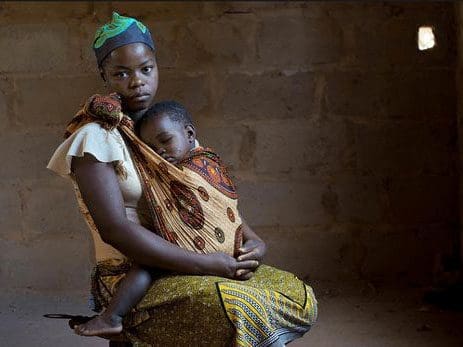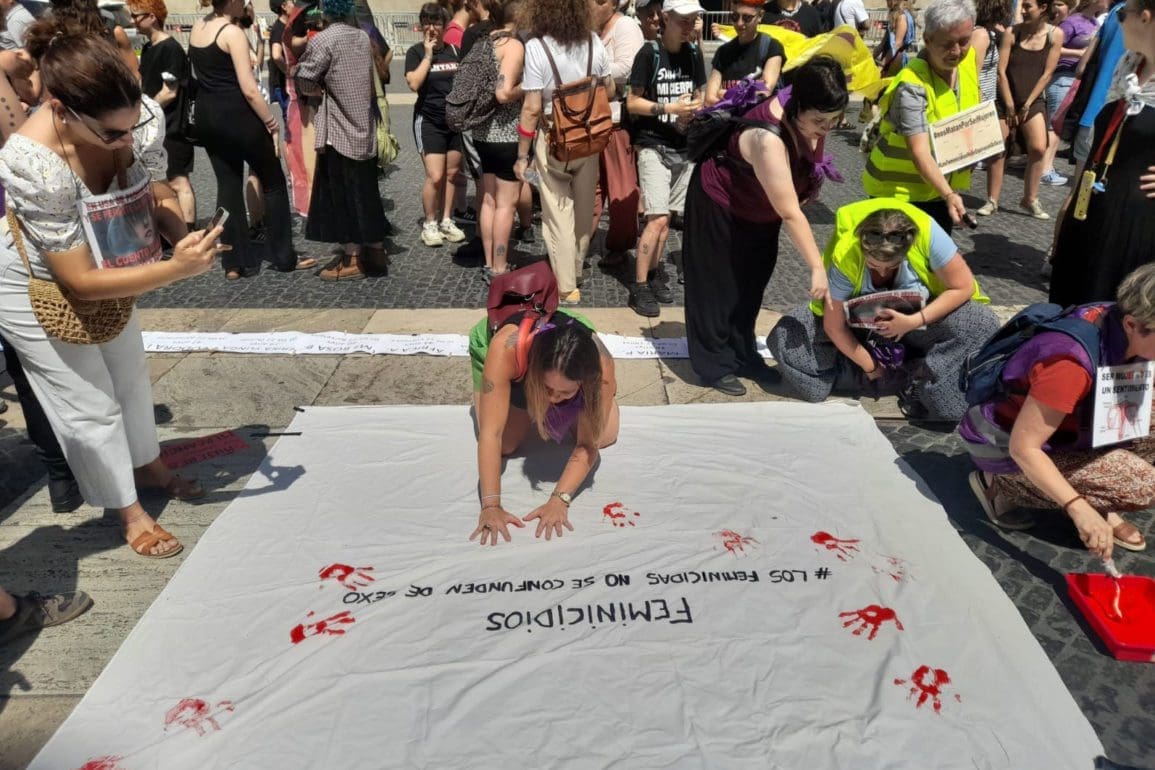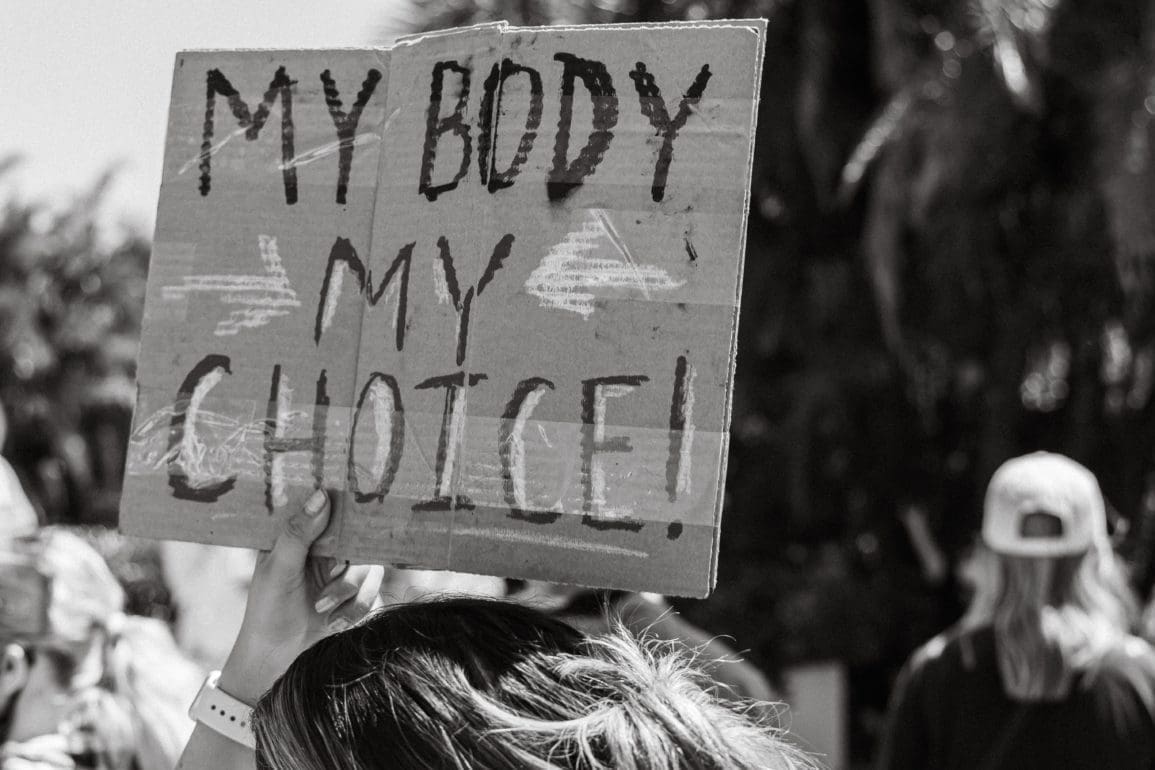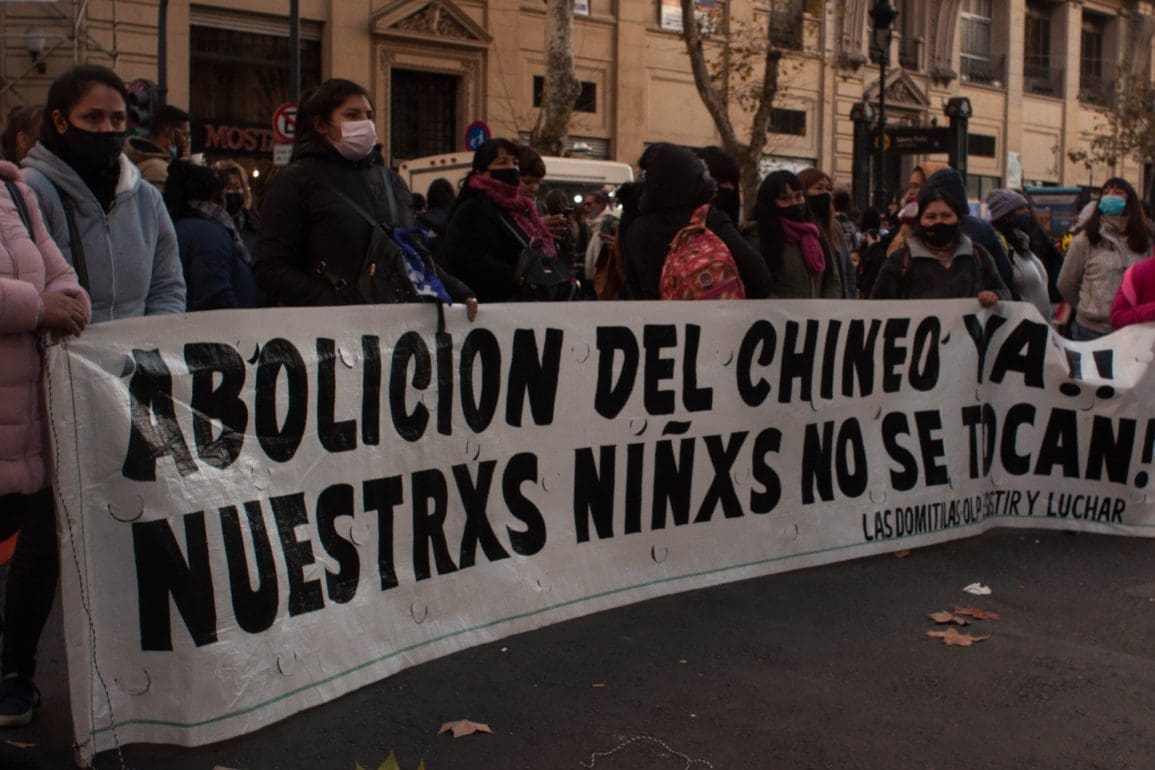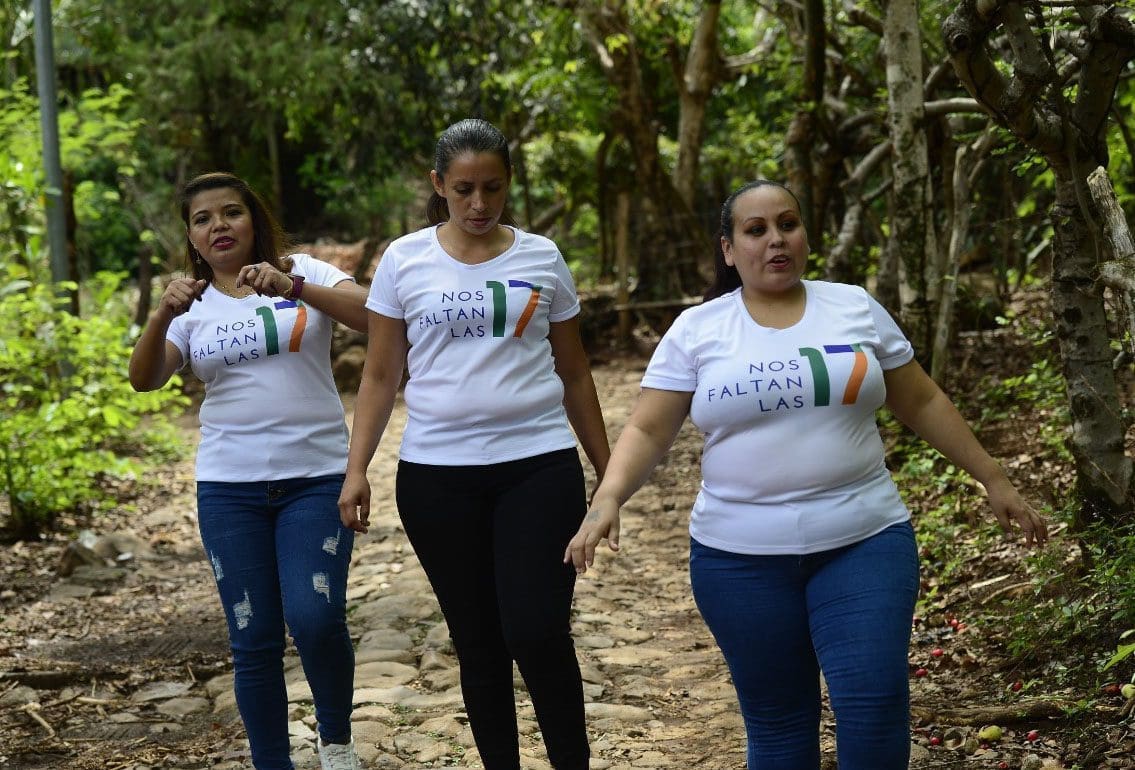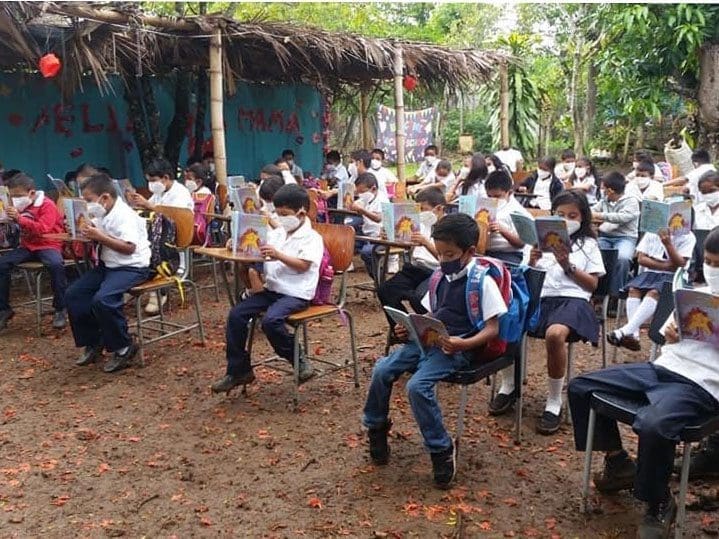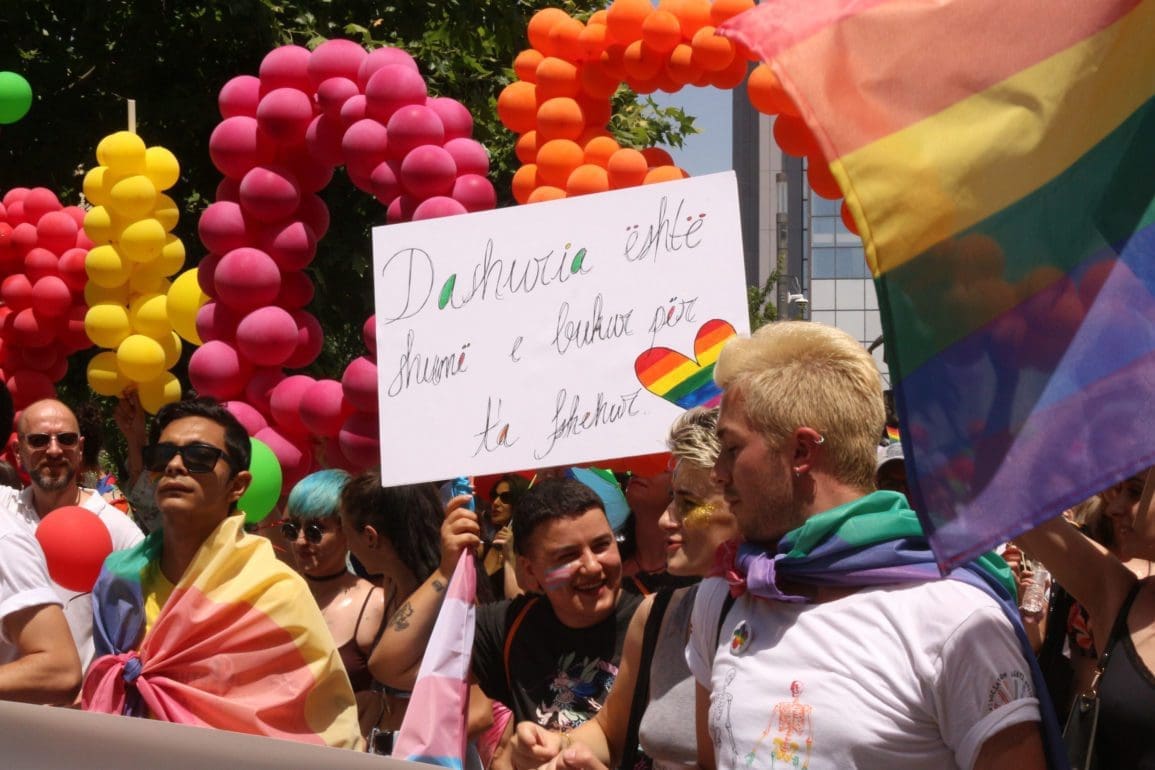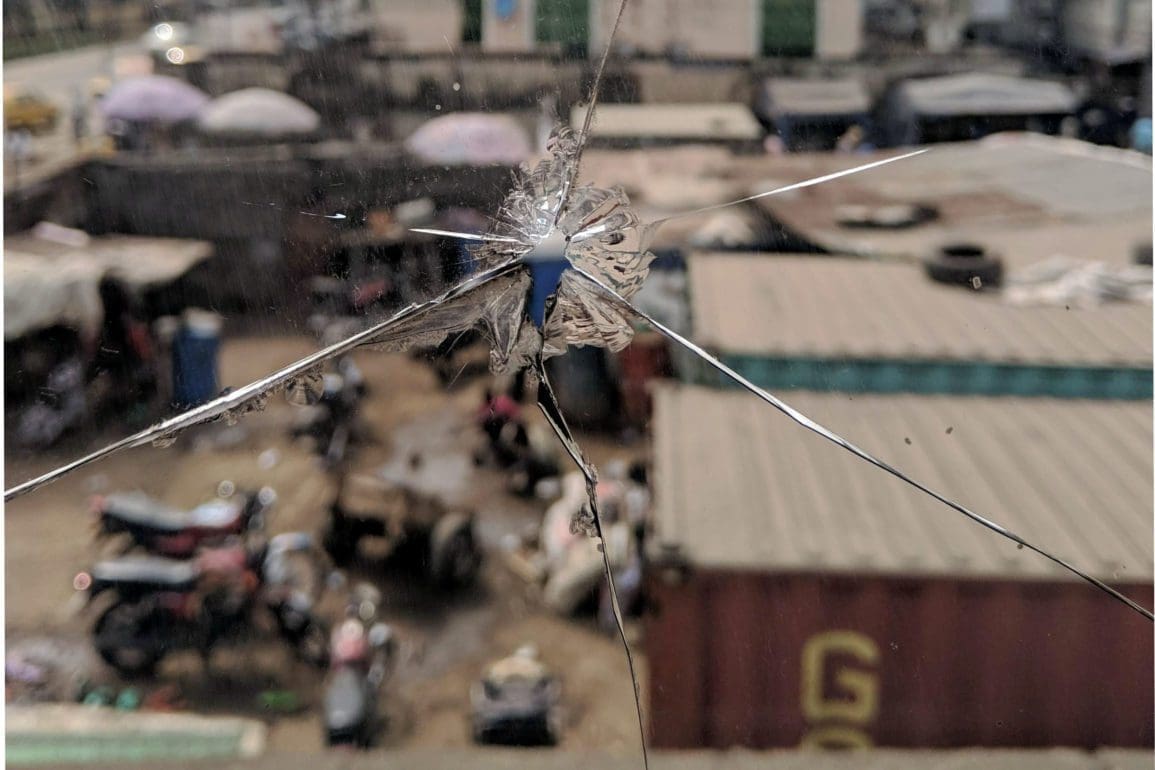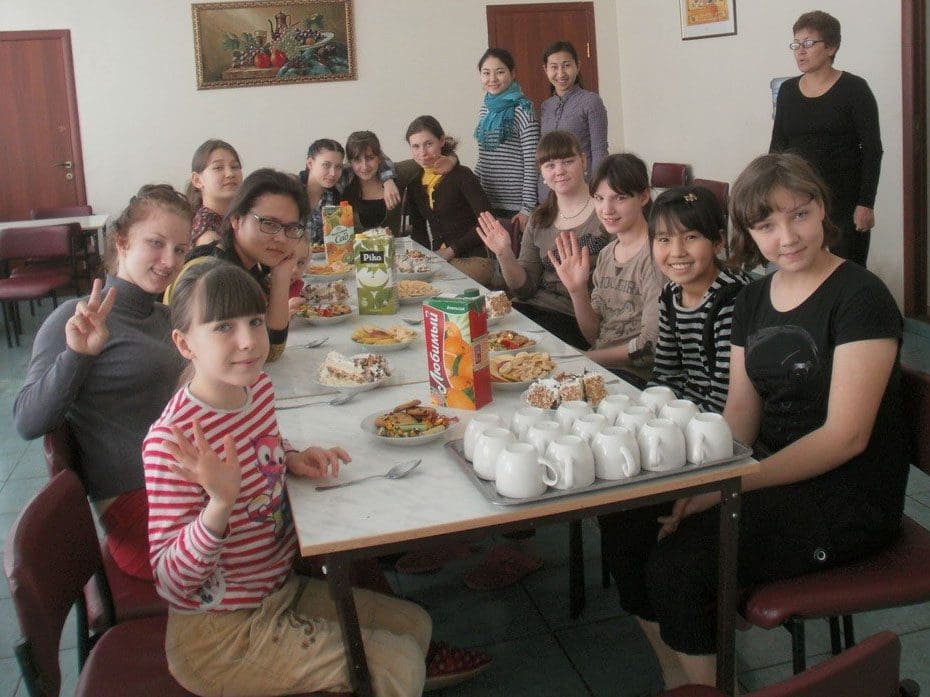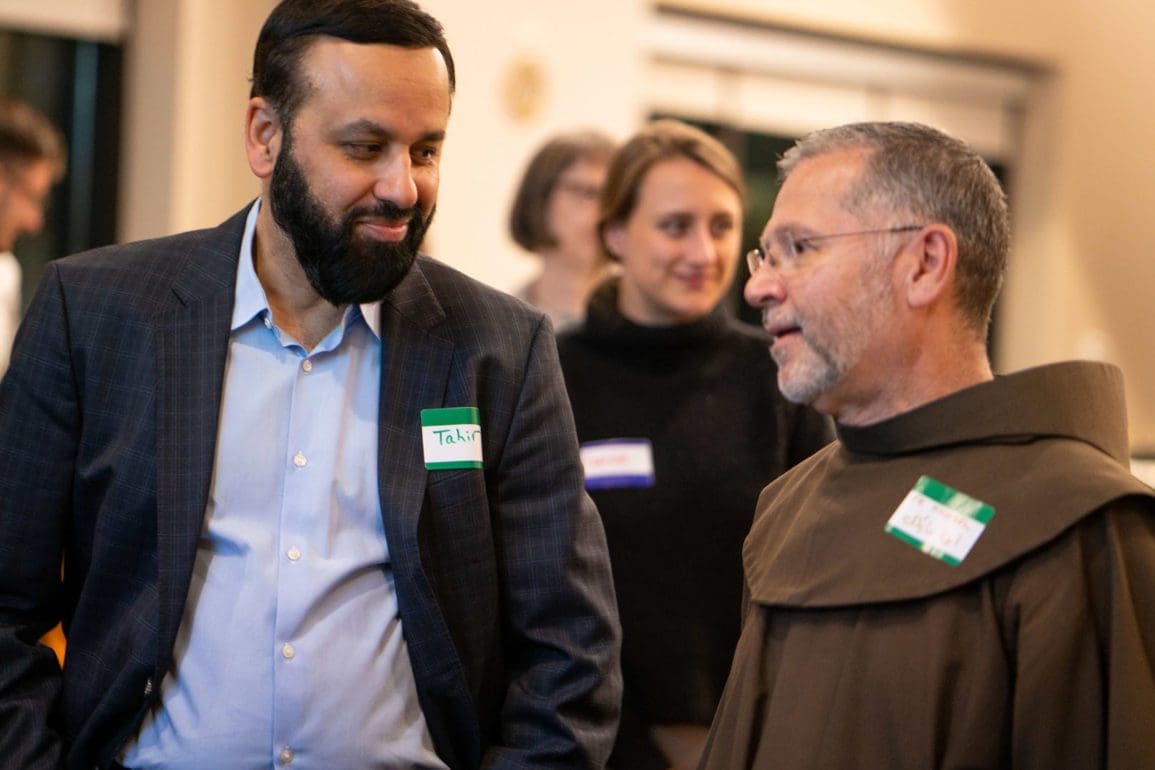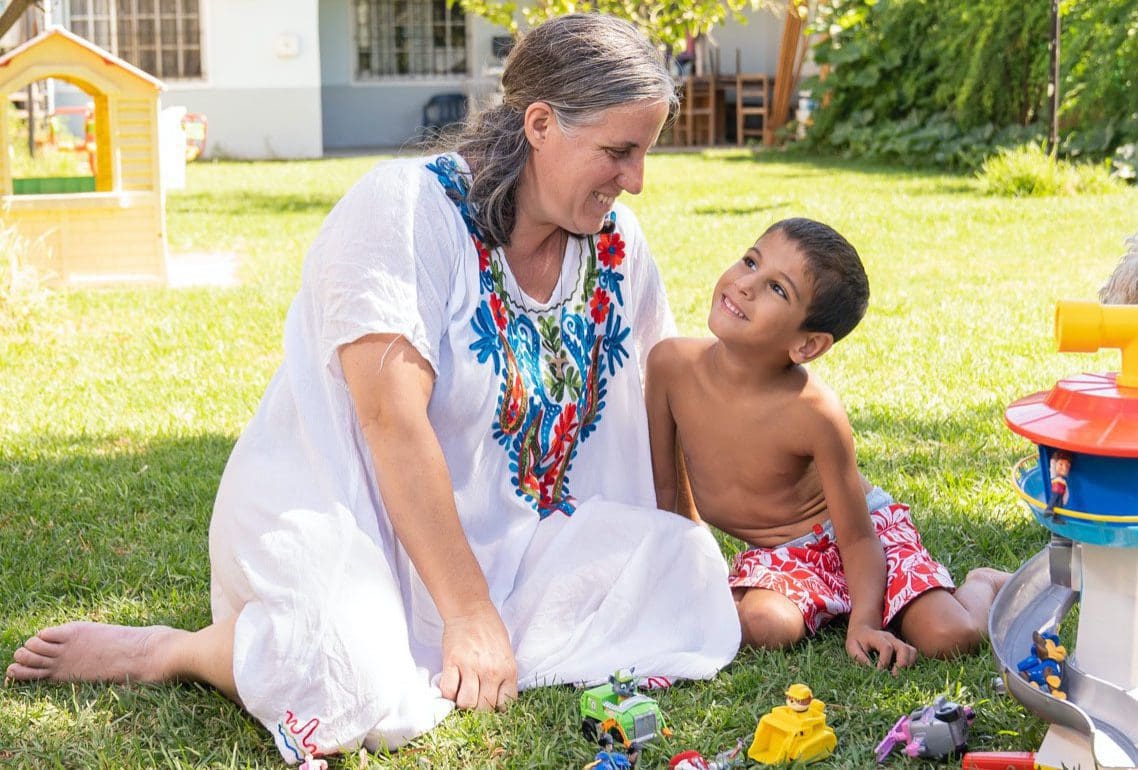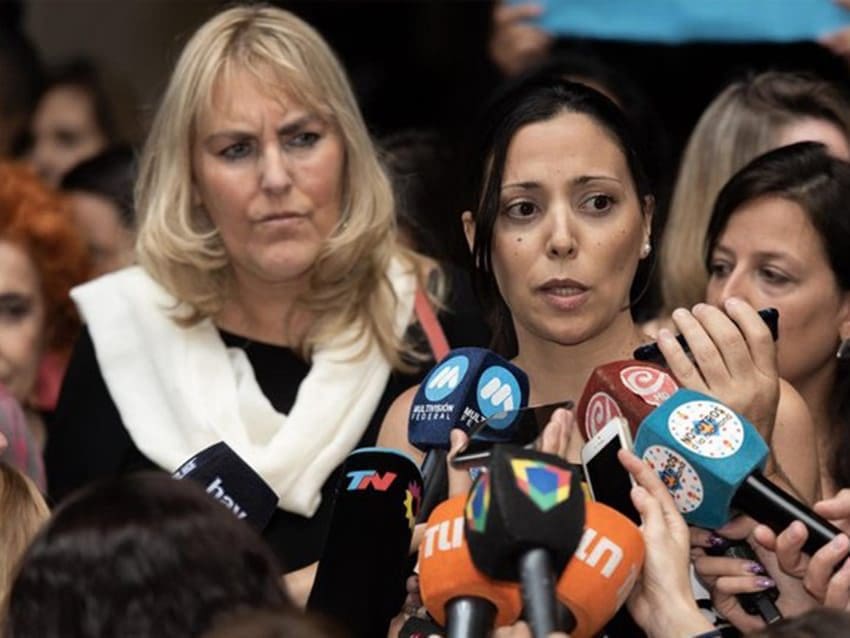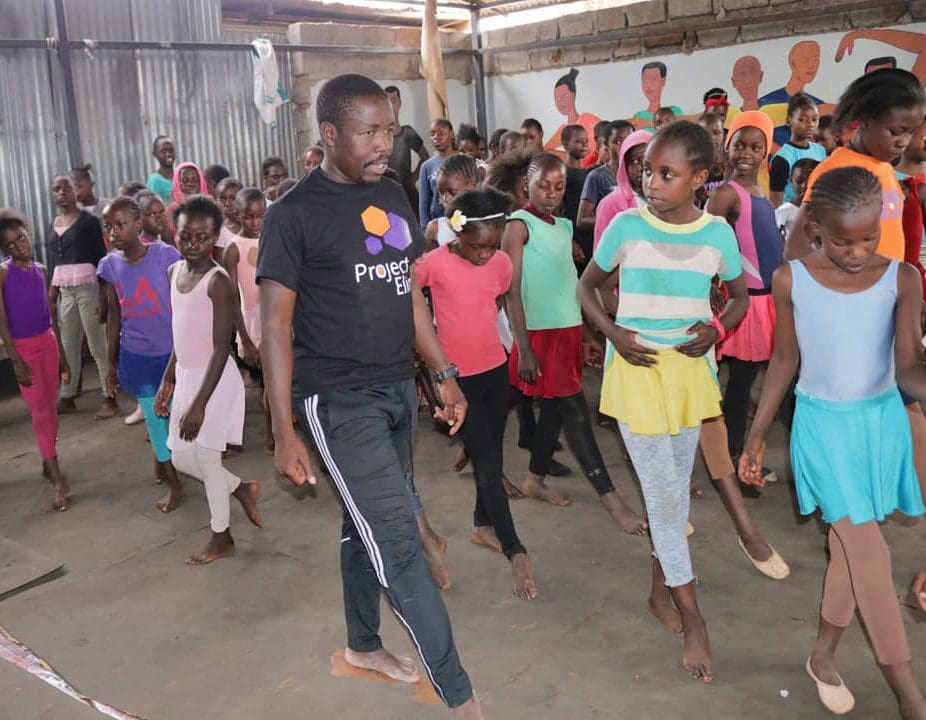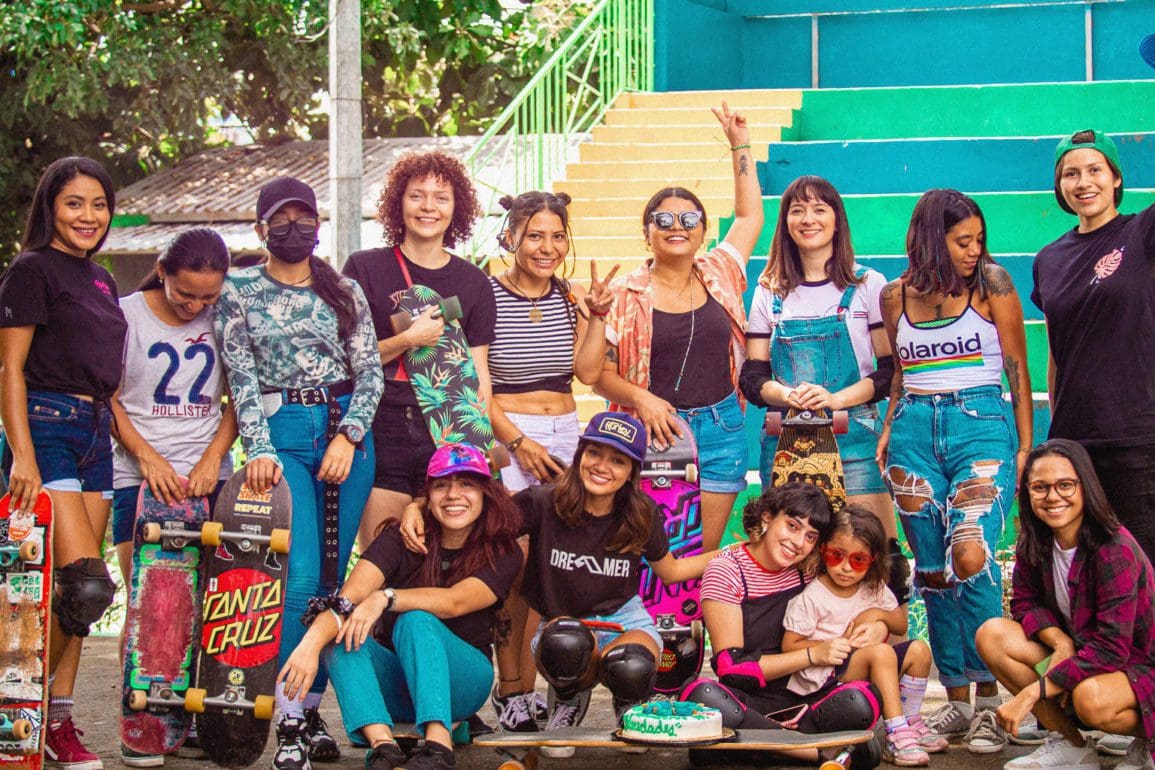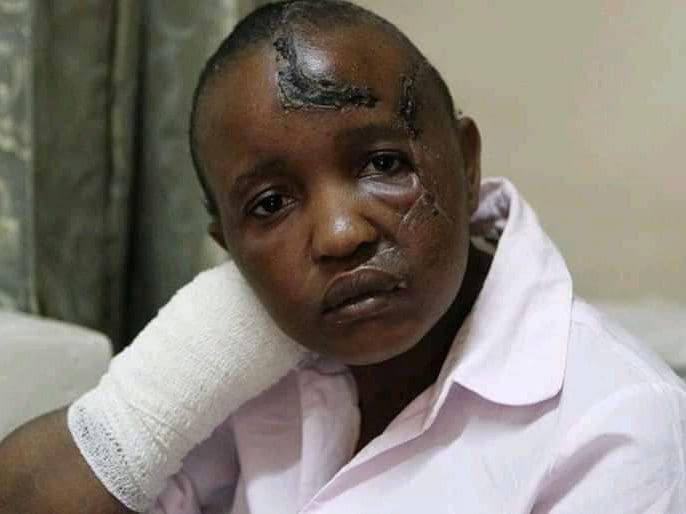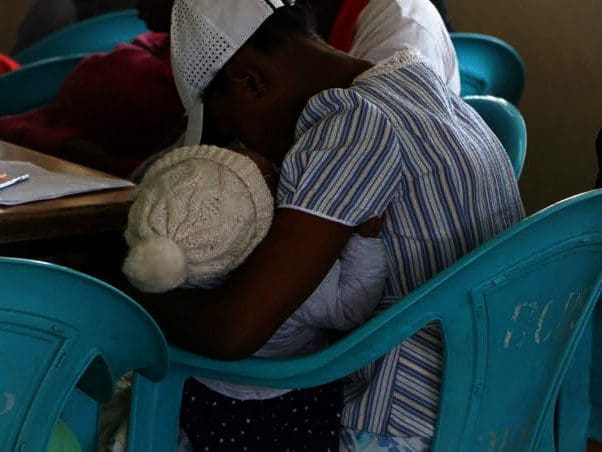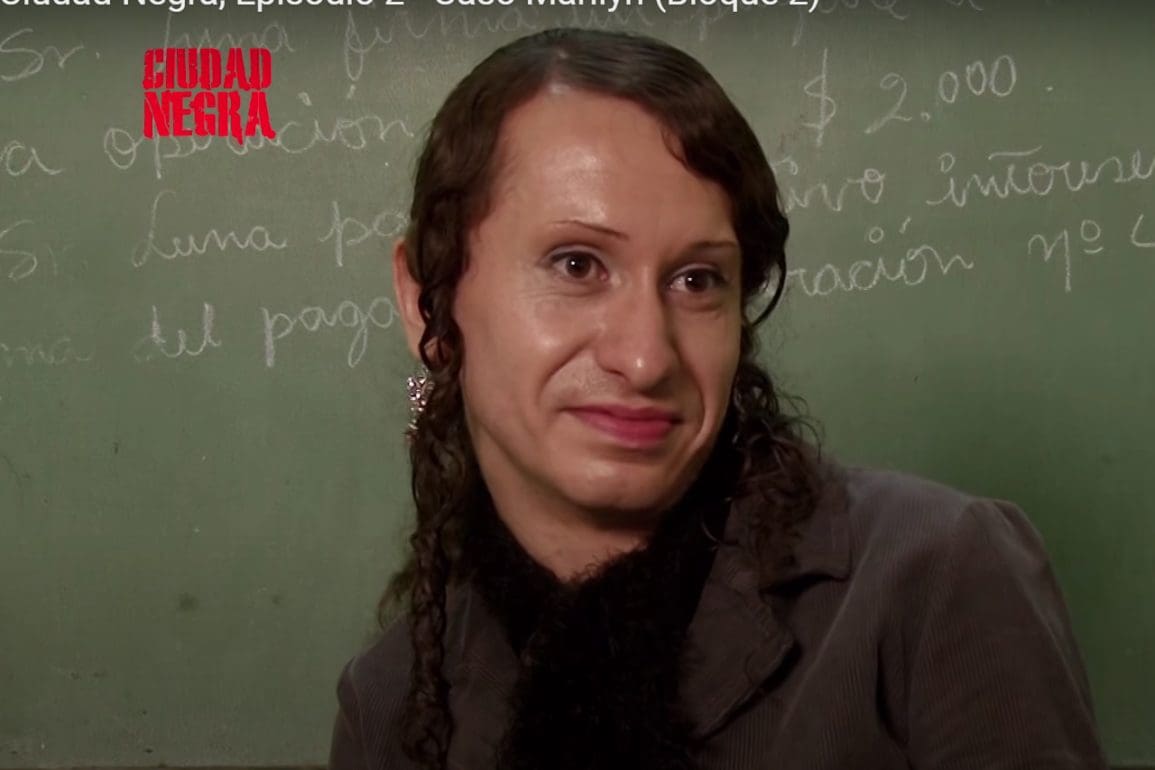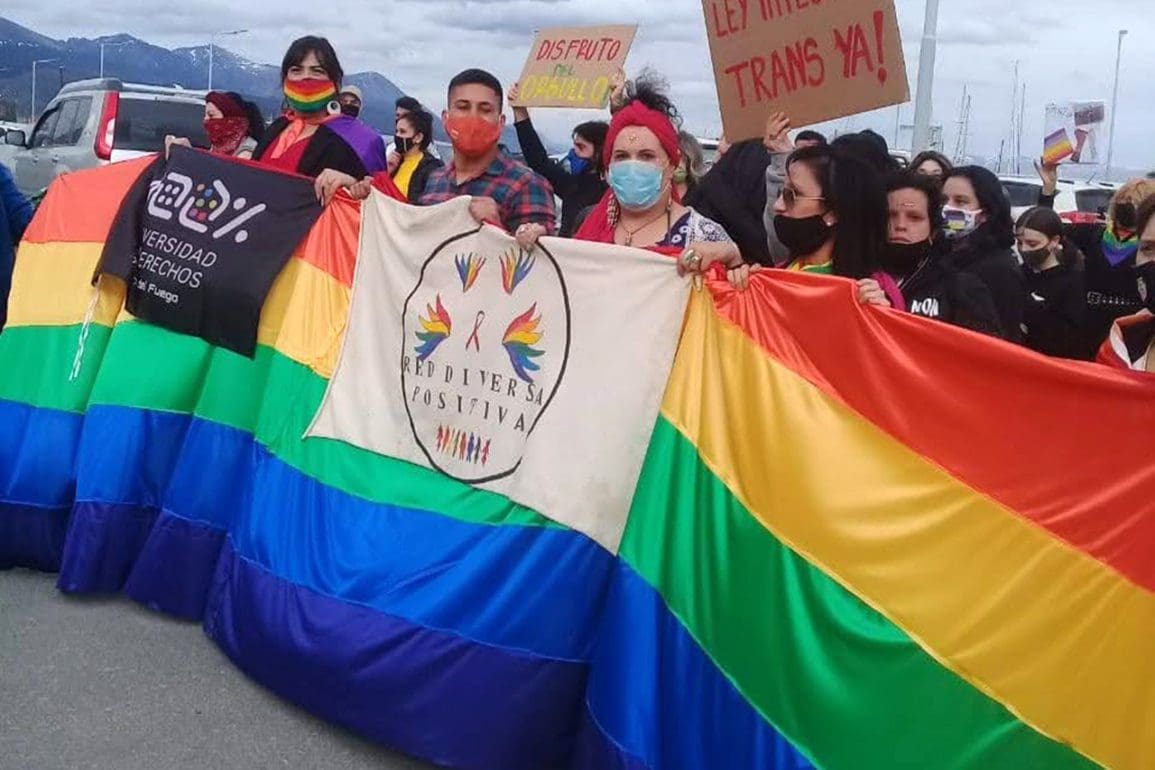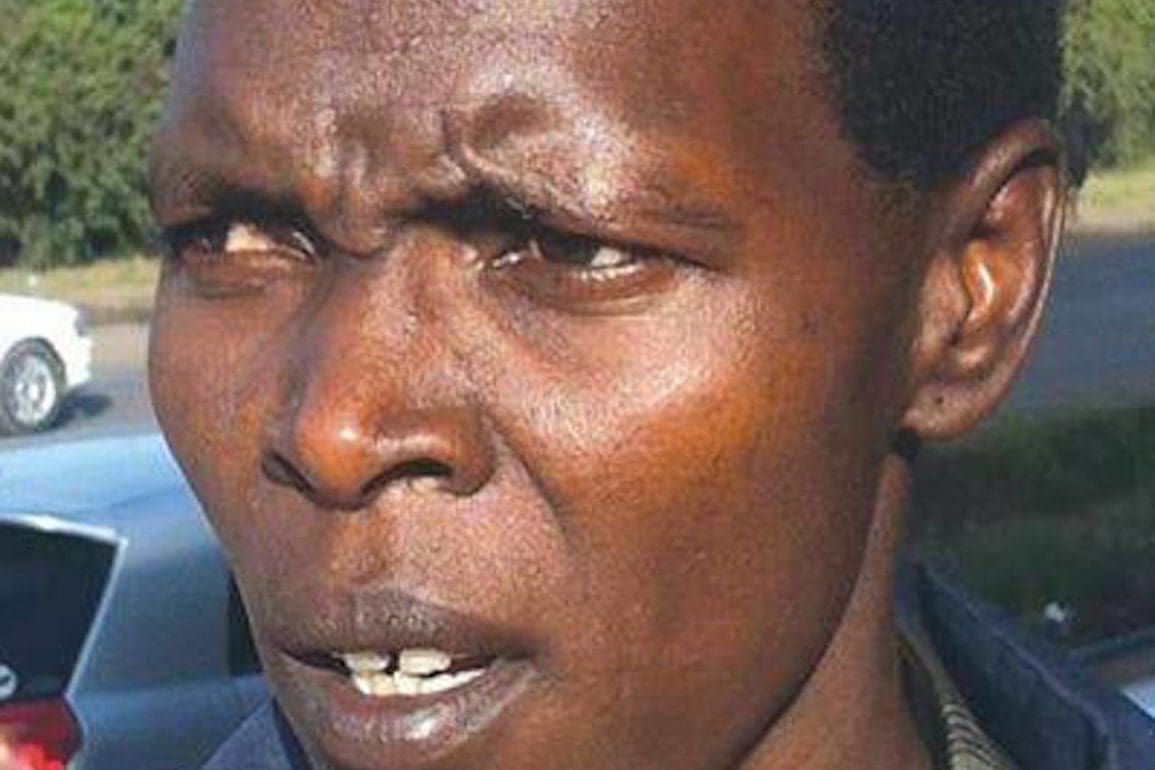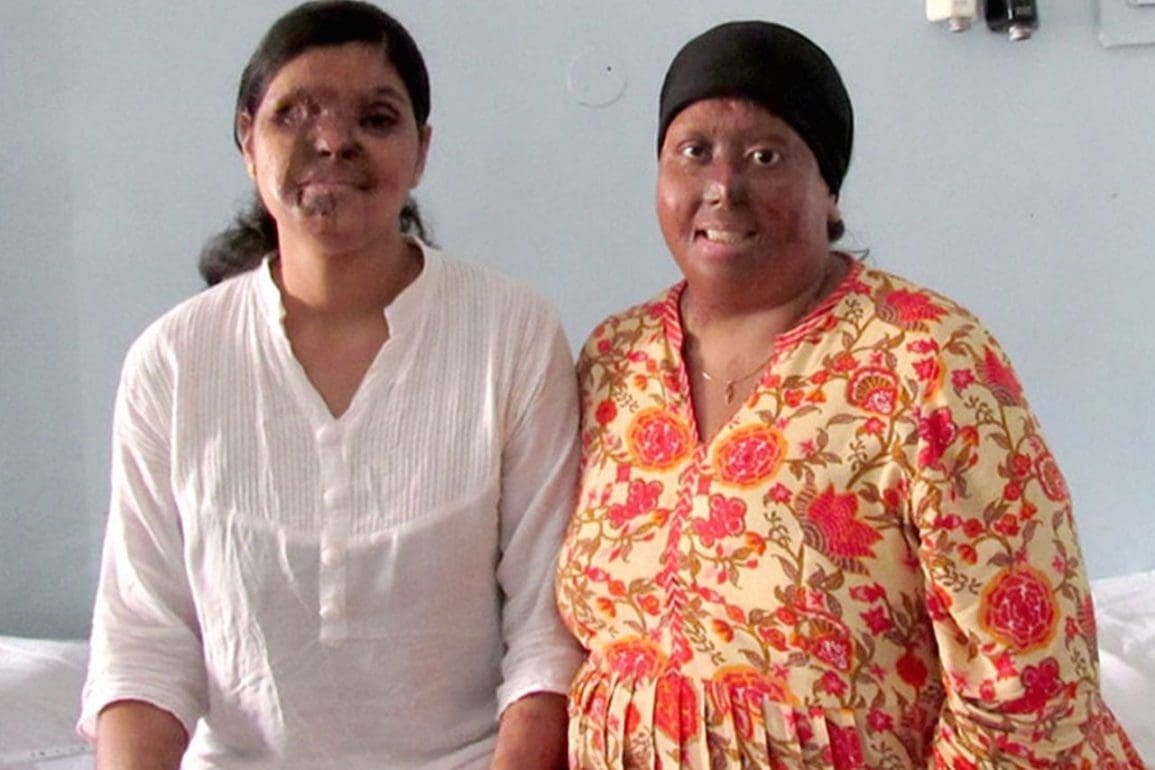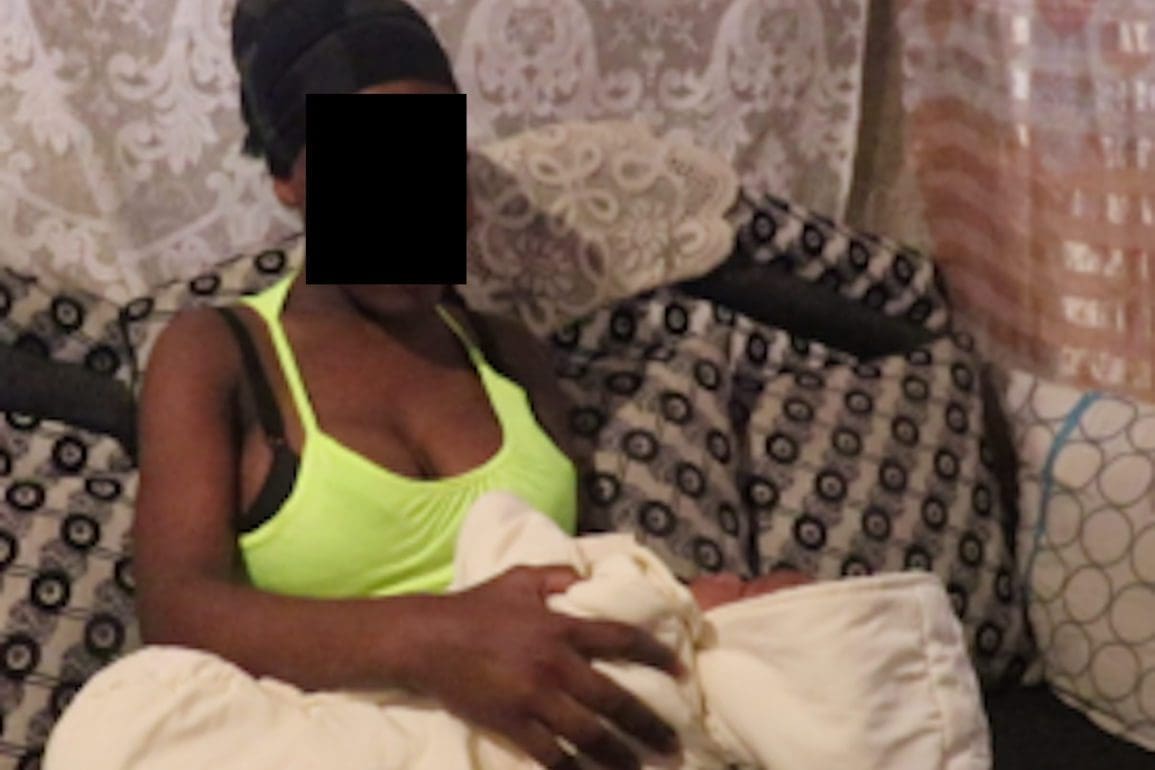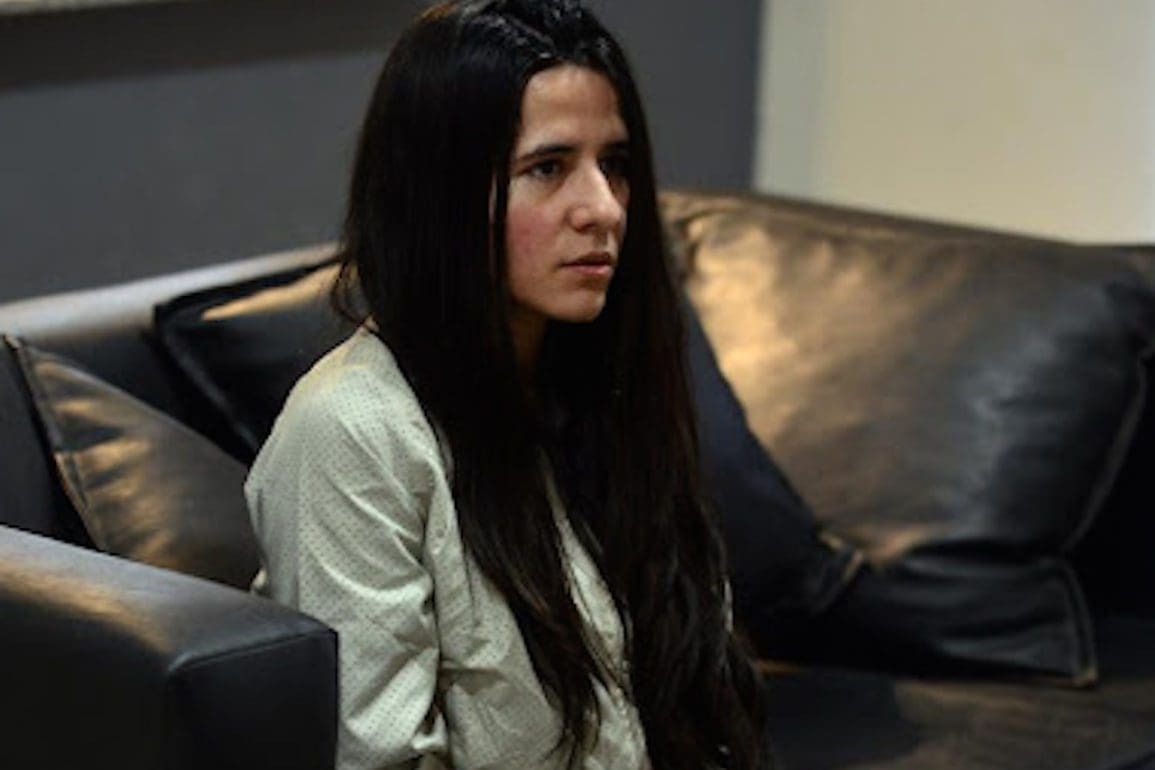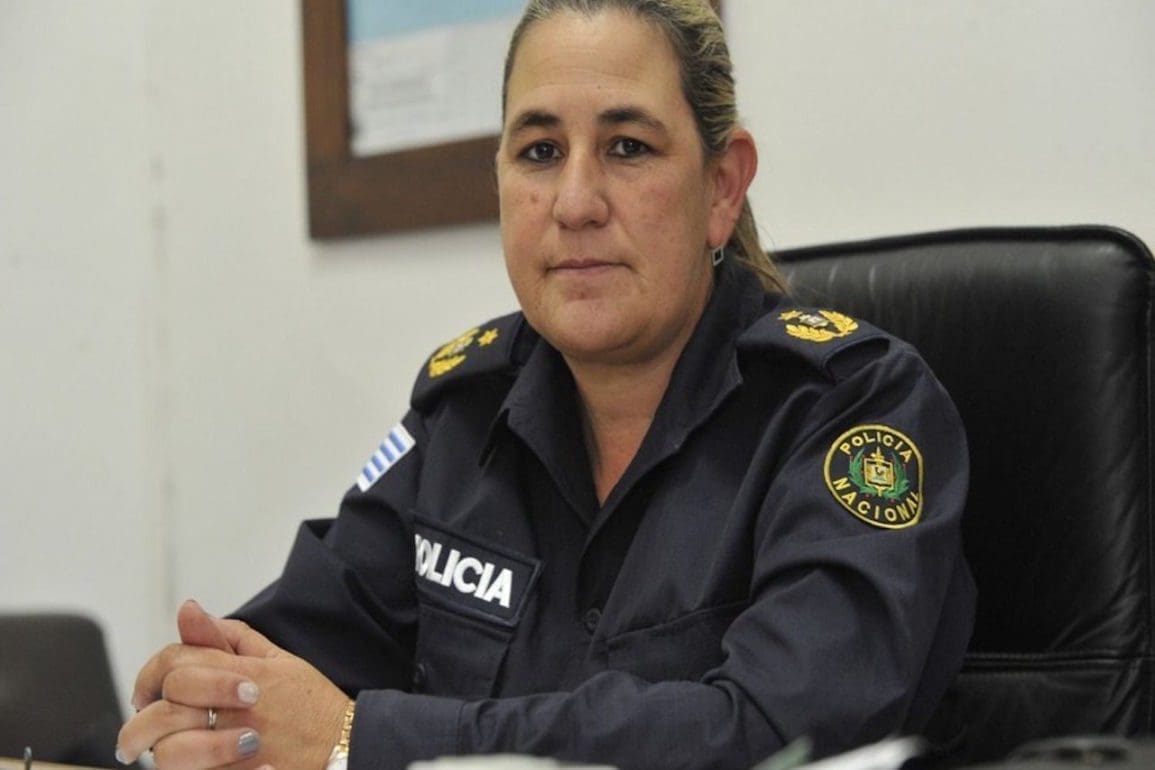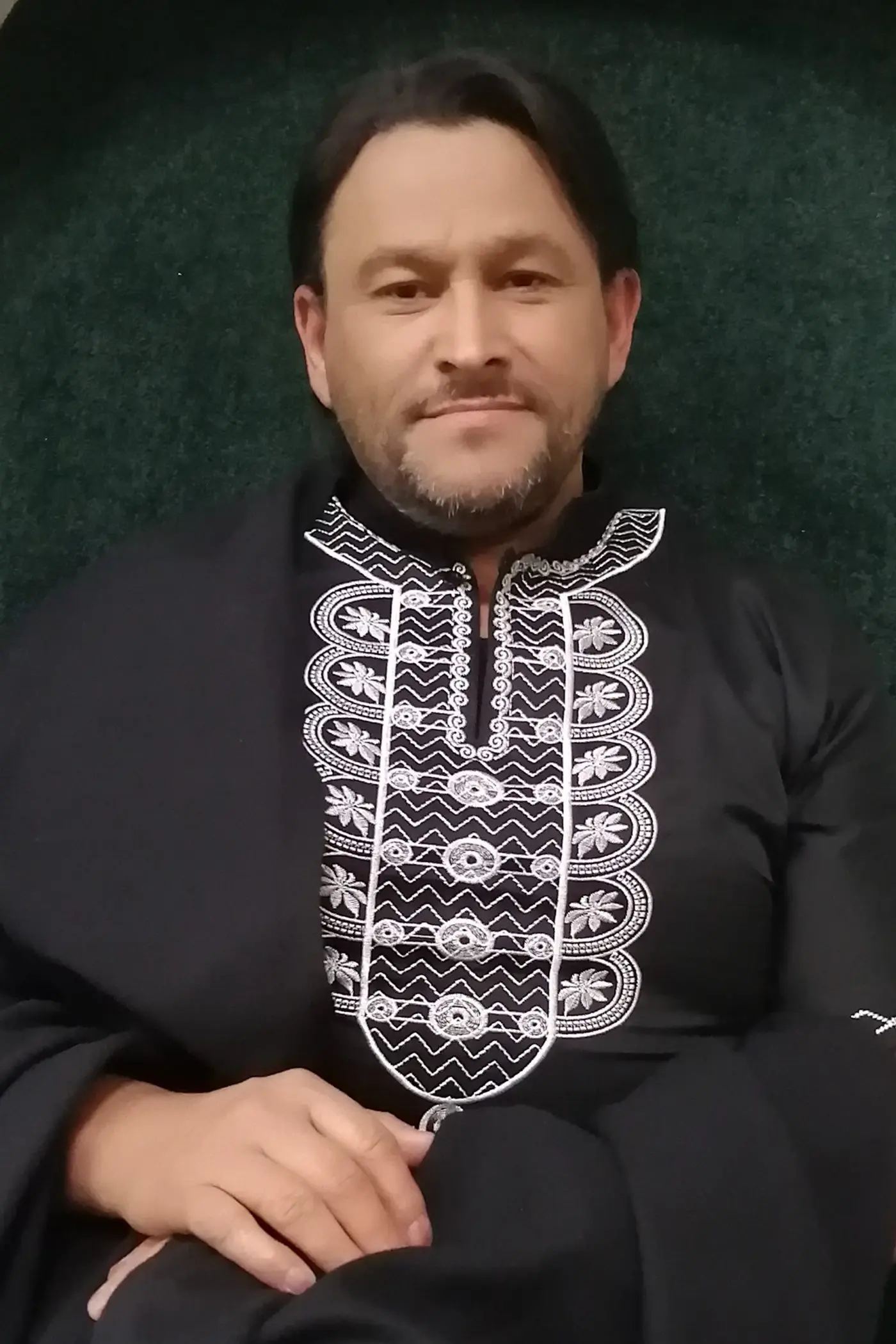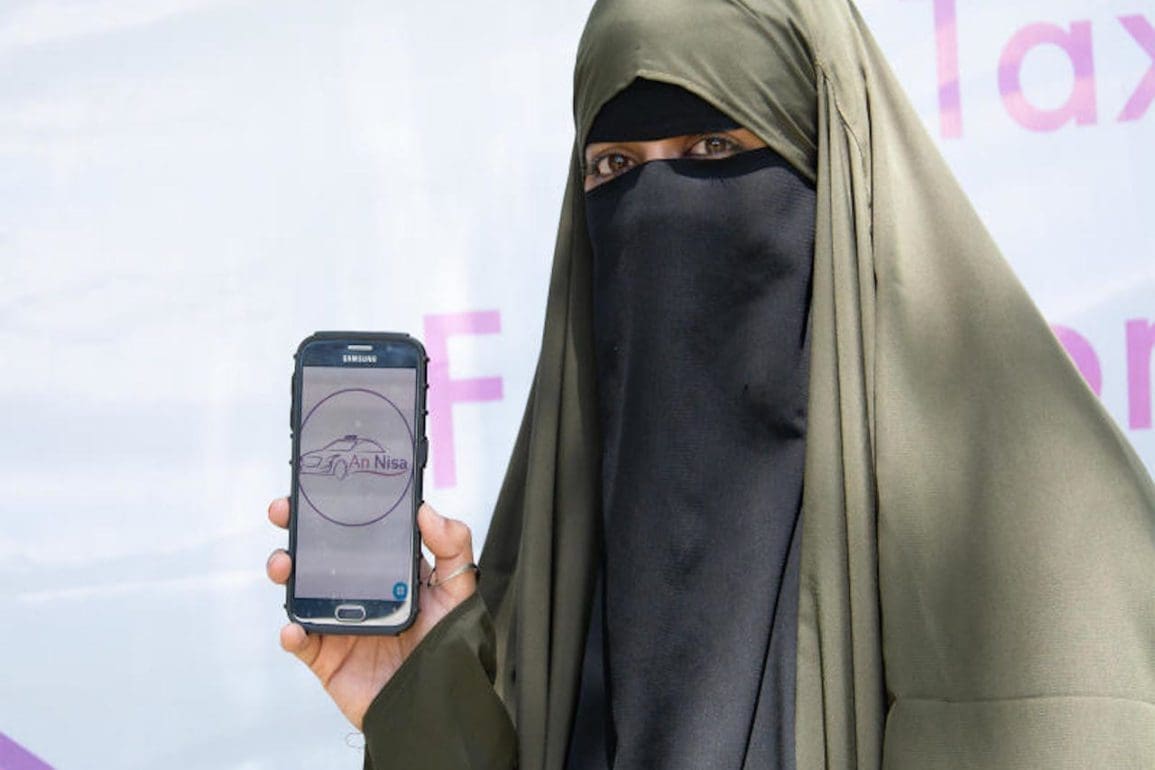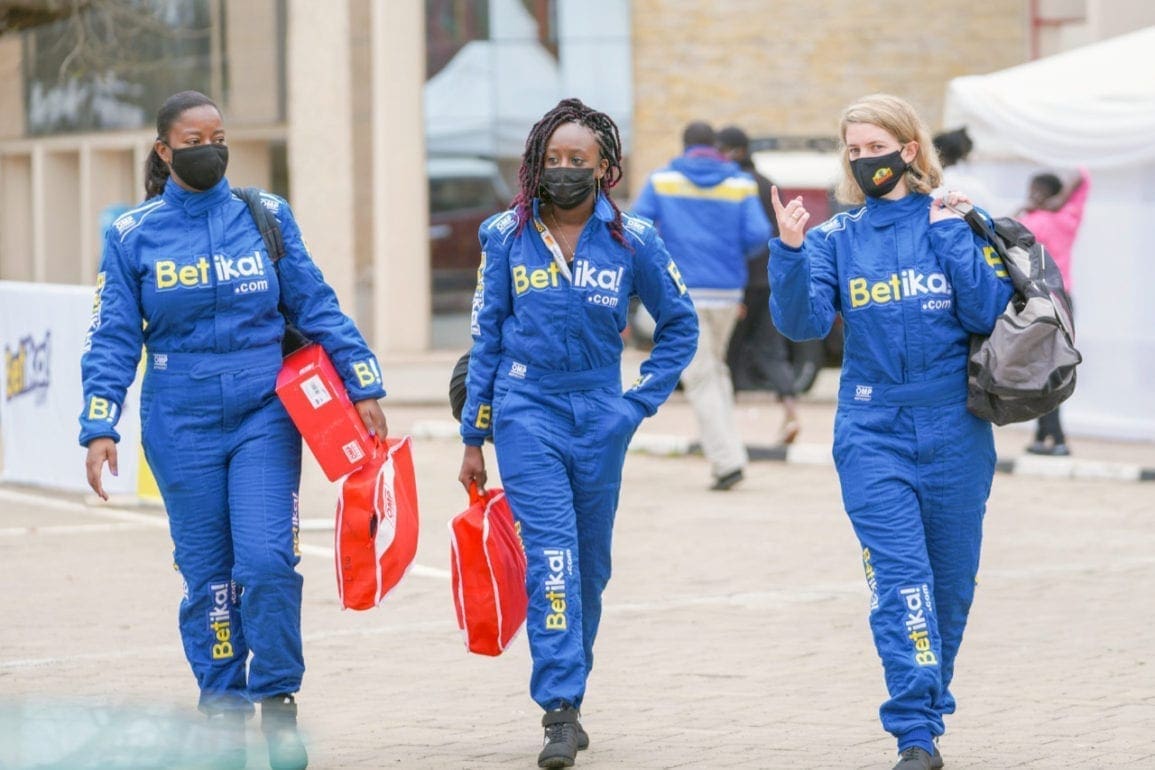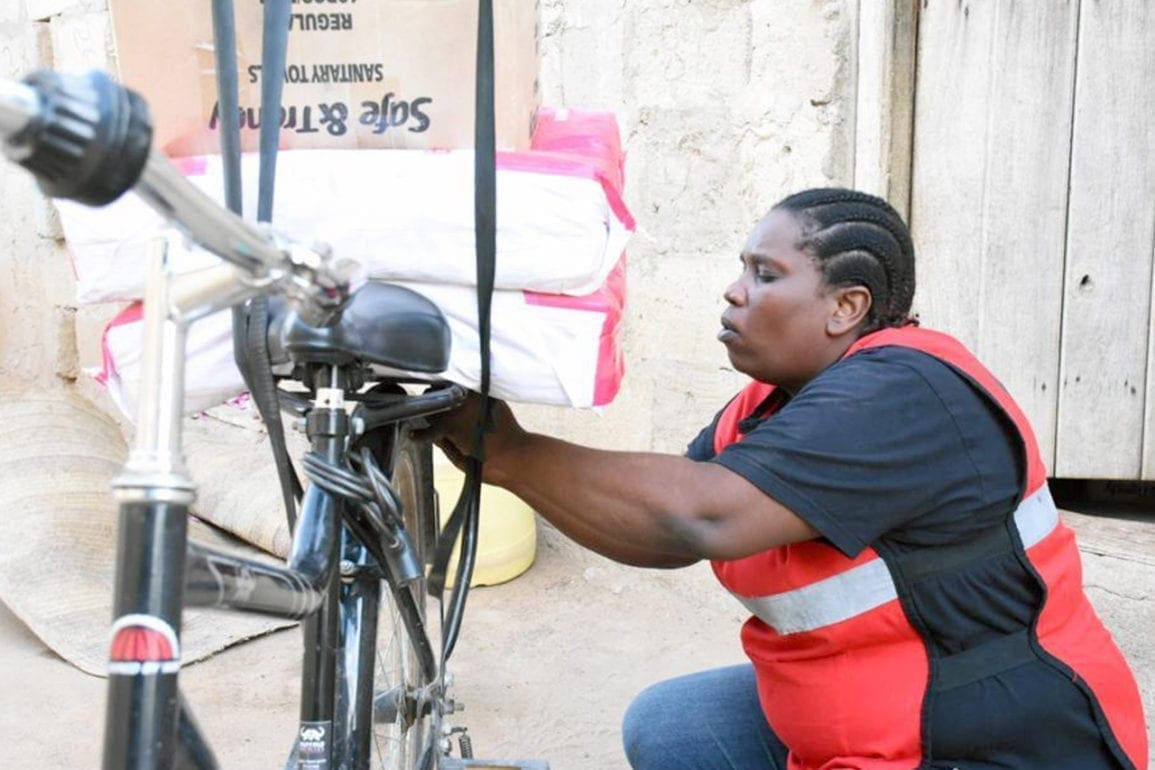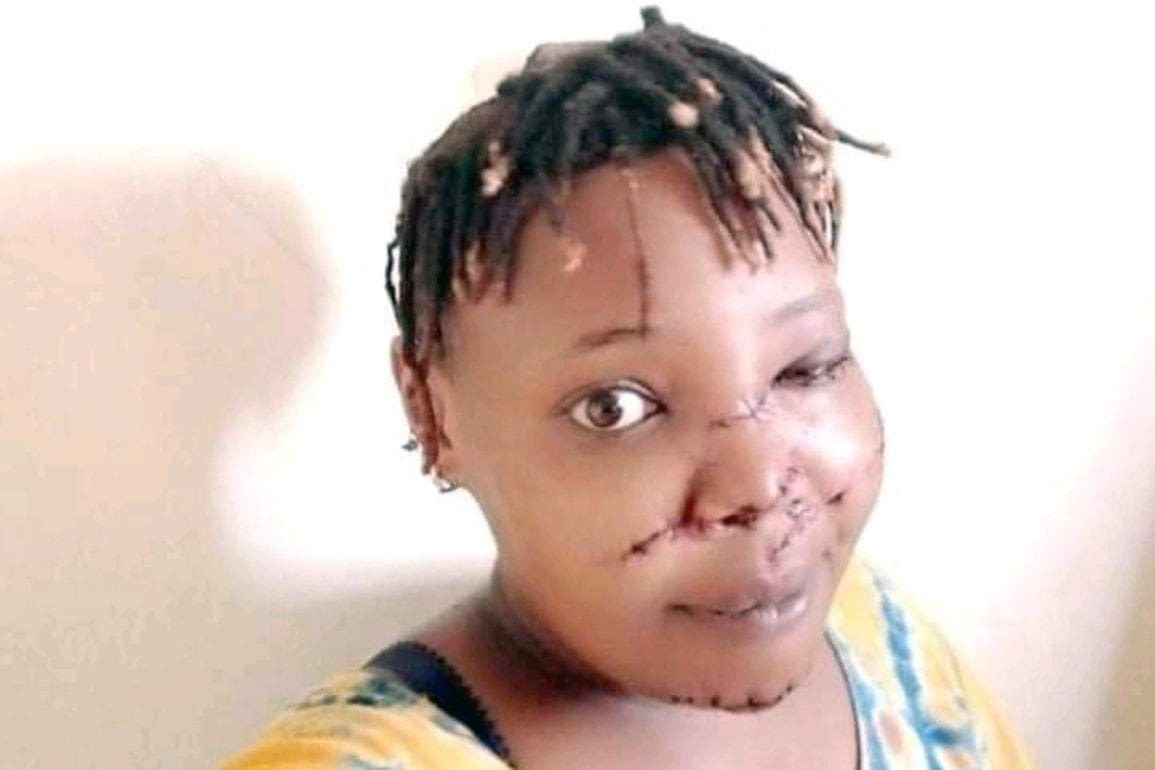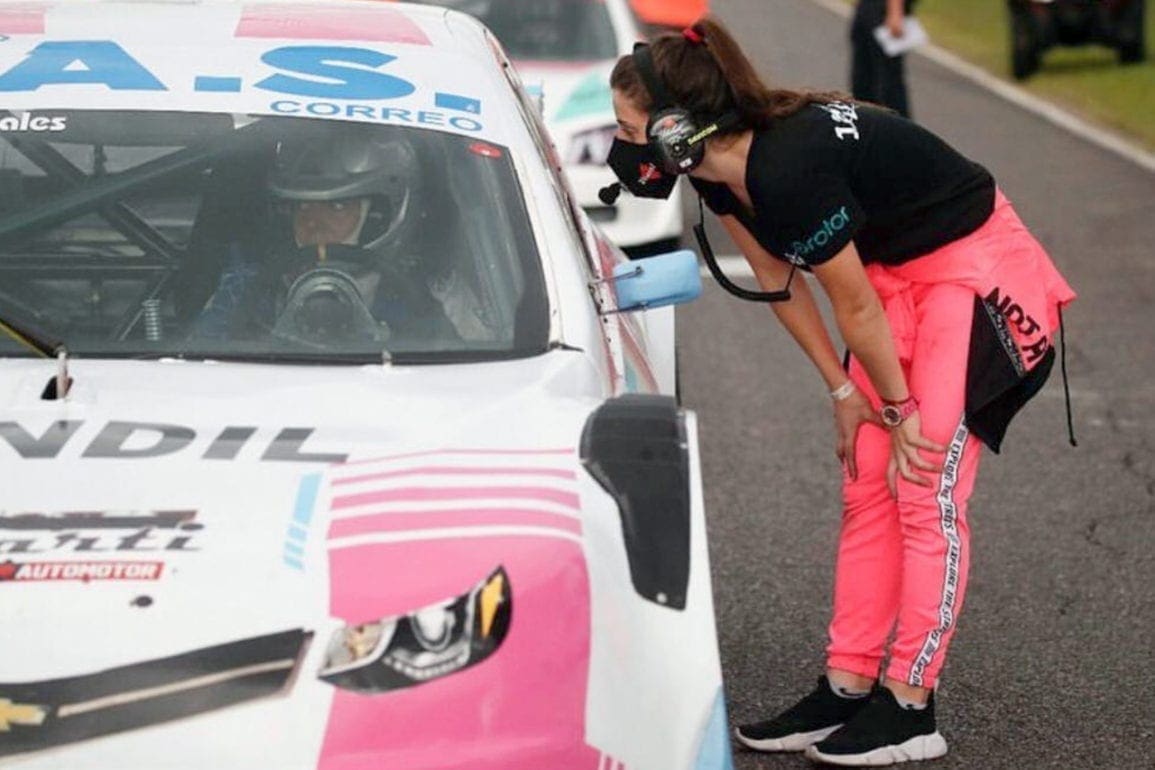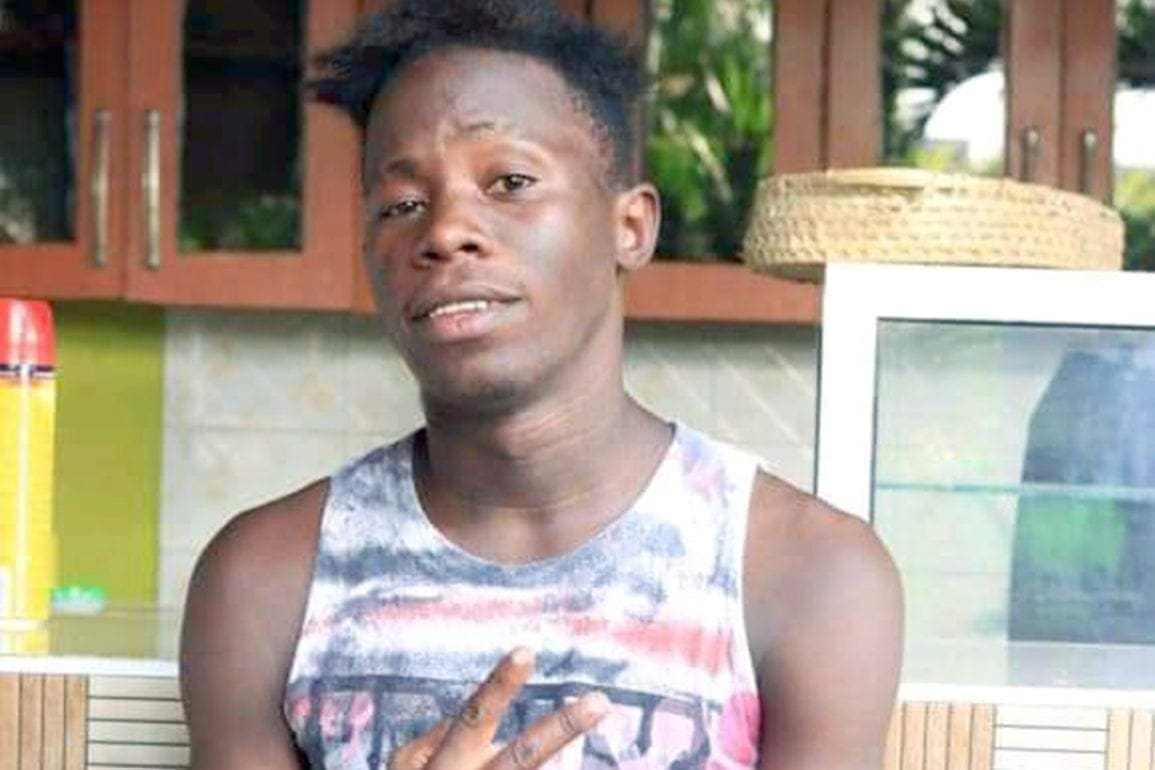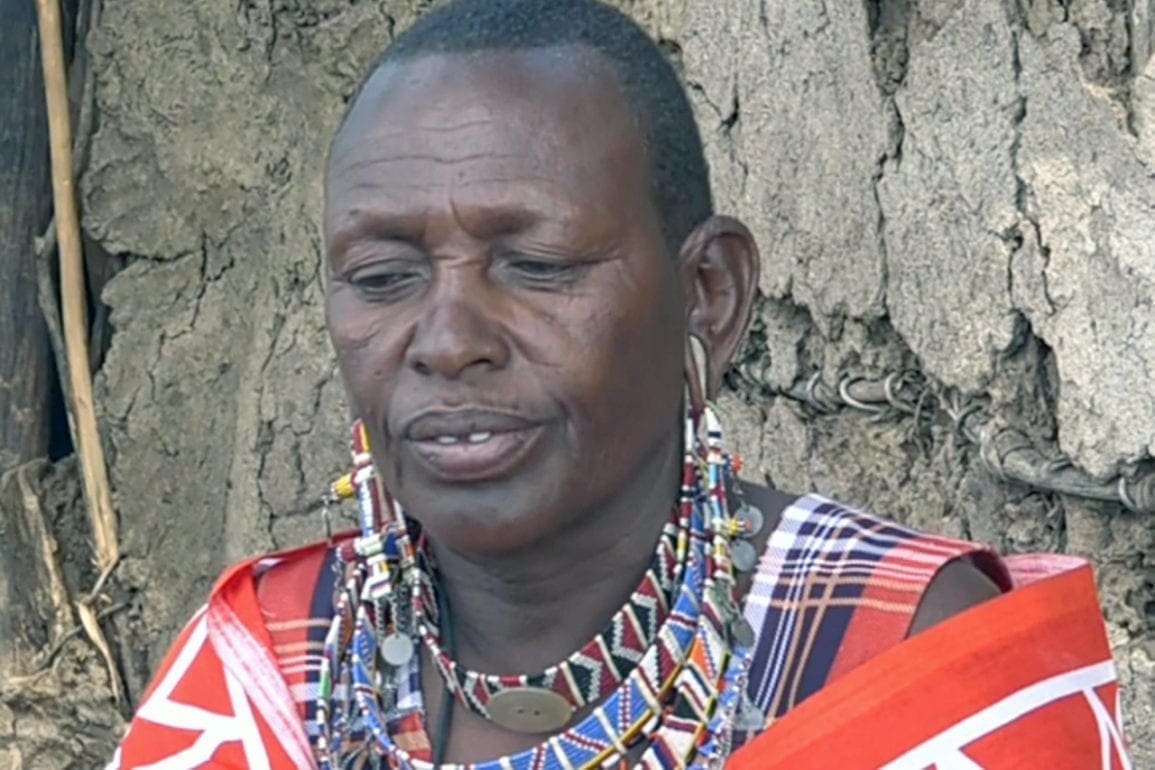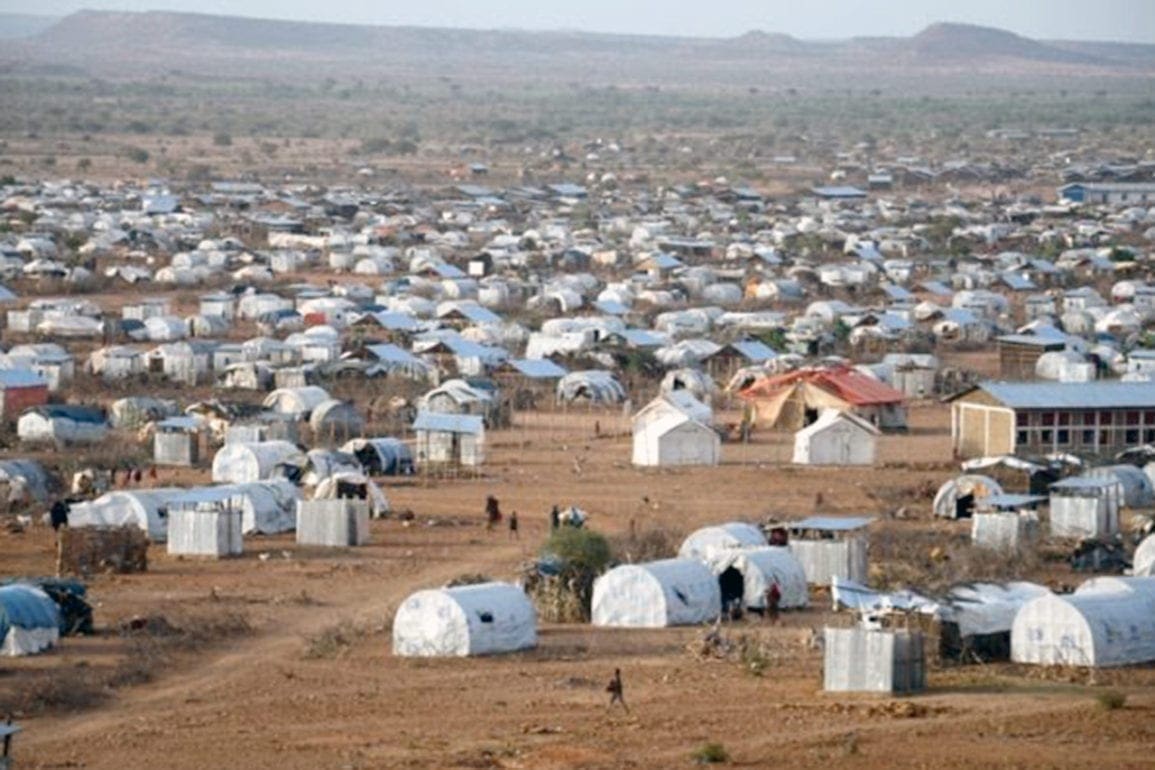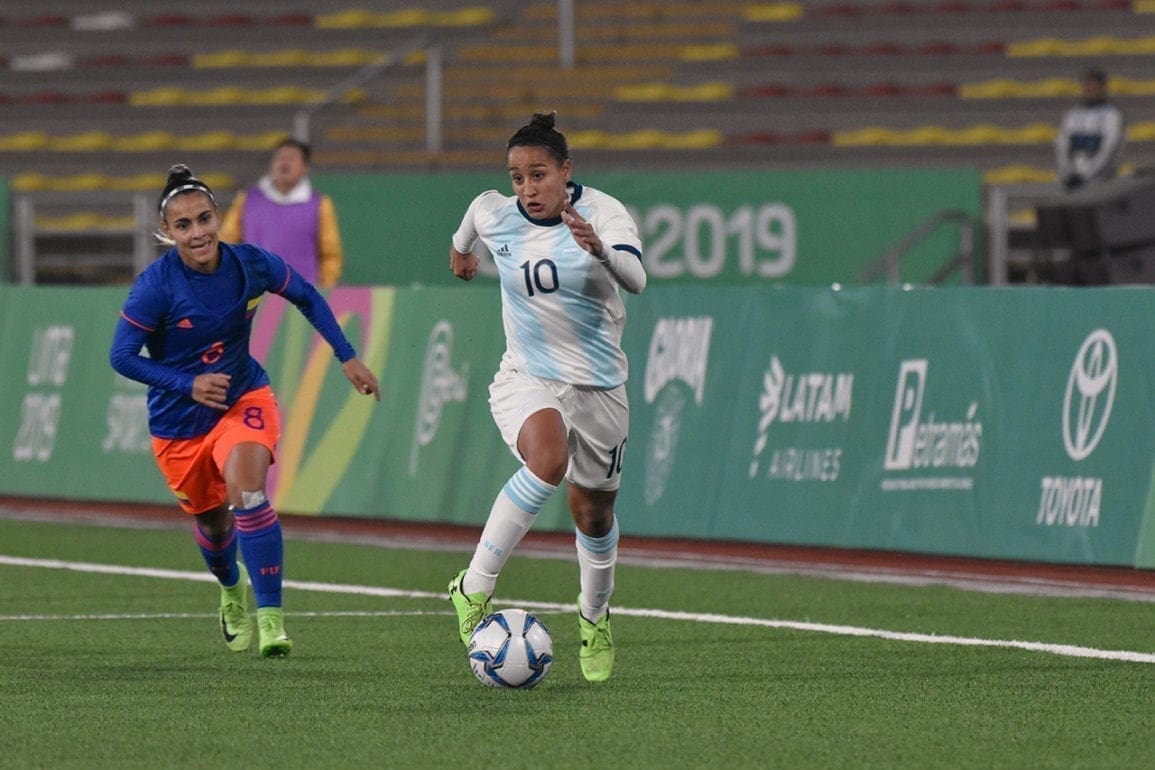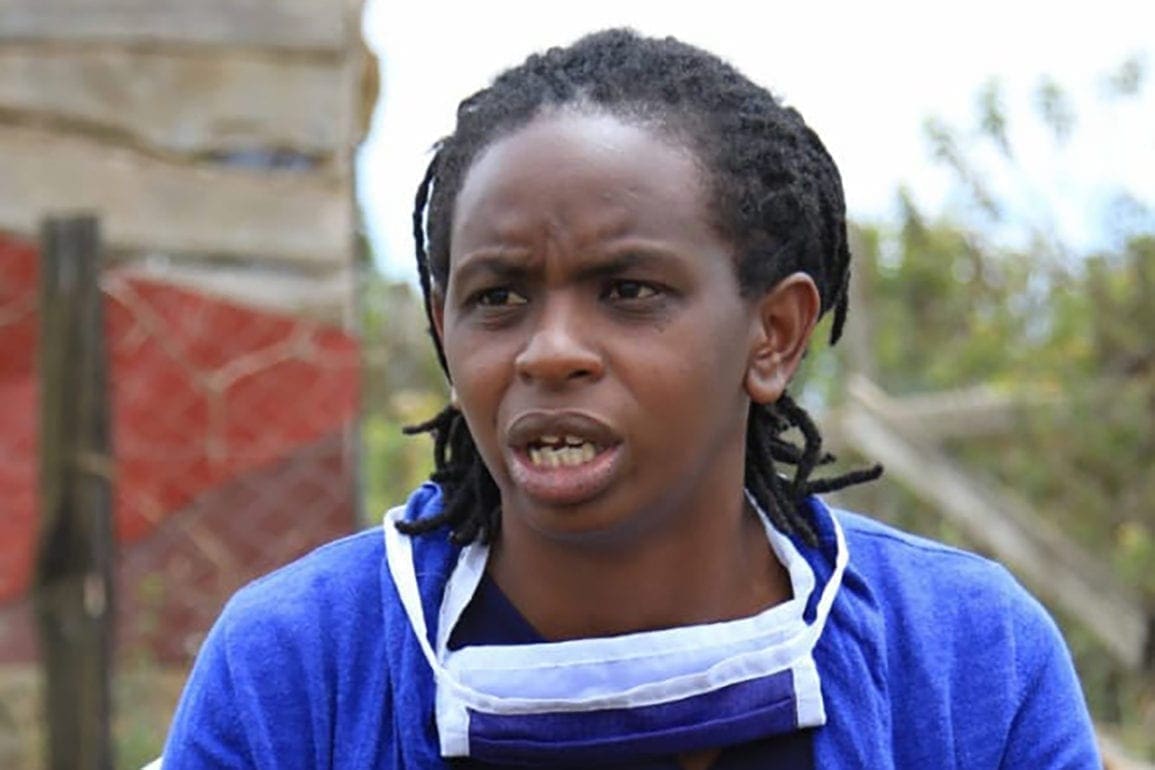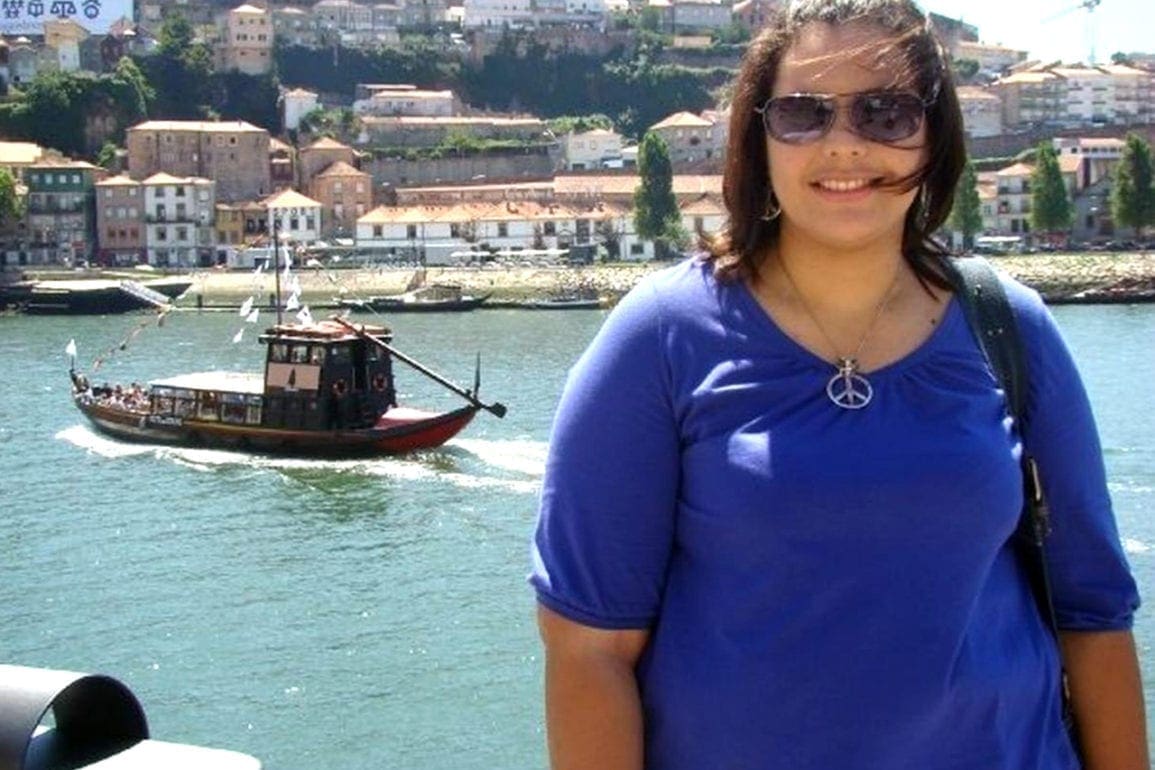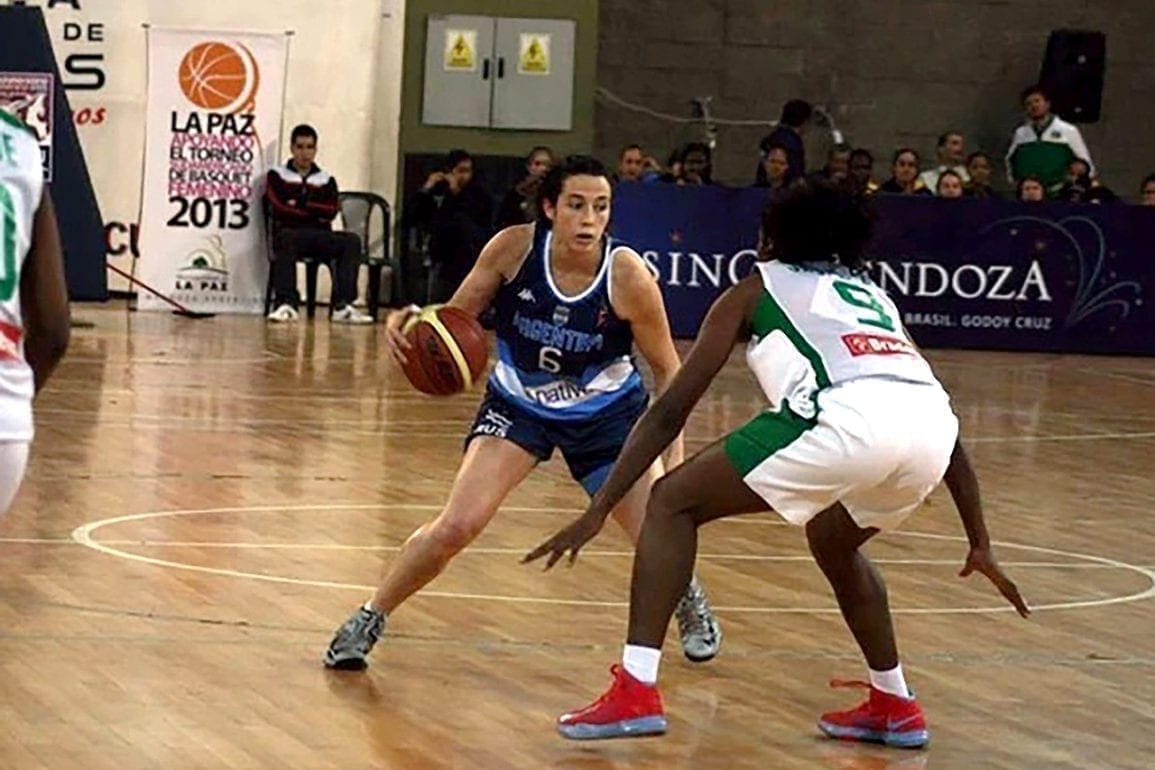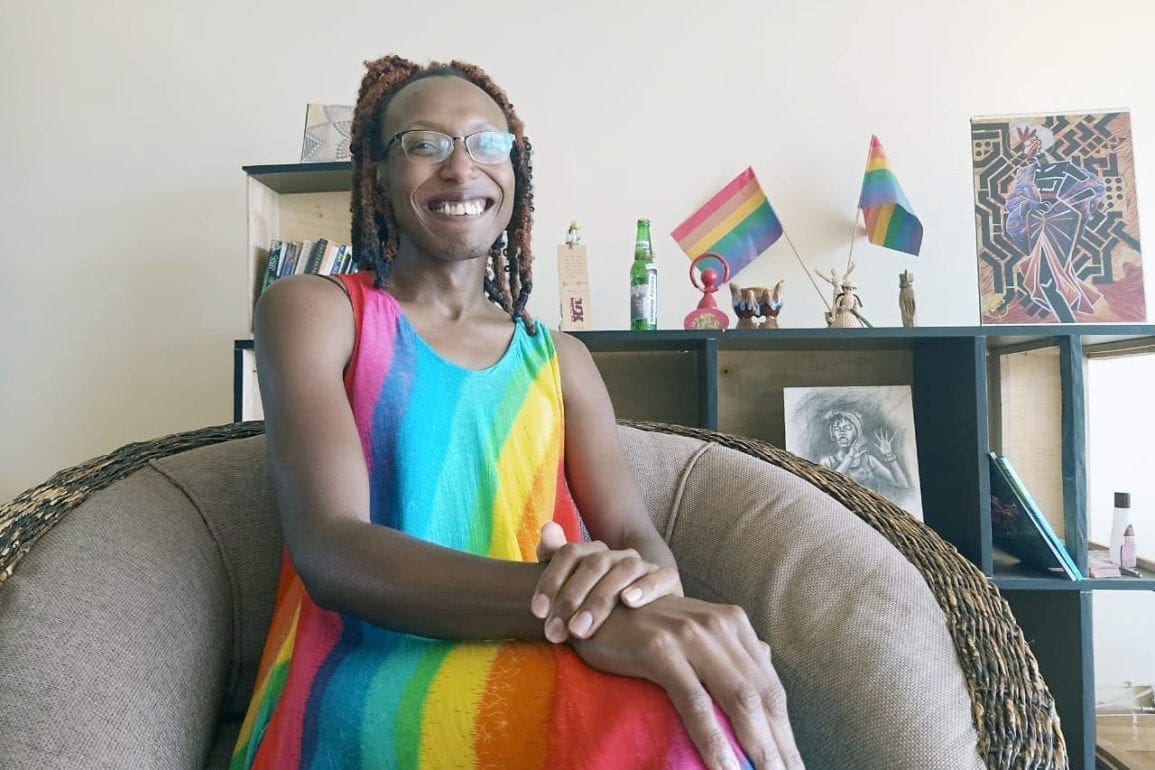Somali nurse fights to end female genital mutilation, raises awareness after years of pain and trauma
As a nurse, I witness the excruciating childbirth experiences of women who suffered from genital mutilation. The vaginal opening is typically closed, requiring multiple incisions to facilitate delivery, making childbirth a slow and agonizing process. The terror in their eyes and the fear consuming them feels heartbreaking. Holding back tears becomes nearly impossible.
- 1 year ago
September 28, 2024
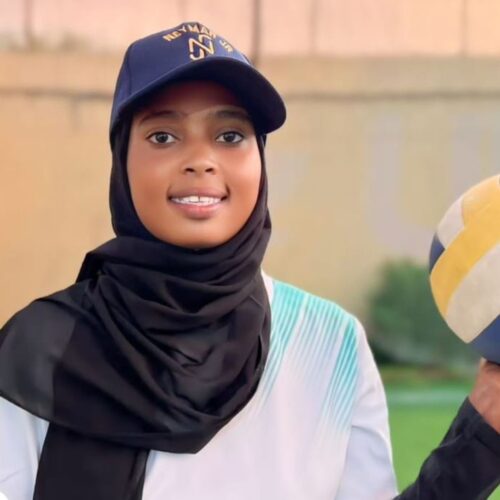
MOGADISHU, Somalia — At nine years old, I became a victim of female genital mutilation. I dreaded the inevitable, knowing I could not escape. In my hometown, many girls undergo one of the most brutal forms of female genital circumcision, a painful tradition justified by non-medical reasons.
Every year, from March to July, this torture rips our souls apart, leaving us disheartened and injured. As an adult, I became a nurse and continue to witness the pain of many women who have suffered like I did. I use my voice to raise awareness, especially among mothers, in the hope of one day putting an end to this horrific practice.
Read more sex & gender stories at Orato World Media.
A victim of female genital mutilation: “I had no control over what was coming.”
At age nine, I overheard, amidst the rain and thunder, that I would be circumcised the next day. Fear gripped me immediately, knowing I couldn’t speak to anyone about it; that no one would listen. The sense of powerlessness felt overwhelming, not due to my age but the certainty I had no control over what was coming.
The next morning, the woman performing the procedure came for me. I tried to resist, crying and clinging to my bed, but my mother pulled me away. I quickly recognized my powerlessness. An elderly woman used a knife, and the pain felt immediate and sharp. She then pierced my skin with thorns to stitch the wounds, binding my flesh tightly. That day, I lost a part of myself, physically and emotionally. I will carry that scar forever.
The brutal procedure left me in agony for days. I bled so heavily, I lost consciousness. Later, I realized my vaginal opening had been closed. When I tried urinating, excruciating pain followed. For several days, severe morning sickness weighed me down. I continued to struggle with urination, feeling ill. The next few days, I could not eat and my entire body ached.
When I grew up and became a nurse, I came to fully understand the physical and psychological toll of being a victim of female genital mutilation. I struggle with complications related to urination, menstruation, and intimacy. The trauma haunts me, triggering severe anxiety attacks that only worsen with time.
Battling a deep-rooted cultural resistance: mutilation is a silent killer
Though I wish to marry, the emotional scars and financial barriers I face hold me back. I sought help for my anxiety, but there are no specific psychological treatments for women like me, leaving us to face this pain alone. The lack of support remains a core issue we endure.
In Somali culture, people view female genital mutilation as a norm, forcing many women to suffer in silence while society continues without acknowledgment. Girls who fail to undergo the procedure face stigmatization. They community sees their existence as inappropriate. Finding understanding or refuge remains difficult, even within families. Sadly, this harmful practice remains prevalent.
Despite efforts from those of us who see it as a violation of rights, the fight for change faces deep-rooted cultural resistance. For many of us, mutilation remains a silent killer, an insidious harm that destroys lives. Despite this, three out of four women in Somalia still support the practice. Changing this requires shifting social norms and raising awareness about its devastating effects.
I feel compelled to do my part to protect girls from this horror. Every day, I raise my voice for those who cannot because I see myself in every suffering woman. I survived, but I am aware many girls continue to be mutilated and treated with ointments, which often results in severe infections. The suffering does not stop there. When women marry, they have to undergo additional genital cutting before their wedding night.
Victim of FGM takes on activism as a nurse
As a nurse, I witness the excruciating childbirth experiences of women who suffered from genital mutilation. The vaginal opening is typically closed, requiring multiple incisions to facilitate delivery, making childbirth a slow and agonizing process. The terror in their eyes and the fear consuming them feels heartbreaking. Holding back tears becomes nearly impossible.
Some young women arrive at the hospital in a near-death state due to severe vaginal injuries caused by untrained midwives. Many give birth at home, enduring prolonged labor, sometimes lasting days, with inadequate assistance. The result can be devastating injuries to the birth canal. Finding women who share my views on ending female genital mutilation in Somalia remains difficult, as the practice seems normal to many.
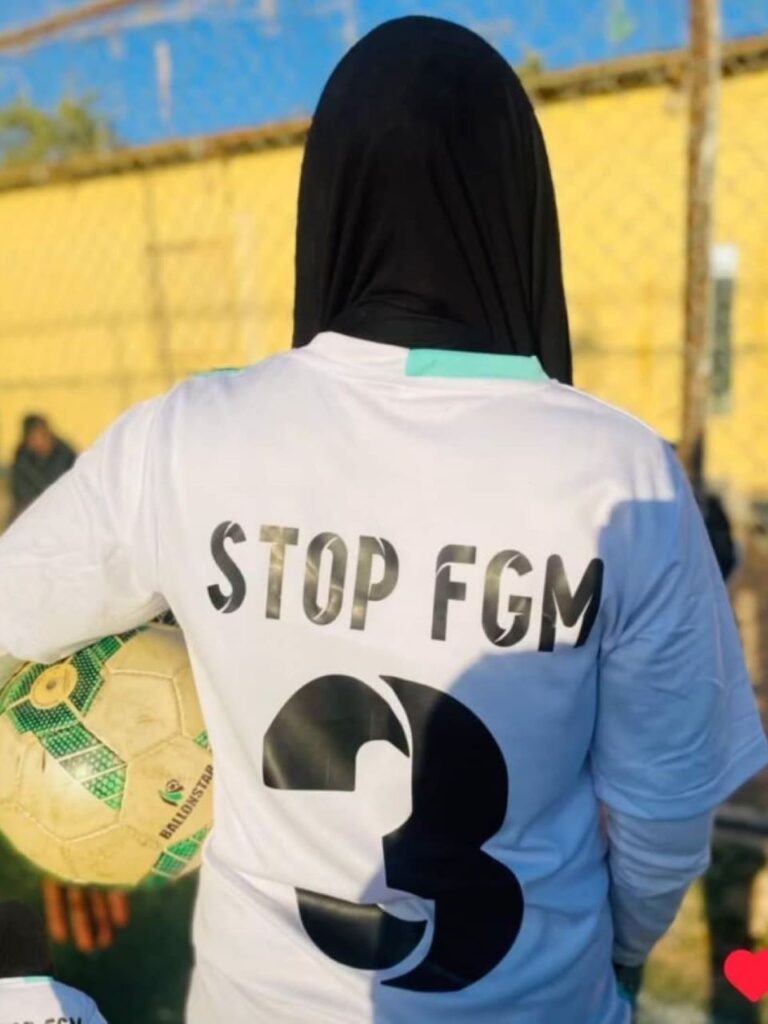
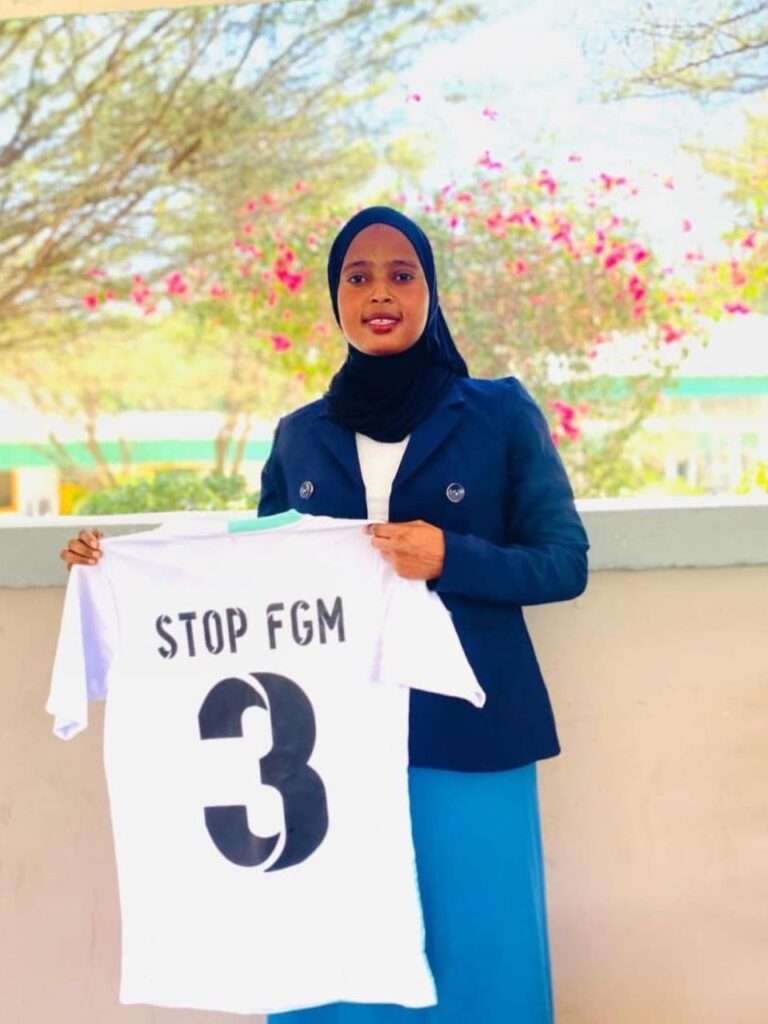
Society has long ignored the pain and suffering it causes. When I approach women, I ask about their views on the practice, helping them feel safe to express their thoughts without judgment. As a nurse, I emphasize that we have all experienced the same pain and my goal is to support them. I am determined to stand with my sisters in the fight for bodily autonomy. As I speak with them, I explain the devastating consequences of female genital mutilation, emphasizing that many girls die during the process and that it has nothing to do with health or medicine but rather control over our bodies.
Despite living in a country with access to healthcare, these harmful practices persist, haunting us. After hearing this, many women react with shock and become speechless. Some mothers break down in tears, overwhelmed with regret for what they unknowingly perpetuated. Many others disagree with my activism, insisting I should stay silent, viewing it as a personal issue. Yet, I often meet women ready to fight, despite their fear.
The battle to end female genital mutilation
Playing soccer helped me connect with many people who support my efforts. I wear a jersey which says “STOP FGM” on the back. At games, I sometimes hear chants of “Hanni FGM! Stop FGM!” This humbles me deeply. Wearing this message feels important.
It represents our ongoing struggle, something we confront every day. We need to build a future where peace and security prevail, free from the pain and ignorance perpetuated by female genital mutilation. My goal remains clear: to end this practice and raise awareness about its harmful effects. I want to expose its lack of connection to health despite long-standing justifications.
Every day, girls suffer in silence or die from this procedure. I speak out against this daily, urging mothers to protect their daughters. I believe in the power of our collective voices to end this horror once and for all. The voice of every survivor can become a powerful call to action. Our lives contribute to the global fight to end female genital mutilation. I am committed to battling for life




